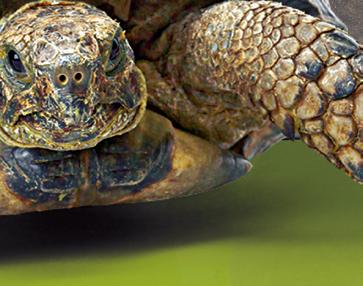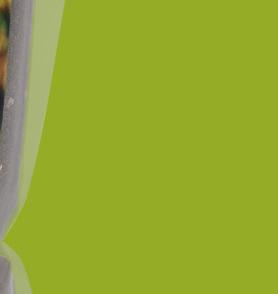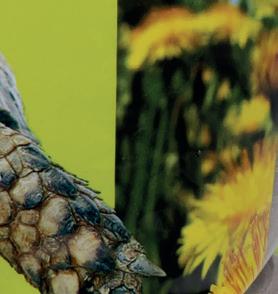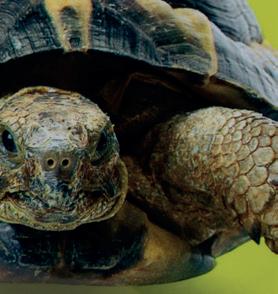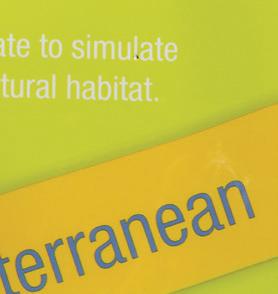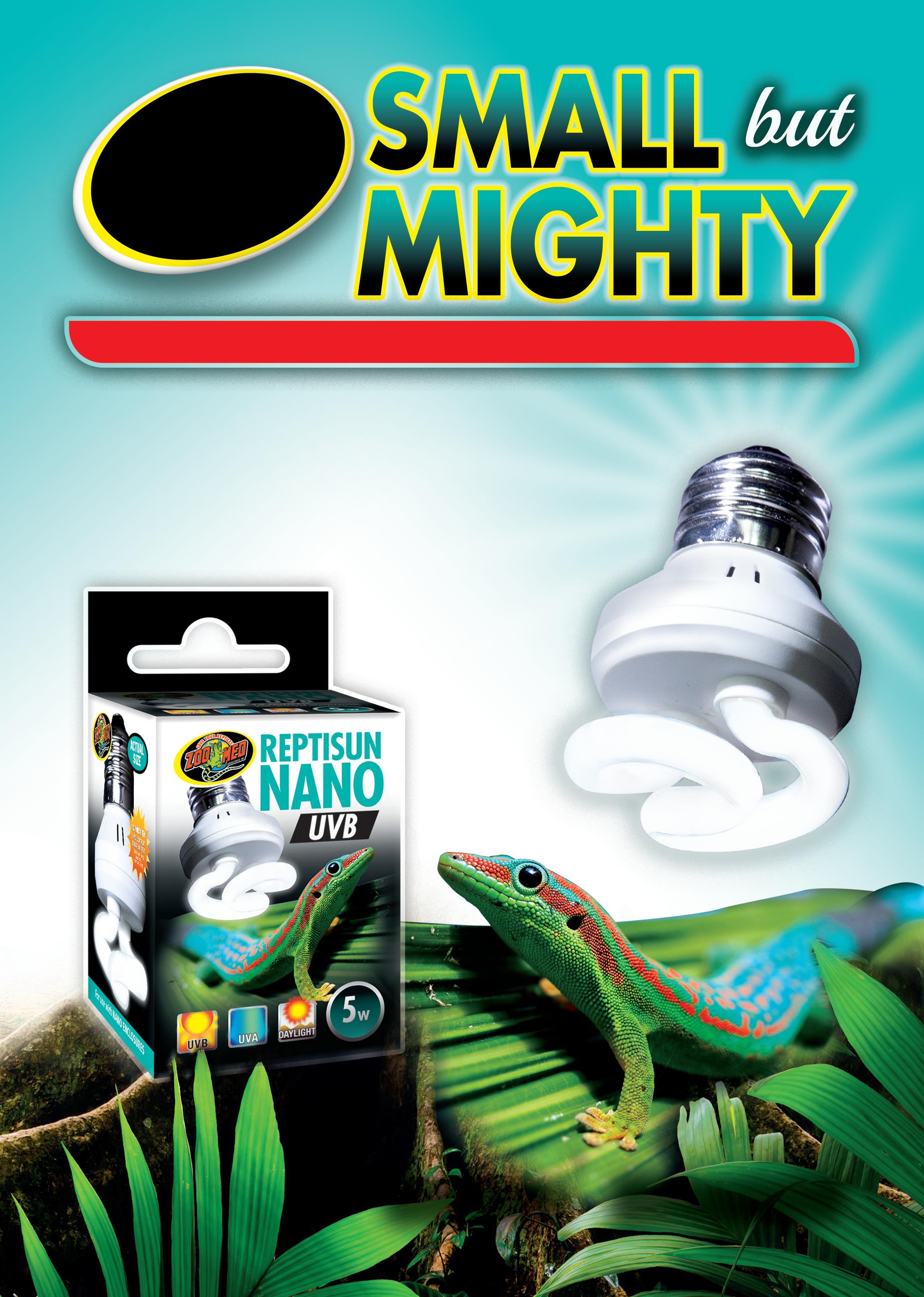In this month... in the anemone with a clownfish; is there more to meerkats; the beauty of the emerald tree boa and much more.
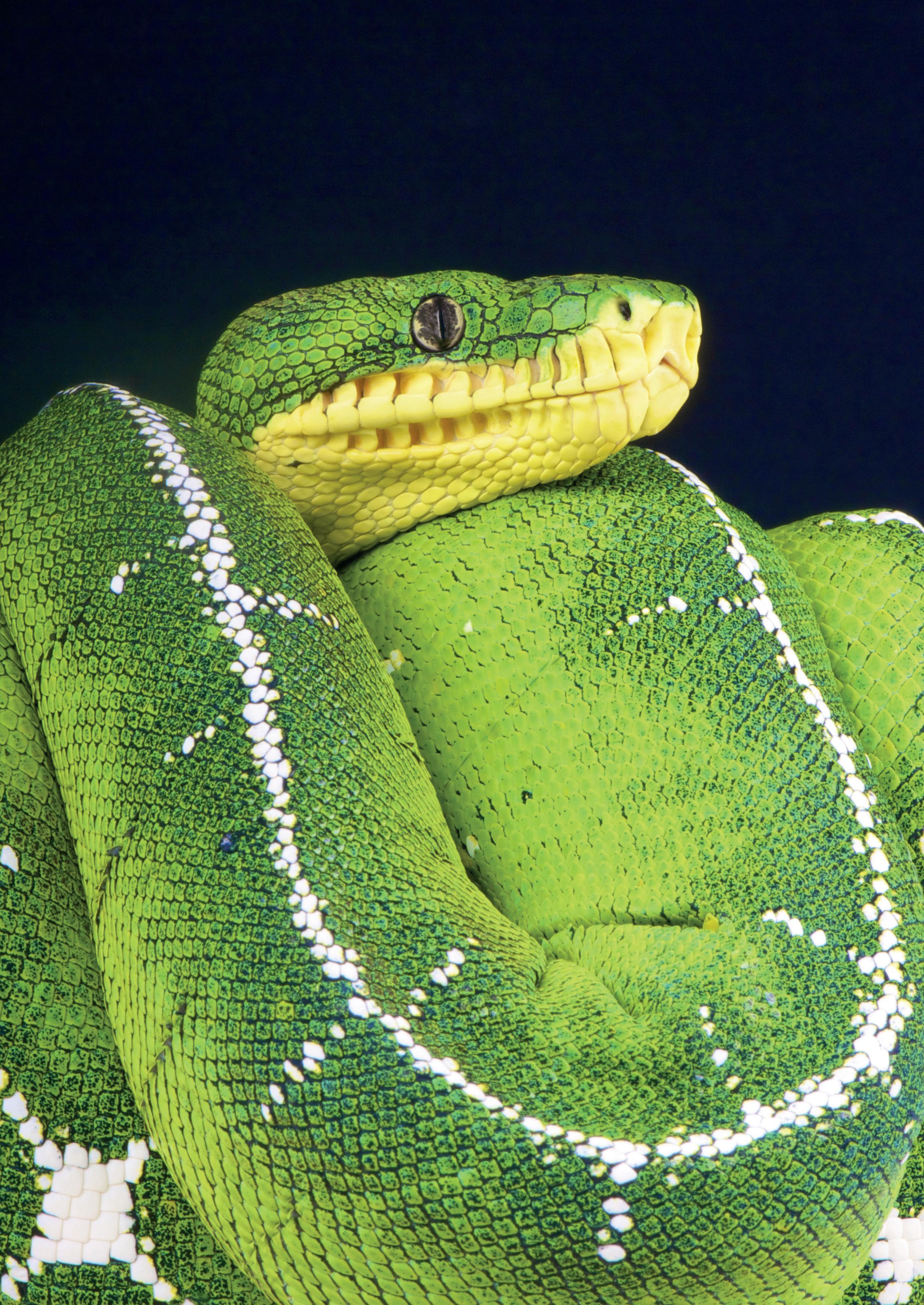
£2.99 www.exoticskeeper.com FEBRUARY 2021
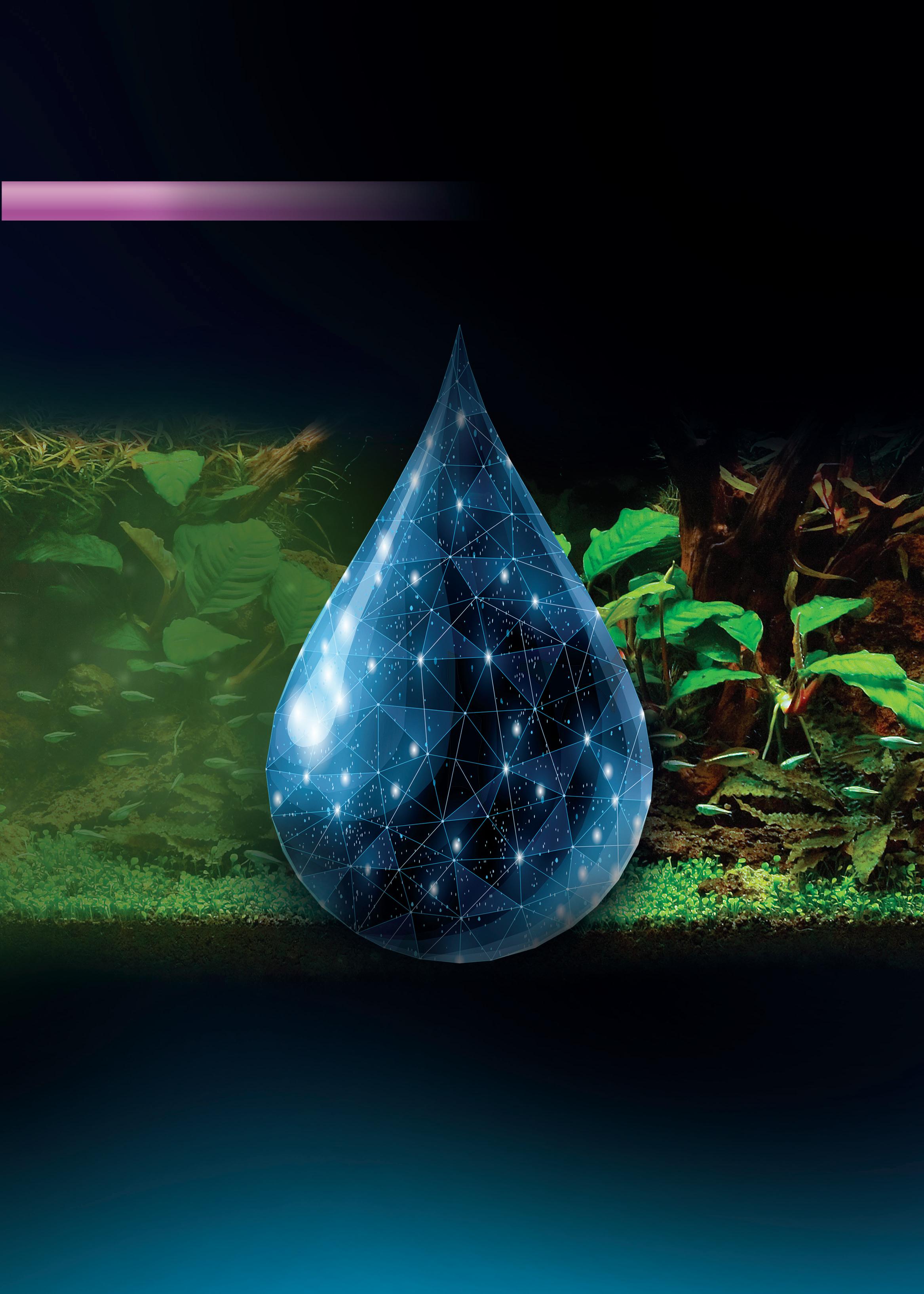



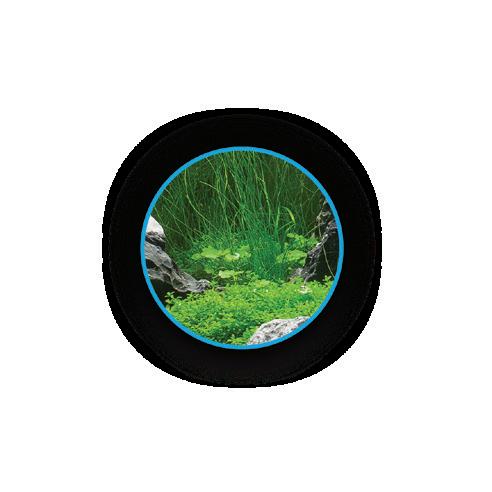

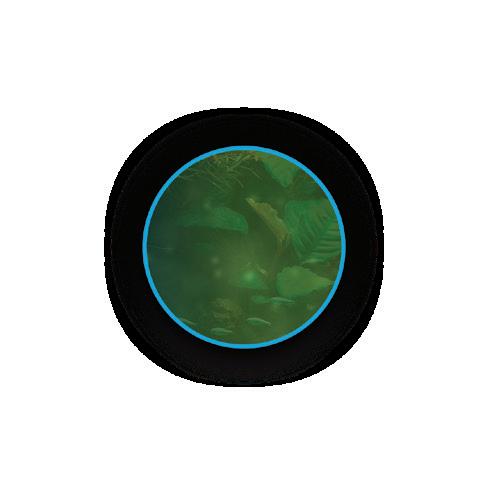



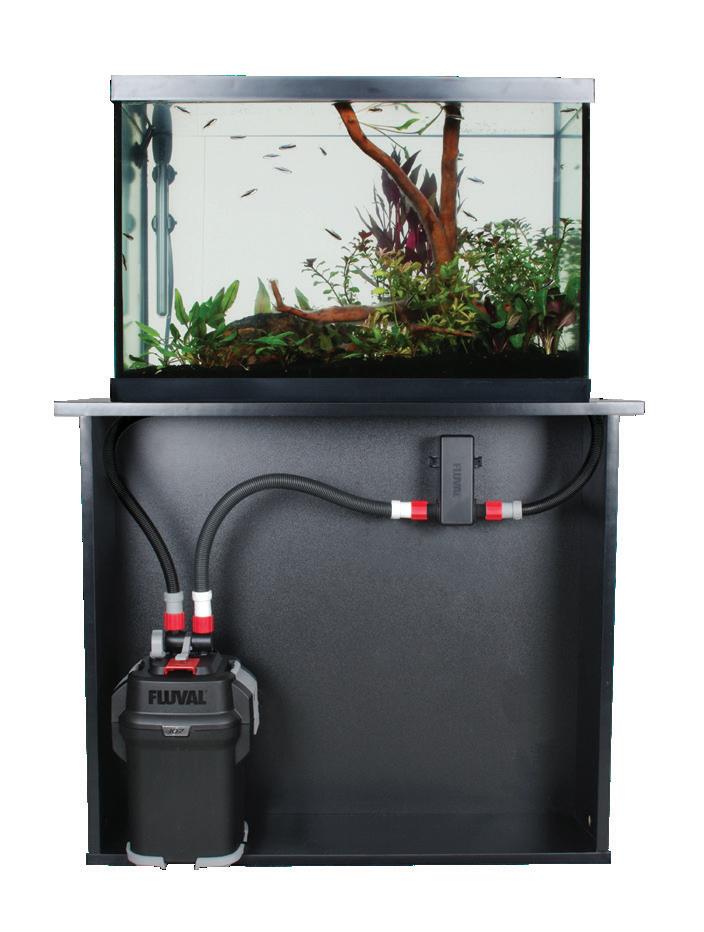
ULTRAVIOLET PURIFYING LIGHT CLARIFIER UVC IN-LINE THE SCIENCE OF CLEAR WATER MADE EASY SCAN TO WATCH VIDEO Banish green and cloudy water for good! Quickly and easily connected to most canister filter setups, the Fluval UVC In-Line Clarifier safely eliminates suspended bacteria & algae with the power of UVC light, for a consistently crystal clear and healthy aquarium. HELPS MAINTAIN A CLEAR & HEALTHY ENVIRONMENT A chemical-free and maintenance-free way to purify water PREVENTS CLOUDY & GREEN WATER Eradicates suspended bacteria and algae in the water column that contribute to cloudy and green water, respectively REDUCES MAINTENANCE • Limits chance of cloudy or green water outbreaks that can lead to other issues • Requires ZERO upkeep once installed HELPS KEEP LIVE PLANTS HEALTHY Helps prevent the growth of cyanobacteria, which often smothers and destroys aquatic plants FOR USE IN ALL AQUARIUMS Freshwater, saltwater and even turtle aquariums where algae is often present FRESH OR SALT EASY TO INSTALL TO ANY CANISTER FILTER* *Canister filter hosing with an internal diameter of 16mm (5/8 )
DESIGN: Scott Giarnese, Amy Stonesmith


As we look forward to a brighter future with a national Covid-19 vaccine roll-out, I would like us to remember the dire need to assist our zoos right now. With much of the country in lockdown, zoos are unable to open their doors and raise much needed money to help feed their animals.
We have a useful post on our website featuring a list of zoos who need your support and how you can help them. Please do check it out and show your support by sharing the message on your social media pages.

On a more positive note, I was thrilled to have had the opportunity to chat with Dr Suzanne Mills, who has spent the last 10 year in French Polynesia researching clownfish and dedicated her life to marine biology. I hope you enjoy learning about her fascinating research too.
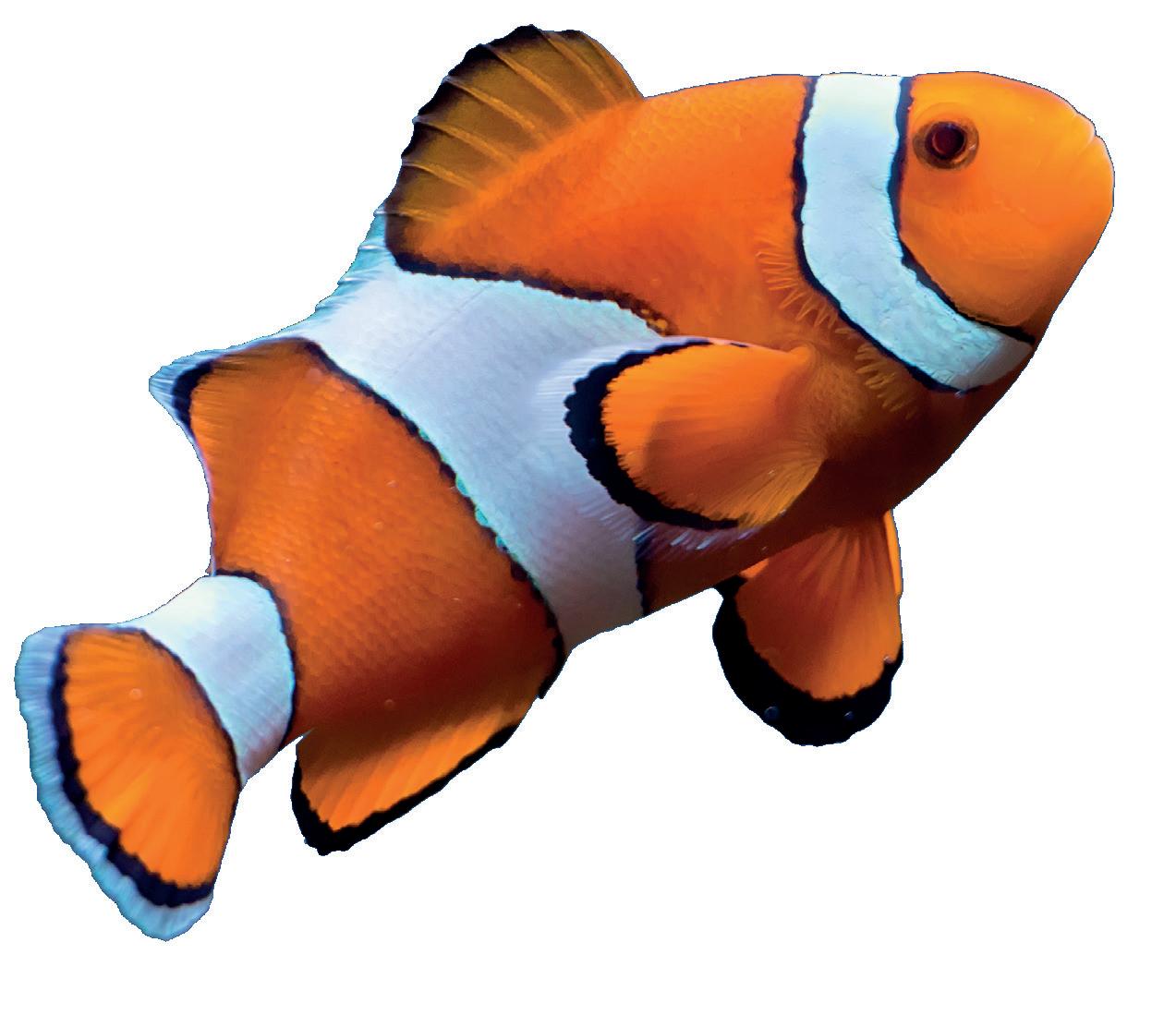
We also catch up with Sean Collinson and Brian Stevens on emerald tree boas, and discover more about meerkats in captivity.
I hope you enjoy this month’s magazine as much as the team and I had in putting it together!
Craig Thornton

Contact us EDITORIAL ENQUIRIES editor@exoticskeeper.com SYNDICATION & PERMISSIONS craig@exoticskeeper.com ADVERTISING advertising@exoticskeeper.com About us MAGAZINE PUBLISHED BY Peregrine Livefoods Ltd Rolls Farm Barns Hastingwood Road Essex CM5 0EN Print ISSN:
Digital
2634-4674
ISSN: 2634-4688
Subscriptions . . . . . . . . . . . . . . . . . . . . . . . . . FOLLOW US Every effort is made to ensure the material published in EK Magazine is reliable and accurate. However, the publisher can accept no responsibility for the claims made by advertisers, manufacturers or contributors. Readers are advised to check any claims themselves before acting on this advice. Copyright belongs to the publishers and no part of the magazine can be reproduced without written permission.
Front cover: Emerald Tree Boa (Corallus caninus)
Right: Ocellaris clownfish (Amphiprion ocellaris)
GREY RANGE
The UK’s favourite vivariums, now in cool grey!


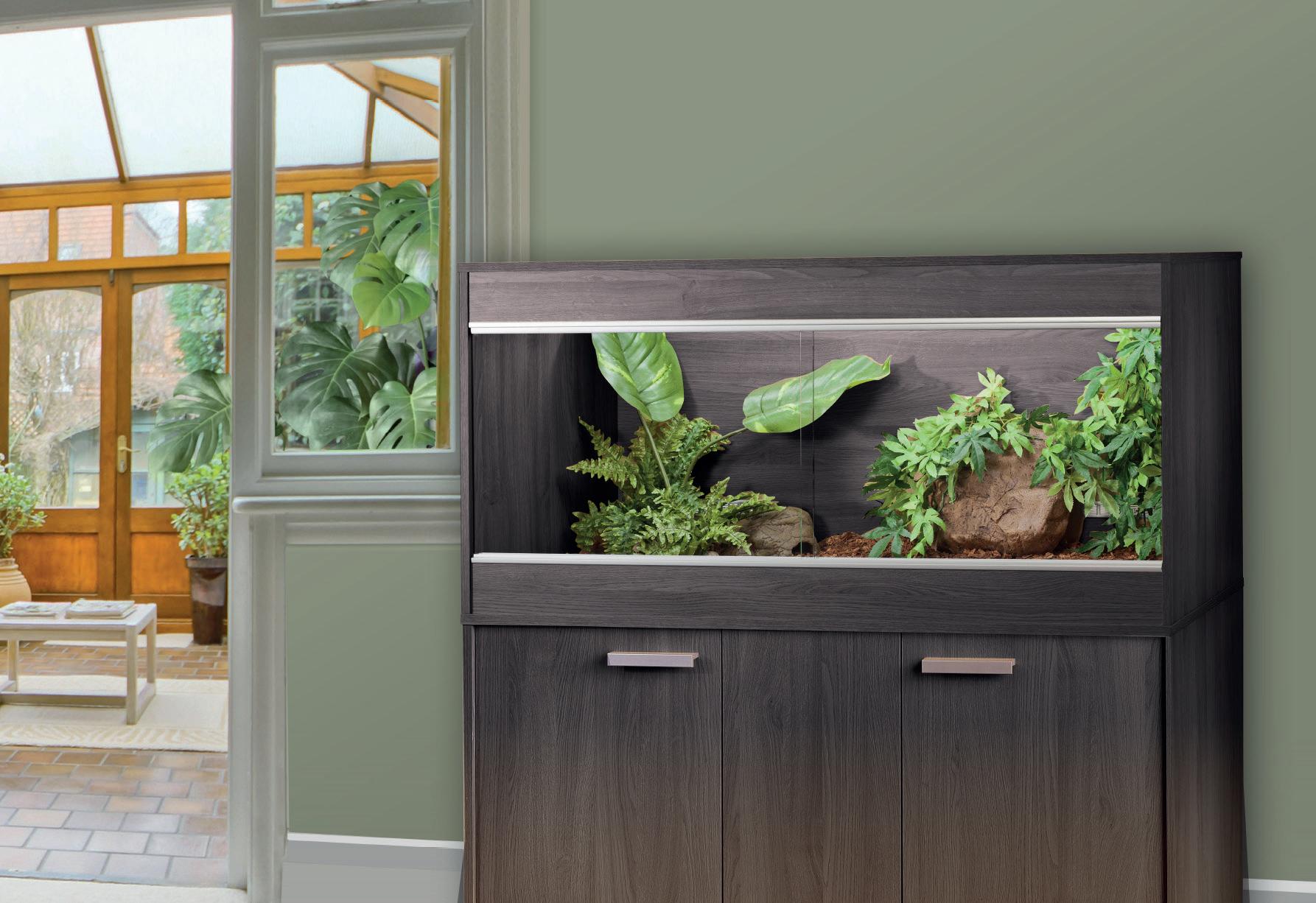
Vivexotic is renowned for its quality, great value and useful features and now the ever popular Repti Home range is available in a cool grey finish! Bored with oak? Does walnut clash with your decor? Match your viv to your living space with the new Repti Home grey range, available from good reptile stockists nationwide.
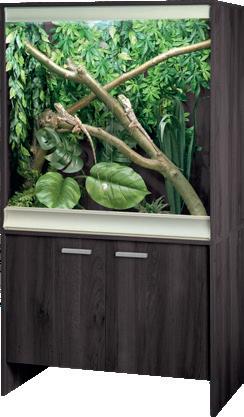

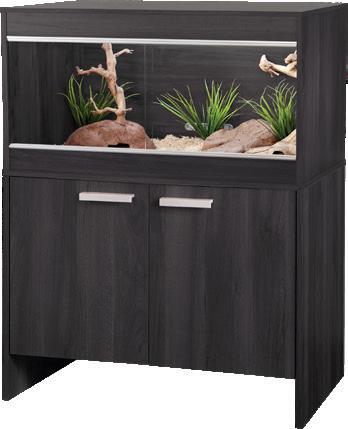
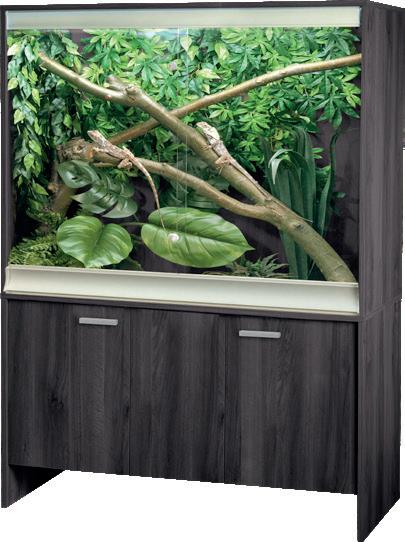
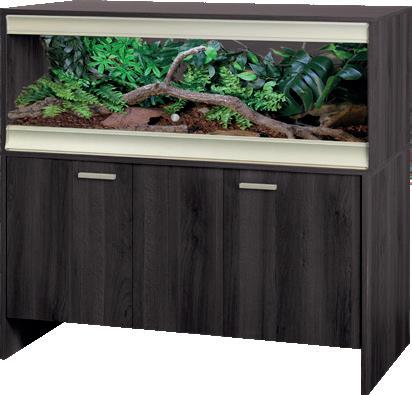
NEW
All Vivexotic products are proudly made in the UK MANUFACTURED IN THE UK
02 06 16 18
02 EXOTICS NEWS
The latest from the world of exotic pet keeping.
06
FINDING THE REAL NEMO

We speak with Dr Suzanne Mills about one of the world’s most recognisable marine fish.
16 ANIMAL FACTS
Did you know...?
18
32 34
MEERKAT MISCHIEF
They’re cute, they’re clever, and they hang around in gangs. We speak with keepers to find out what makes these pets so popular.
32
SPECIES SPOTLIGHT
Focus on the wonderful world of exotic pets.


This month it’s the Collared Lizard (Crotaphytus collaris).

34
JUNGLE JEWELS
Get up close with the beautiful Emerald tree boas, Corallus batesii and Corallus caninus.

42
EXPERT OPINION
We take a closer look at the dangers of impaction and what you can do to avoid it.

EXOTICS NEWS
The latest from the world of exotic pet keeping
Despite an uncertain year, Natural History Museum scientists have described 503 new species to science.
This year has seen much activity at the Museum slow down and some of it come to a halt,as the Museum closed its doors to the public for the longest time since the Second World War. But through all this, researchers and scientists have been continuing their crucial work when and where they can.
Over the last 12 months, many have continued working and publishing with Museum scientists - including researchers, curators and scientific
associates - managing to describe 503 new species. From almost all kingdoms of life, ranging from lichen, wasps, barnacles, to minerals, miniature tarantulas and a monkey.
The highlight this year is a new species of monkey found living on the side of an extinct volcano in Myanmar, which was identified using skins and bones that have been in the Museum’s collection for over 100 years. It was named the Popa langur ( Trachypithecus popa ) after

the mountain on which it is found and sadly already considered to be critically endangered with only 200260 individuals left in the wild.
“We hope that the naming of the species will help in its conservation,” says Roberto Portela Miguez, the Senior Curator in Charge of Mammals at the Museum who helped describe the new species. It has been another good year for the reptiles and amphibians, with a crested lizard from Borneo, two new
2 Exotics news FEBRUARY 2021
- Credit - Natural History Museum / Thaung Win
Popa langur Trachypithecus popa
species of frog and an impressive nine new snakes, including a beautiful viper.



One new species, a parasitic worm Pseudoacanthocephalus goodmani , had a slightly unusual route to discovery. It was found in the faecal pellets of a guttural toad, after this rather unlucky amphibian made the accidental journey from its native Mauritius to the suburbs of Cambridge in the luggage of a tourist, topped off by surviving a cycle in a washing machine before being noticed.
Ken Norris Head of Life Sciences concludes, “With the world changing at an astonishing pace through climate and land use change as well as other numerous pressures on the natural world, it has never been more important to record life on our planet.”
“To protect and preserve life on our planet we need to document and understand it. Thanks to the astonishing effort of the Museum’s researchers during this difficult past year, we now know just that little bit more.”
An unusual weather forecast for Christmas day – Chilly, with the chance of falling iguanas!
Temperatures in Florida on Christmas day dropped to a 21-year low, with temperatures reported to be as low as 1 degree Celsius. It was widely reported that residents should be on the lookout for iguanas that had fallen from trees.
While uncommon, these short snaps of cold don’t usually cause any lasting harm. Local residents were asked to be cautious and avoid mistakenly thinking they had died.

Exotics news 3 FEBRUARY 2021
Credit - Joe Cavaretta
Credit - Natural History Museum / S.R. Chandramouli et al. 2020
Green pit viper Trimeresurus davidi
Rare Eastern black rhino birth at Chester Zoo

The female calf was safely delivered by new mum Ema Elsa following a 15-monthlong pregnancy.
The birth was caught on the zoo’s CCTV cameras and shows the little one up on her feet and suckling from mum just 10 minutes later.
Conservationists at the zoo say the arrival of the calf – an eastern black rhino – will be ‘celebrated globally’ as fewer than 1,000 now remain on the planet.
The population of eastern black rhinos in zoos across Europe is vital to the longterm future of the species, with several rhinos born as a result of the carefully coordinated breeding programme between European zoos having been introduced to Africa to boost wild populations.
ON THE WEB
Each month we highlight a favourite website or social media page.
THIS MONTH IT’S WILD ENRICHMENT
The Wild Enrichment Facebook page provides resources and information that will benefit animal care to keepers.
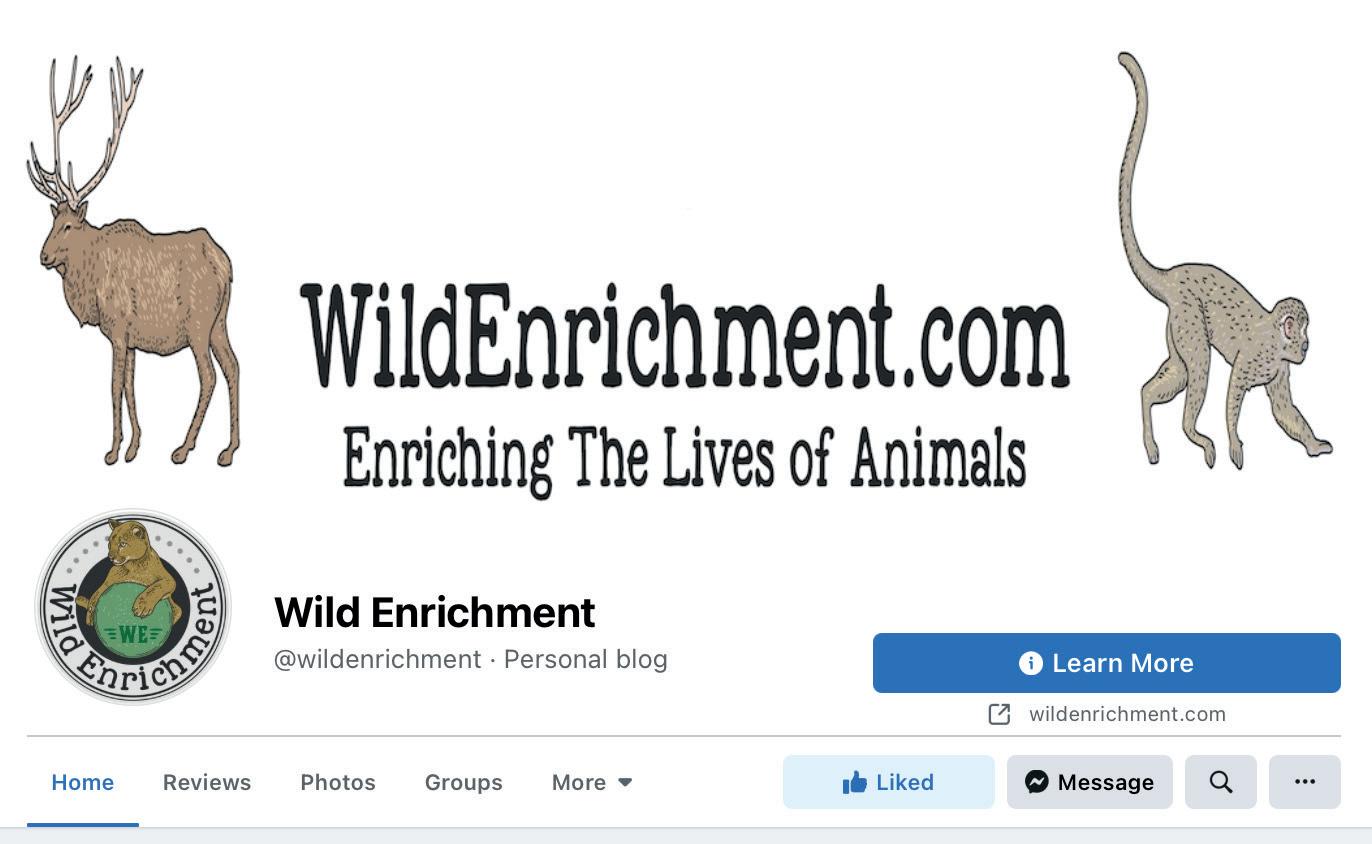
Check out this great page to see how you can provide enrichment for your animals.
www.facebook.com/wildenrichment

4 Exotics news FEBRUARY 2021
Websites | Social media | Published research
Credit - Chester Zoo
Flood Spot







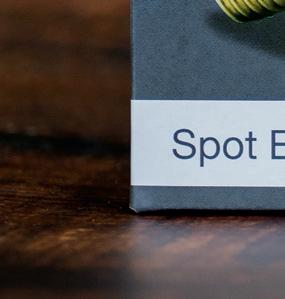

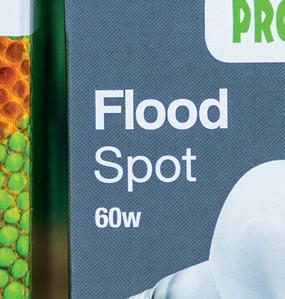
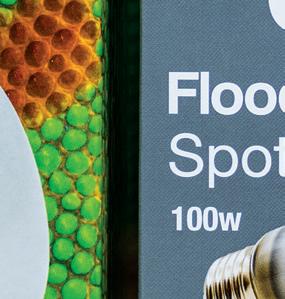





These frosted and diffused lamps provide an even distribution of heat and light to create a wider ‘flood’ basking area and complement the existing range of ProRep spot bulbs.







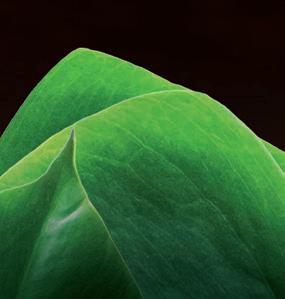

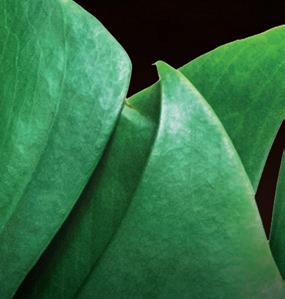
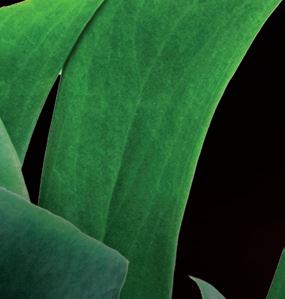

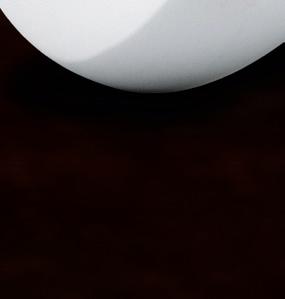

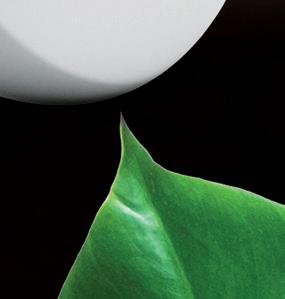

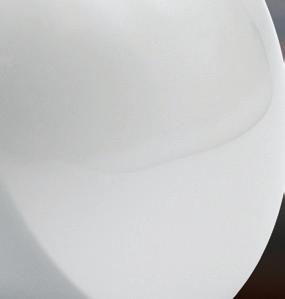
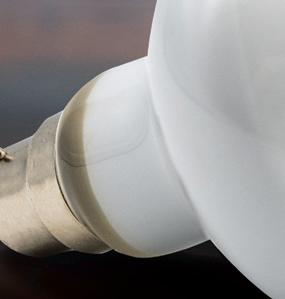
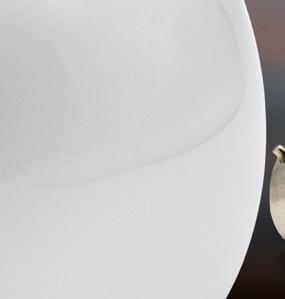

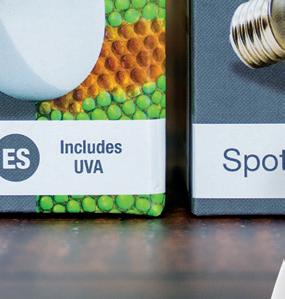
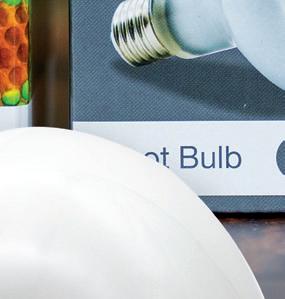
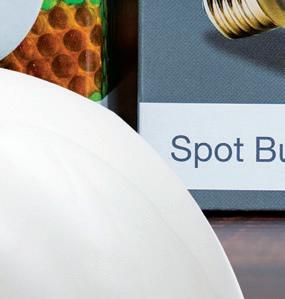

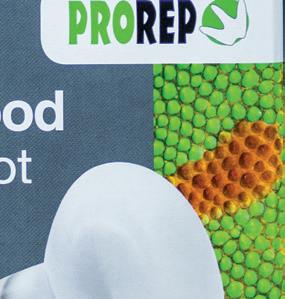
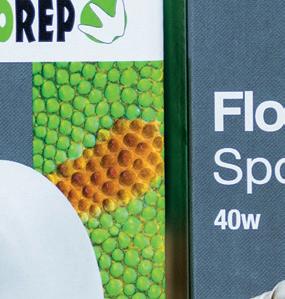

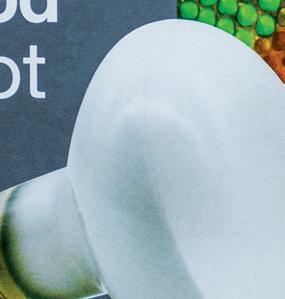
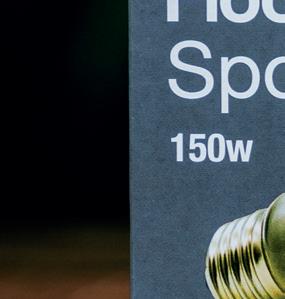
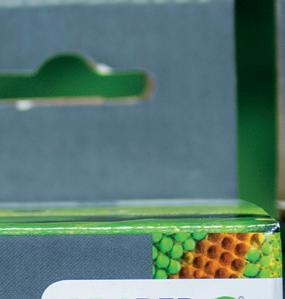
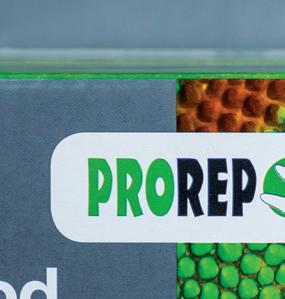
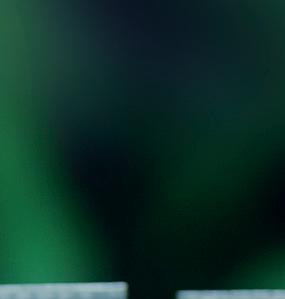
Available in 25w, 40w, 60w, 100w & 150w sizes, in both BC & ES fittings.
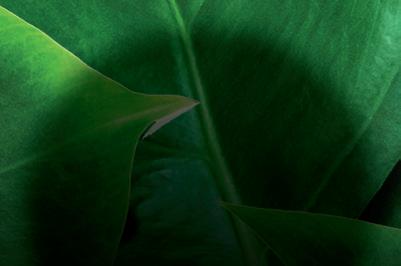
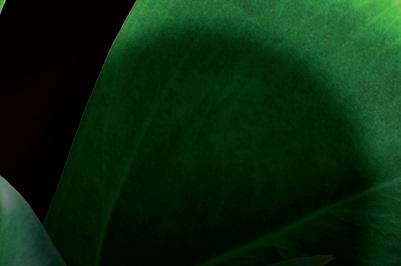













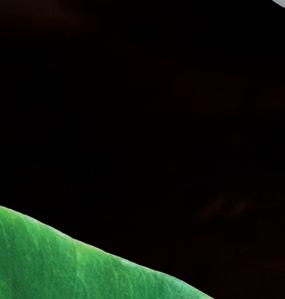
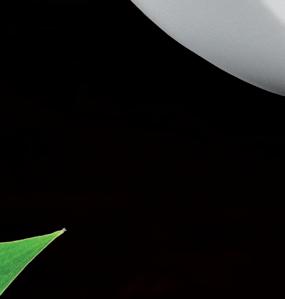
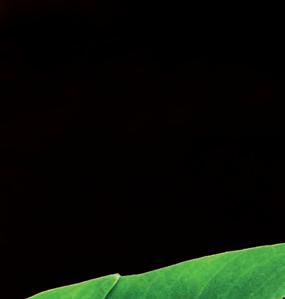


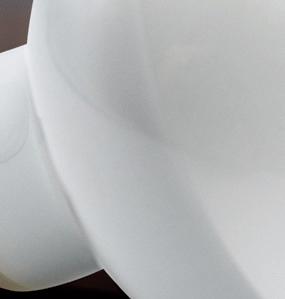

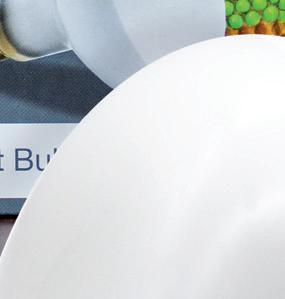
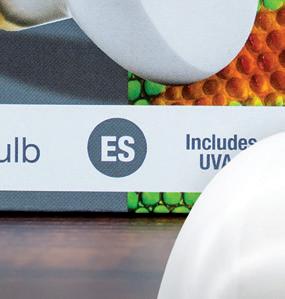


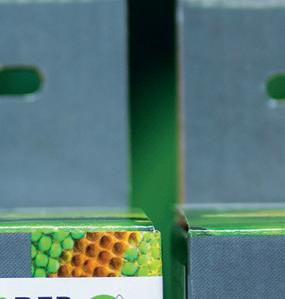
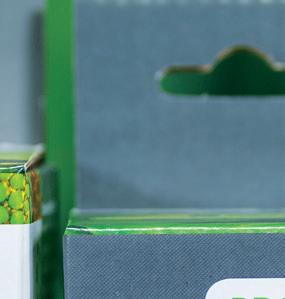
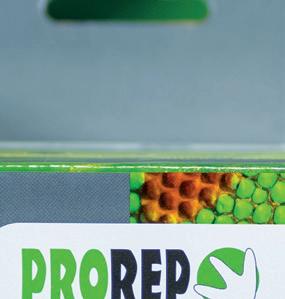
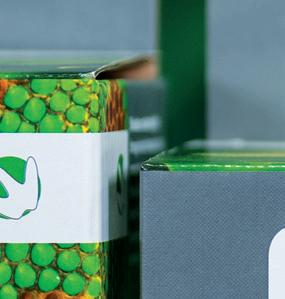
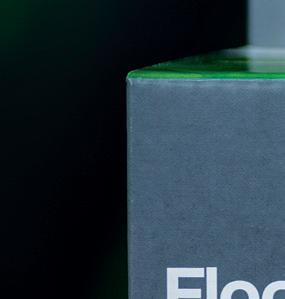

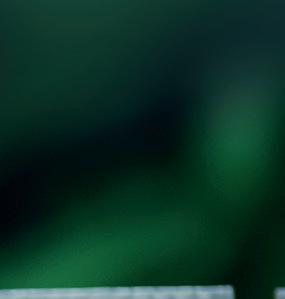
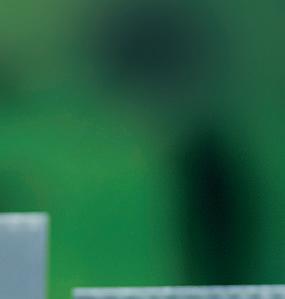
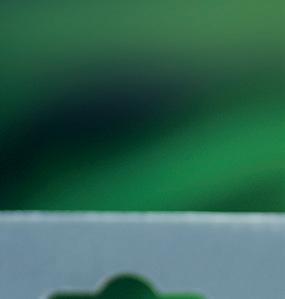

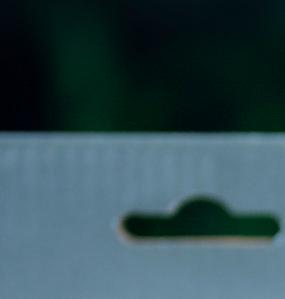





























FEBRUARY 2021
NEW
FINDING THE REAL NEMO
Clownfish are one of the most recognisable marine fish on the planet. However, there’s plenty to learn about these fascinating fish. Evolutionary biologist working on clownfish Dr Suzanne Mills from EHE - PSL University Paris, at CRIOBE, gives us ten things you probably didn’t know about Nemo.
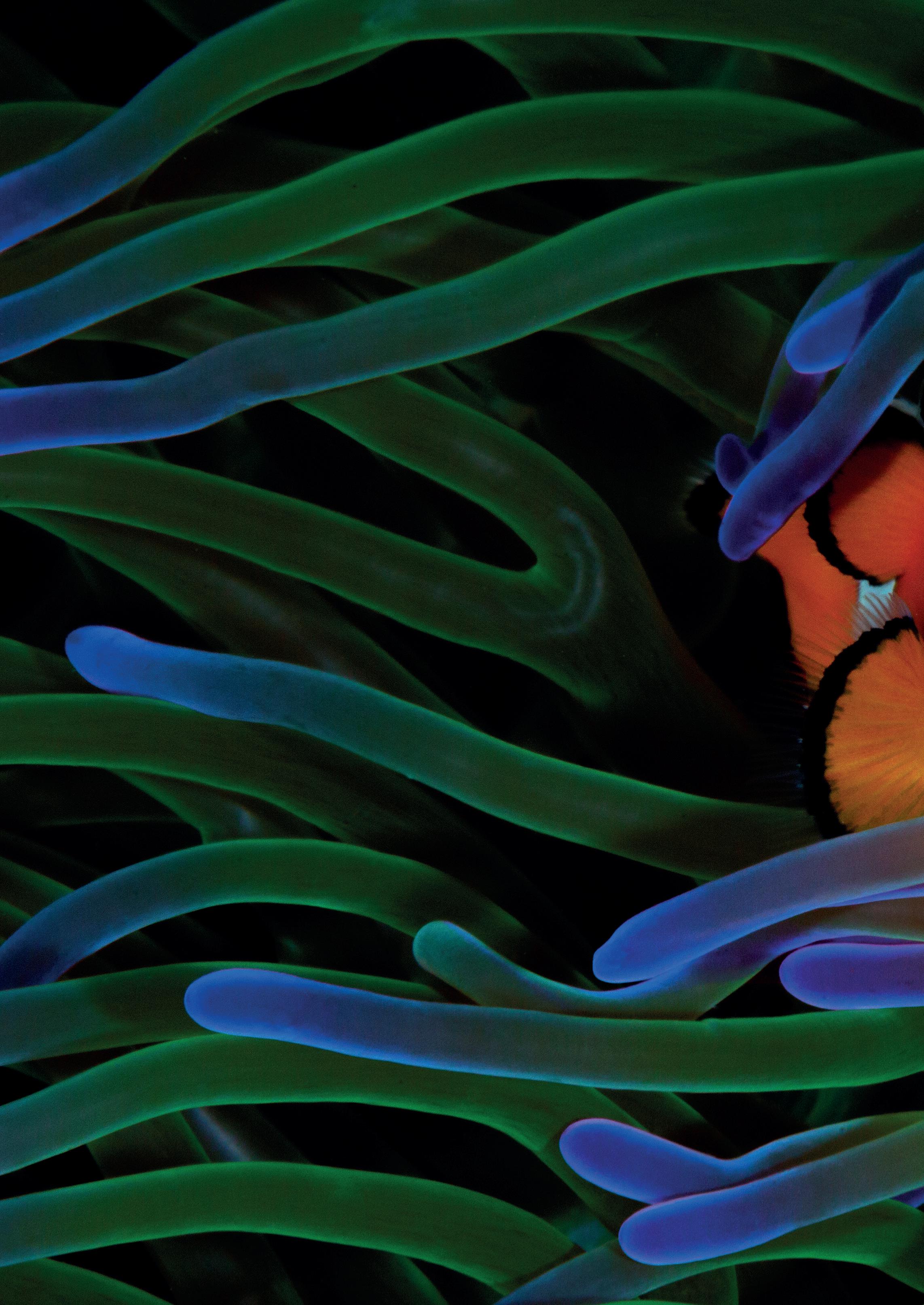
6
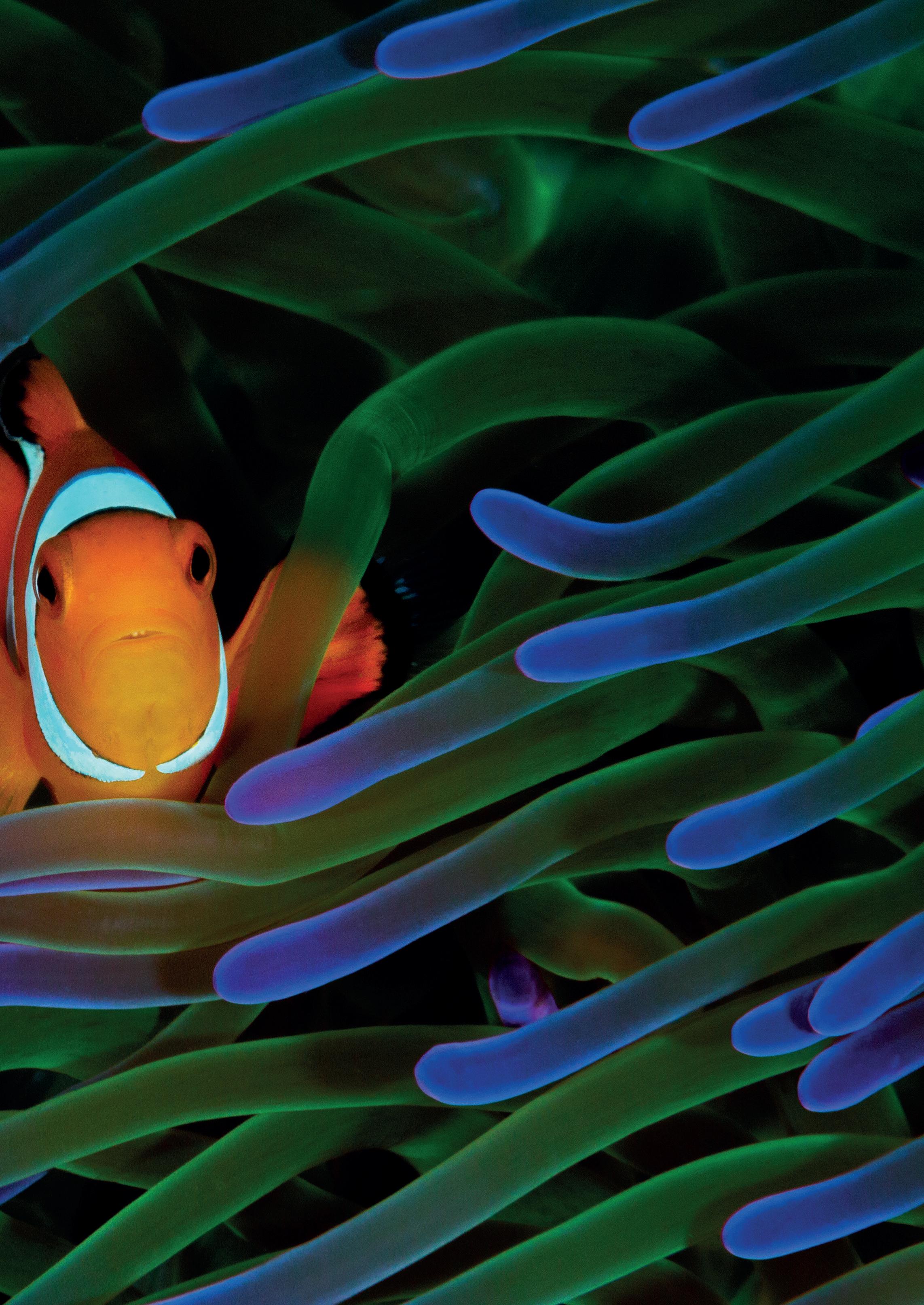
7
Ocellaris clownfish (Amphiprion ocellaris)
Finding Nemo. With millions of people keeping marine fish around the world, we catch up with marine biologist Dr Suzanne Mills to find out what Nemo is really like.
Clownfish are highly territorial
One of the main reasons Dr Mills decided to work with clownfish is because they’re relatively easy to find. “Before working with clownfish I studied a few different animals, such as bank voles (Myodes glareolus) in Finland and side blotched lizards (Uta stansburiana) in California. Both these animals had a defined home range which made finding and studying the same individuals relatively easy — you pretty much know where to find them. Studying fish in the South Pacific was going to be much harder because most fish species move over greater distances. Thankfully, clownfish make their home hiding within a particular anemone and remain there their whole life. So when you need to find a particular fish, you know exactly where to look.”
THE EXPERT
Following a PhD at University of East Anglia in Norwich, England Dr Suzanne Mills has spent over 20 years researching biology in numerous parts of the world. After her post-doc in Finland and California, and spending time working in the scattered islands around Madagascar Dr Mills has spent the last 10 years in the French Polynesian island of Moorea where she now is based.
Some clownfish don’t look like Nemo
There are around 30 different species of clownfish, or anemonefishes, many of which look rather different to the ones we usually see in the media.
For the record, Nemo was a common clownfish (Amphiprion ocellaris) which is the most well-known of all the species.
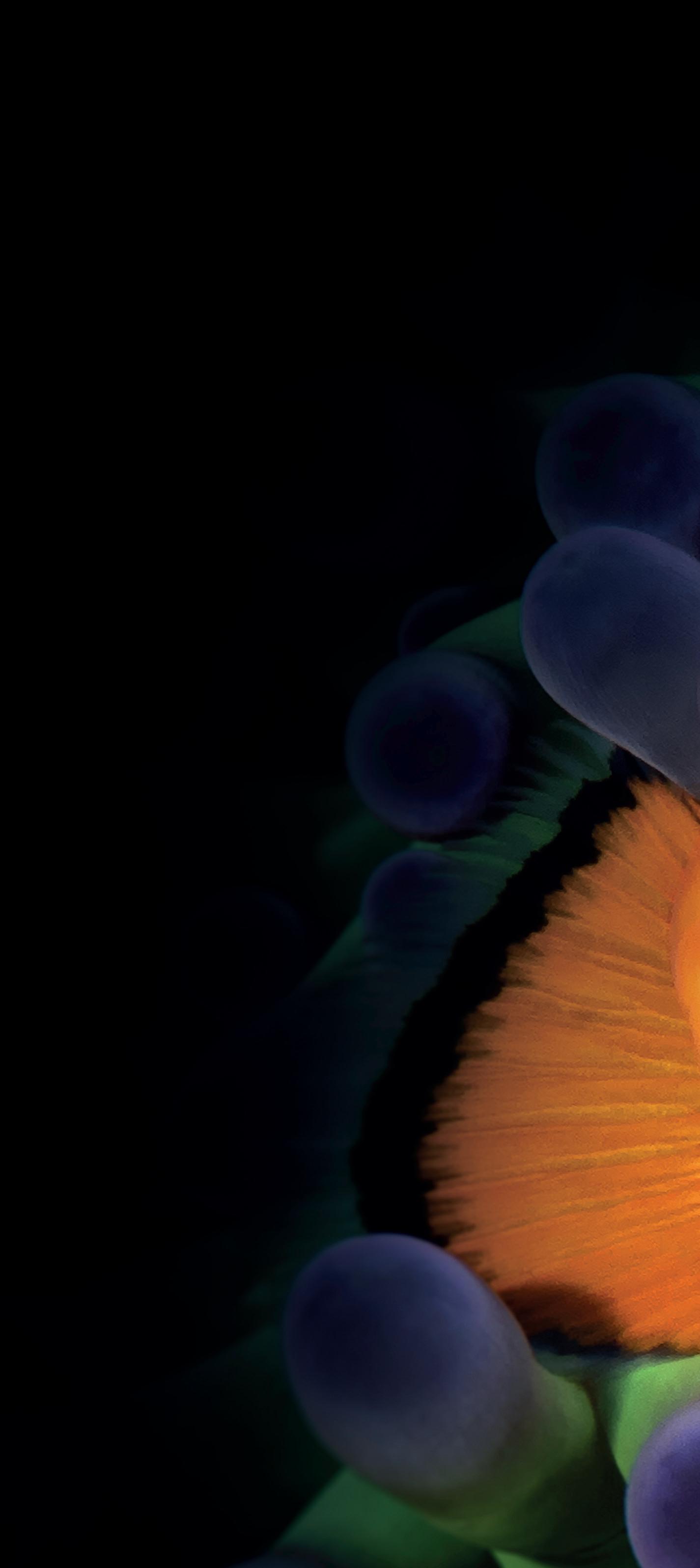
Male clownfish turn into females if they lose their mate
In the film, Nemo’s mother is eaten by a barracuda, leaving Nemo’s father to care for him. In real life with the female gone, it is likely that Nemo’s father would have changed sexes to become a fierce, protective female, at the same time the largest immature subadult would become a mature male and later they would mate with each other and Nemo’s exfather would lay eggs. The sex-change process takes a few weeks and makes lots of sense if you know how clownfish live. Female clownfish are larger and more aggressive and protective over their anemone than the males.
Some clownfish are natural stress-heads
Measuring the stress hormone cortisol, Dr Mills found that, when subjected to stressful stimuli, some clownfish remained relatively calm, whereas others were significantly more stressed. “This was a consistent response by the same individuals. Whichever stress stimulus we used, the same individuals became stressed every time, while others remained calm every time.”
The stresses Dr Mills used were those which would be routinely inflicted by humans, such as boat noise or artificial night time lighting, as well as anemone bleaching caused by climate change, with the experiments being conducted in wild environments — specifically the lagoon in French Polynesia where Dr Mills works. “So the question is, will this high stress response
The world fell in love with clownfish following the release of Disney’s feel-good animation movie
8
Finding the real Nemo
help the clownfish cope with environmental change?” said Dr Mills. “Trials conducted in the wild are more authentic and accurate than those done in aquaria as you are including so many wild variables such as predation, competition and the availability of hides and refuges.”
Dr Mills also makes the point that stress is not entirely a bad thing as all animals need to react accordingly in response to stress. Having a big stress response can often be a benefit as the ability to cope with stress and respond in a suitable manner can increase the animal’s chances of survival and the likelihood that an animal can successfully mate.
Wild clownfish babies disappear for two weeks
After breeding, clownfish parents lay their eggs under the relative safety of their anemone’s tentacles and protect them from predation, remove algae and fan them to provide oxygen for six or seven days before they hatch. The young, just a couple of millimetres long at this point, then
disappear out into the ocean for two weeks, with many returning to settle near to where they were born, but not in the same anemone.
Research by Dr Mills’ husband Dr Ricardo Beldade into clownfish communities in Moorea, French Polynesia, found that only about one-third of the fish which make a home on any specific reef came from parents who lived there too. The remaining twothirds of the fish that live on the reef were born much further afield.
Research found that clownfish mothers with a low stress response produce relatively small babies whereas those with a high stress response produce relatively large young. Initially it was thought the larger babies were stronger and able to swim further distances to find new habitats, while smaller offspring stayed local. However, it appears to be the larger young that stay local because they are stronger and more able to resist the currents which might carry them further afield. Instead of being swept away, the stronger babies can return home to the same island and set up home there.
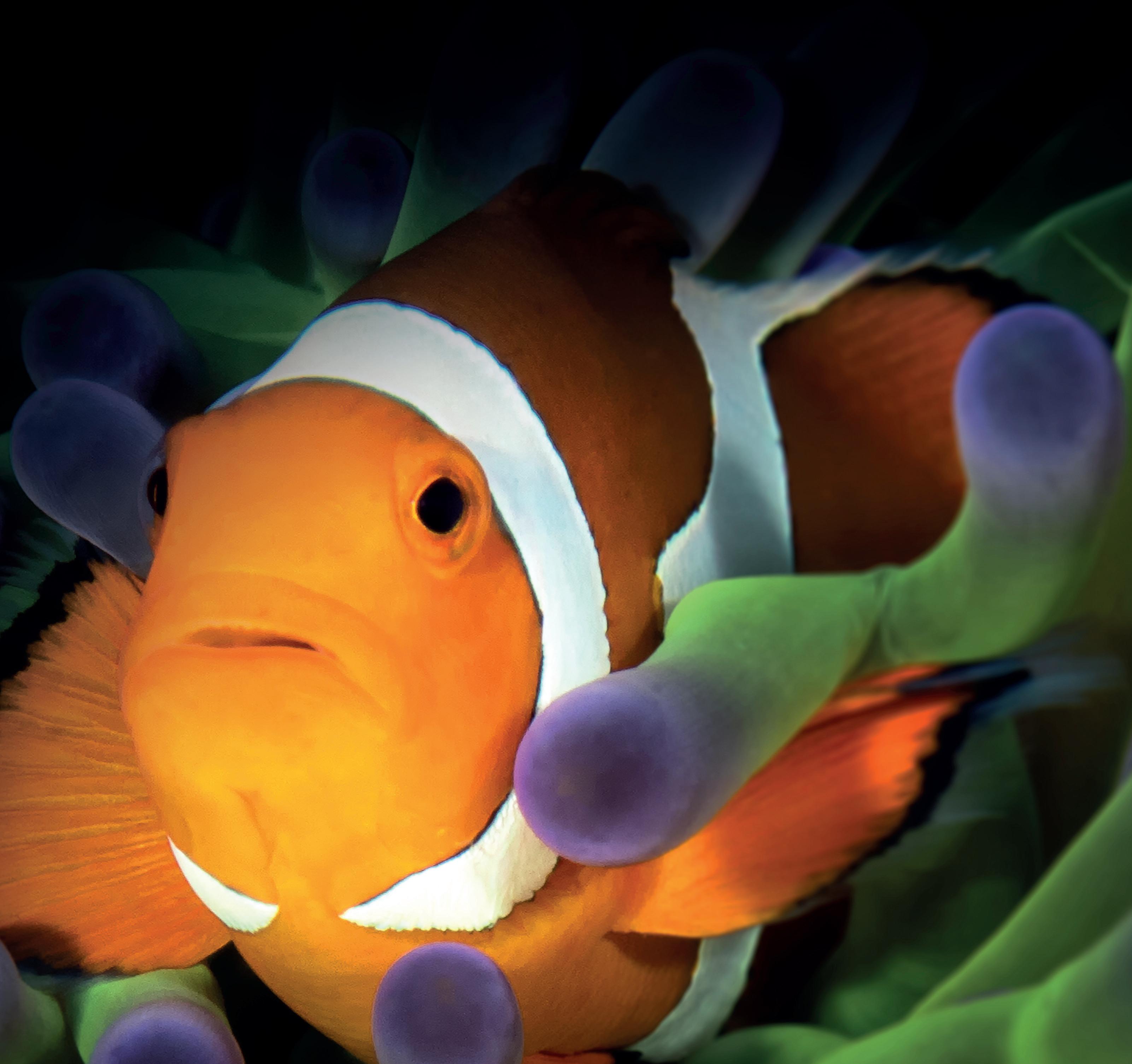
Finding the real
9
Nemo
Captive-bred clownfish eggs are tougher than wild clownfish eggs
Captive clownfish eggs hatched in laboratory aquariums will usually have a near 100% hatch rate, but wild eggs harvested to be hatched in labs have a far lower success. This is likely because captive populations have been selectively bred to be suitable for aquarium life, with those that do well being chosen as breeding stock.
However, human experience plays a huge role too.
“As scientists we had to admit that we were pretty useless at hatching clownfish eggs in captivity,” said Dr Mills, “so we eventually recruited an aquarist lab technician, Till Deuss who had the right experience. He was amazing! Within two months he’d improved our hatch rate enormously, but even he said the clownfish species we work with is one of the most difficult he’s ever had to rear. It just goes to show that aquarium specialists and their knowledge are invaluable to science.”
Clownfish and anemones protect one another
Clownfish and anemones each benefit from the symbiotic relationship. Clownfish will attack much larger animals which get too close and have been observed biting at the eyes of turtles, attacking sharks and even lunging at the masks of human divers. In return for patrolling their patch the clownfish can happily live among the stinging tentacles of the anemone, shielded by a mucus membrane which protects them from the anemone’s poison.
SHRIMP FRIENDS
While clownfish have been observed attacking much larger animals that come near, Dr Mills has never seen them attack the various species of shrimp which live alongside the clownfish and share the same habitats.
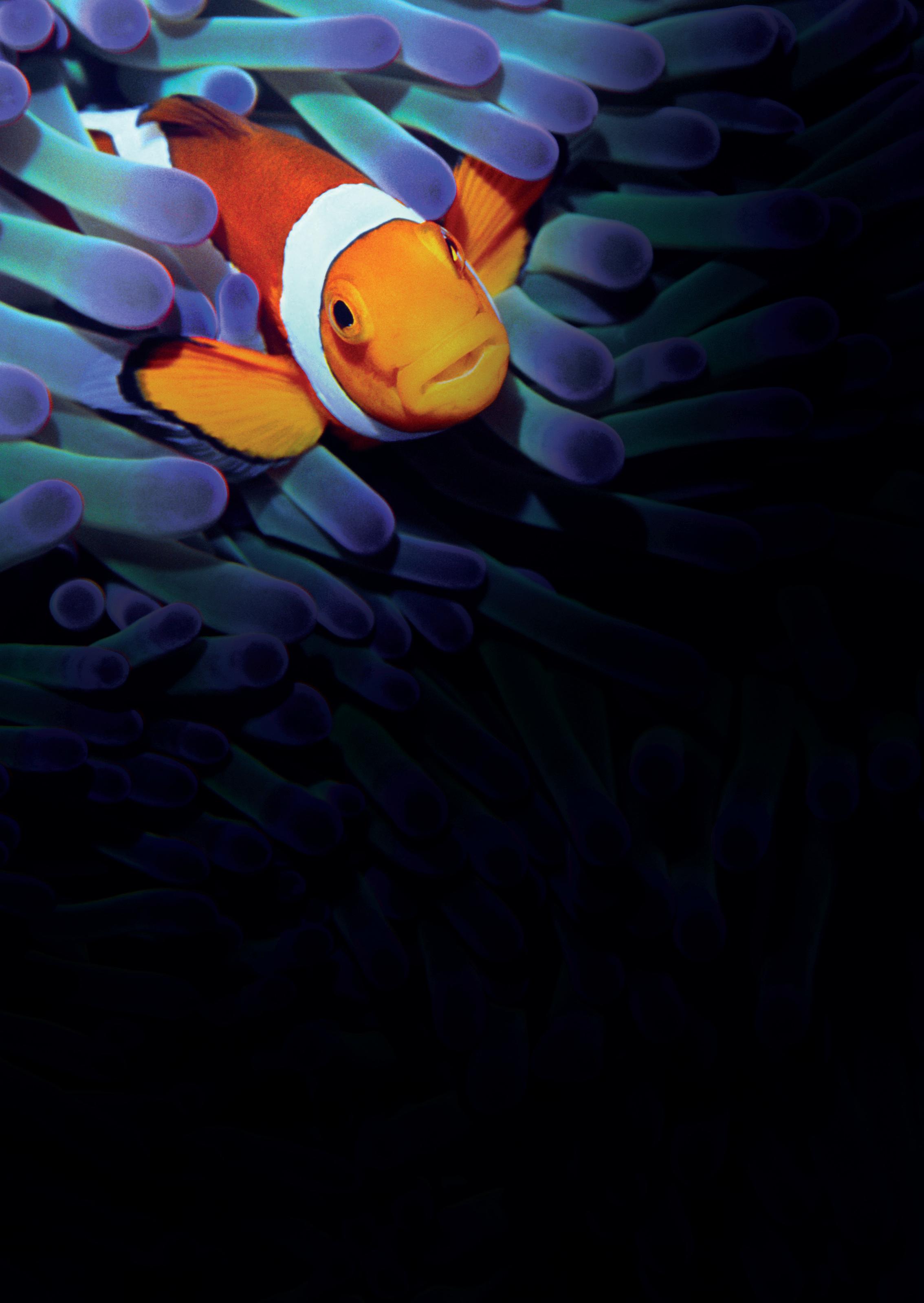
Sustainable utilisation is important
While clownfish populations are stable and seem to be doing OK in the area where Dr Mills works, collection of adult clownfish for the pet trade does occur.
Dr Mills relates a story about the clownfish she studies in the lagoon off Moorea in French Polynesia. “Sometimes a whole section of reef will lose its resident clownfish overnight. We go to look for the fish we’ve been studying for years, and they’re suddenly gone – we think most likely collected for the pet trade. Without the clownfish’s protection the anemones are soon predated upon by turtles. We’re pretty sure our research fish are being collected, because it’s invariably the ones in easy-to-reach locations near channels or the coast which go missing. Those which are a half-hour boat ride away and hard to get to through coral heads are still there. We’ve often heard from dive-tourism operators that the clownfish they went to see had disappeared too.”
That said, while coral cover in the lagoon has fluctuated dramatically, the population of clownfish has remained stable over the last ten years since Dr Mills began her research there, which is reassuring. This could have something to do with the way anemones recover from bleaching. They seem to recuperate much better than coral, thereby continuing to provide the clownfish with somewhere to live. Other coral-reliant fish don’t fare so well with species of coral which can’t recover from bleaching so easily. Dr. Mills is currently investigating whether the tight symbiosis with clownfish actually makes the anemones more resistant to bleaching or helps them recover more easily.
10
FEBRUARY 2021
Finding the real Nemo
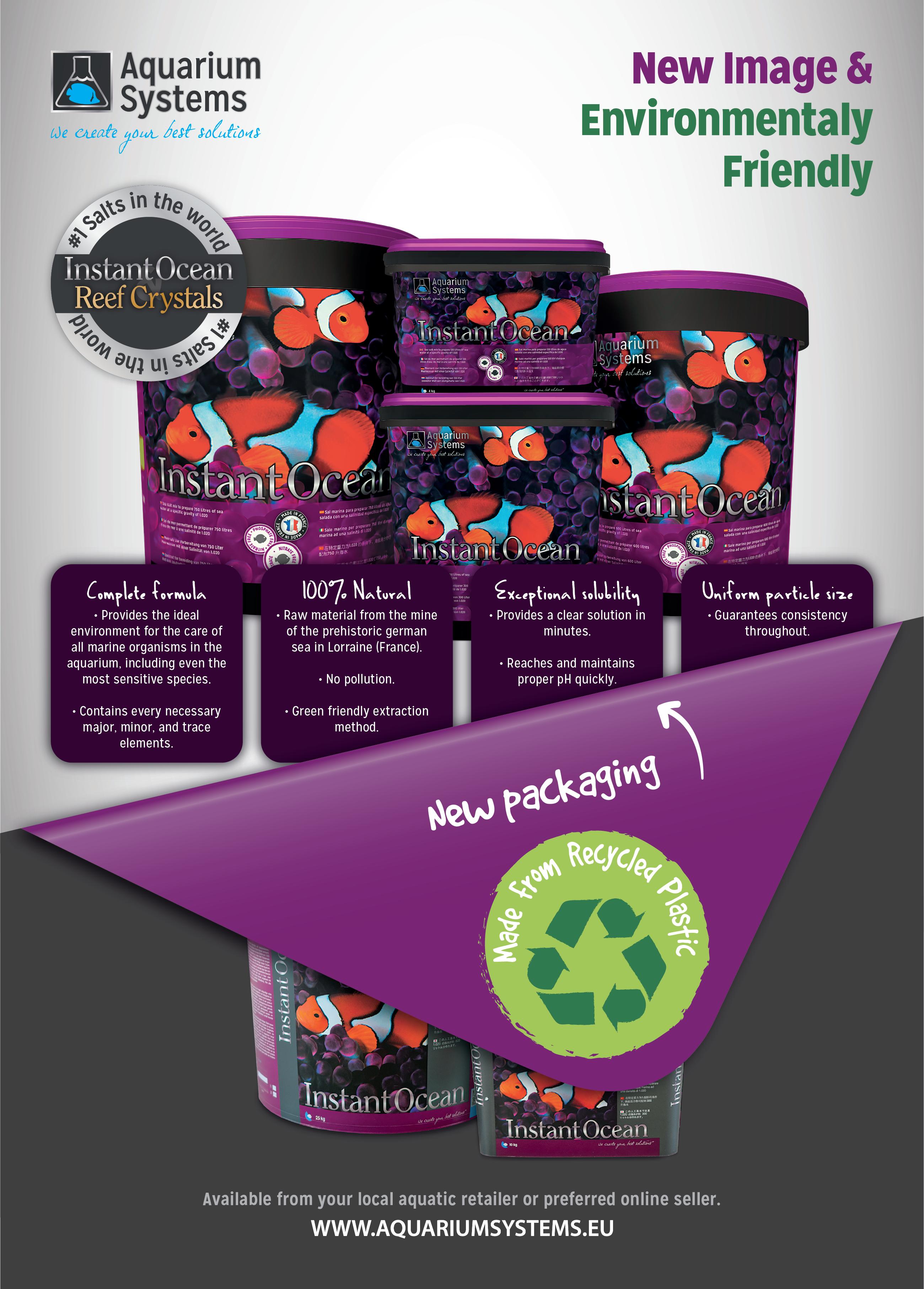
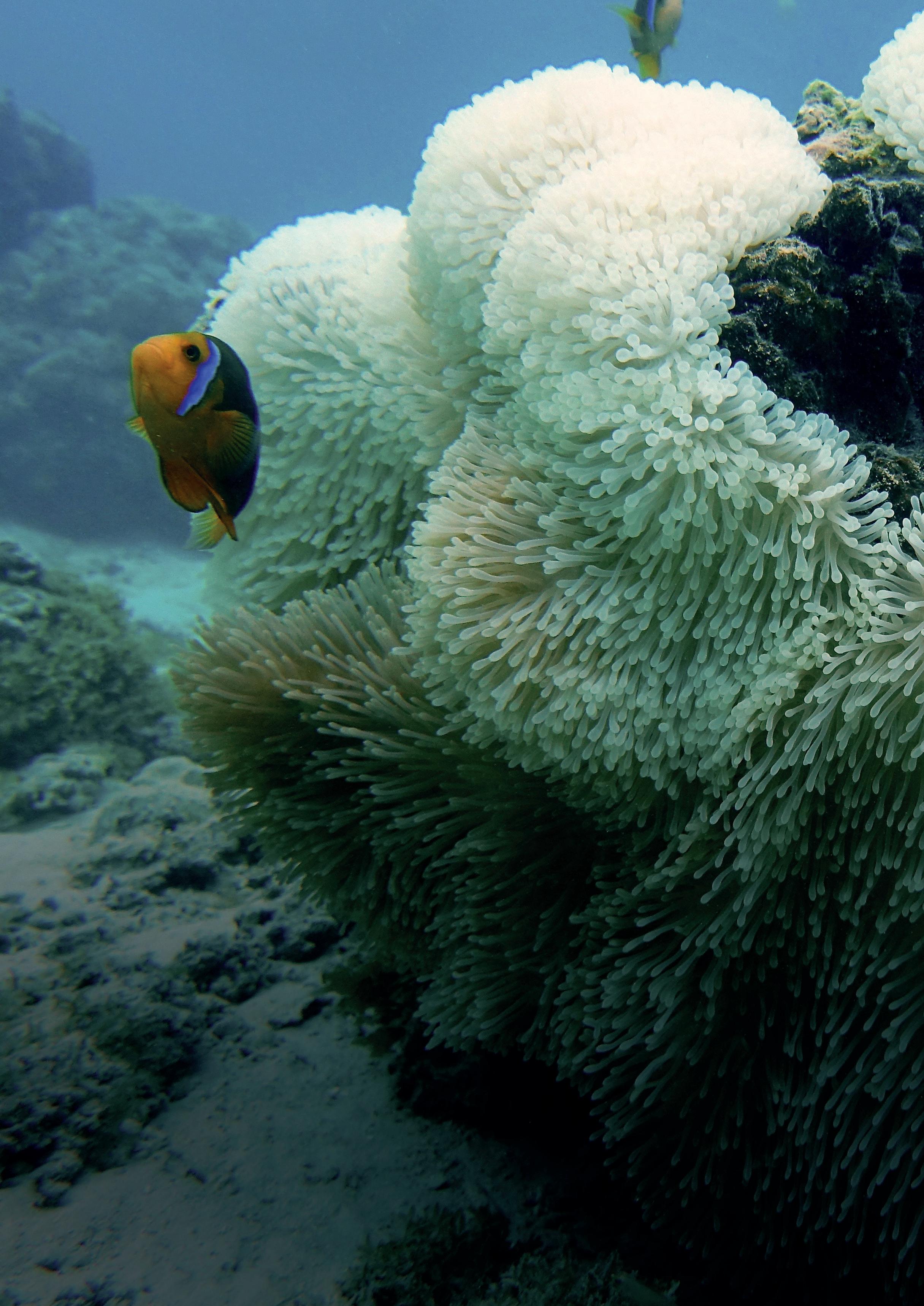

12
FEBRUARY 2021
Finding the real Nemo
Red Sea Clownfish (Amphiprion bicinctus)
Dr Mills proposes another way to supply the pet trade which would protect reproductive adults.
“Instead of collecting adults, if it were possible to promote the collection of eggs from the wild to be hand reared in captivity and then sold when they are big enough – that would be a much more ecologically friendly and sustainable way to supply the pet trade. It’s certainly in the Government’s best interest to protect the clownfish, not least because tourism is the largest economy in French Polynesia. If the hard work of collection and hatching of clownfish was subsidised then that would be a win-win situation.”
Clown fish waste products are good for the anemone
The symbiotic relationship between clownfish and anemones is fascinatingly complex. The waste products produced by the clownfish contain nutritious nitrogen resources such as ammonium which the anemone relies upon. It’s been found that the more clownfish there are living in any given anemone, the faster the anemone will grow.
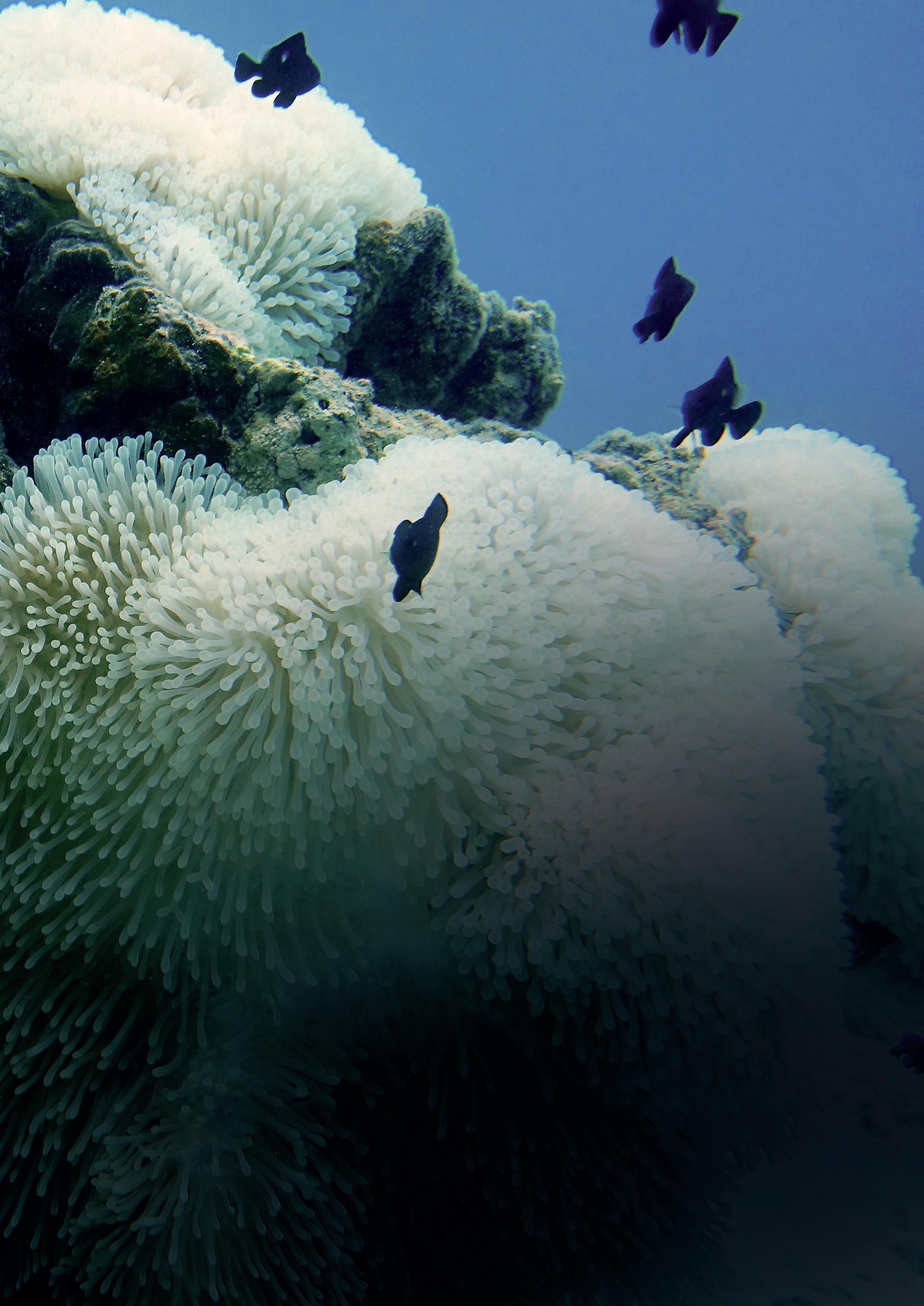
MORE EGGS
Clownfish can first reproduce at around 1-1.5 years of age, but lay relatively fewer eggs during their first few reproductive years. Older anemonefish lay considerably more eggs than their younger counterparts up to and over 3000 in a single bout.
Dr Mills is also interested to find out if the mucus which surrounds and protects the clownfish from the anemone’s sting contains a range of bacterial flora which is also good for the anemone’s health and growth. Whatever the answer, it’s clear that the relationship between anemones and clownfish is more complex than we currently understand.
Humans might help with clownfish conservation
Dr Mills’ work researching the stress response of clownfish could eventually help conserve the species. By understanding which fish produce robust offspring, scientists might be able to produce and release more of these hardy fish which are more likely to survive. “This is already being done with coral reef regeneration. Scientists are finding the corals which are not affected by bleaching, taking a small bud from them, growing them and then implanting them back onto the reef to continue growing and living there. It’s a process that’s being called ‘human assisted evolution’ — something which could be helpful to the protection of clownfish too. Their stress response, offspring size and ability to deal with environmental stresses could be key to the species survival.”
13 FEBRUARY 2021
Sharks!

“Although clownfish are a passion, my all-time favourite experience was when we were diving near Madagascar off the coast of a nearby Island called Europa. One of our party was a shark specialist who spotted a single fin breaking the surface of the water some distance away. He knew we might had come across a school of hammerhead sharks and invited us all to dive with him to see them close up. There were a few researchers on
the boat, but I was the only one brave enough to go with him. And I’m so glad I did. As we got near we found that there were literally hundreds of hammerheads, just gliding along in the water beside us, breath-taking! –hammerheads as far as the eye can see going deeper and deeper. My heart was beating so fast. It was such a fabulous experience and one I’ll never forget.”
14
FEBRUARY 2021
Finding the real Nemo
CRIOBE
The Centre for Insular Research and Observatory of the Environment (CRIOBE), was established in 1971 by France’s National Centre for Scientific Research (CNRS). It began as a modest research station on the island of Moorea, French Polynesia, to research French Polynesia’s coral reefs prior to the nuclear testing in the region.
Since this time, CRIOBE has evolved and grown considerably. Today, CRIOBE is a world class research centre with two locations: Moorea in French Polynesia and within the University of Perpignan in the South of France and hosts researchers, administrative staff and technicians from CNRS, Ecole Pratique des Hautes Etudes (EPHE), PSL Université Paris and Université de Perpignan Via Domitia (UPVD)
CRIOBE in Moorea French Polynesia is an international field station that welcomes researchers from around the globe. Research conducted at Moorea is primarily focussed on the coral reefs of French Polynesia, but also addresses the interface between the land and the sea.

2021 marks the organisation’s 50th anniversary.

15 FEBRUARY 2021
Dr. Suzanne Mills
Scalloped Hammerhead Shark (Sphyrna lewini)
ANIMAL FACTS
Did you know...?
Have you met the world’s only poisonous rodent?
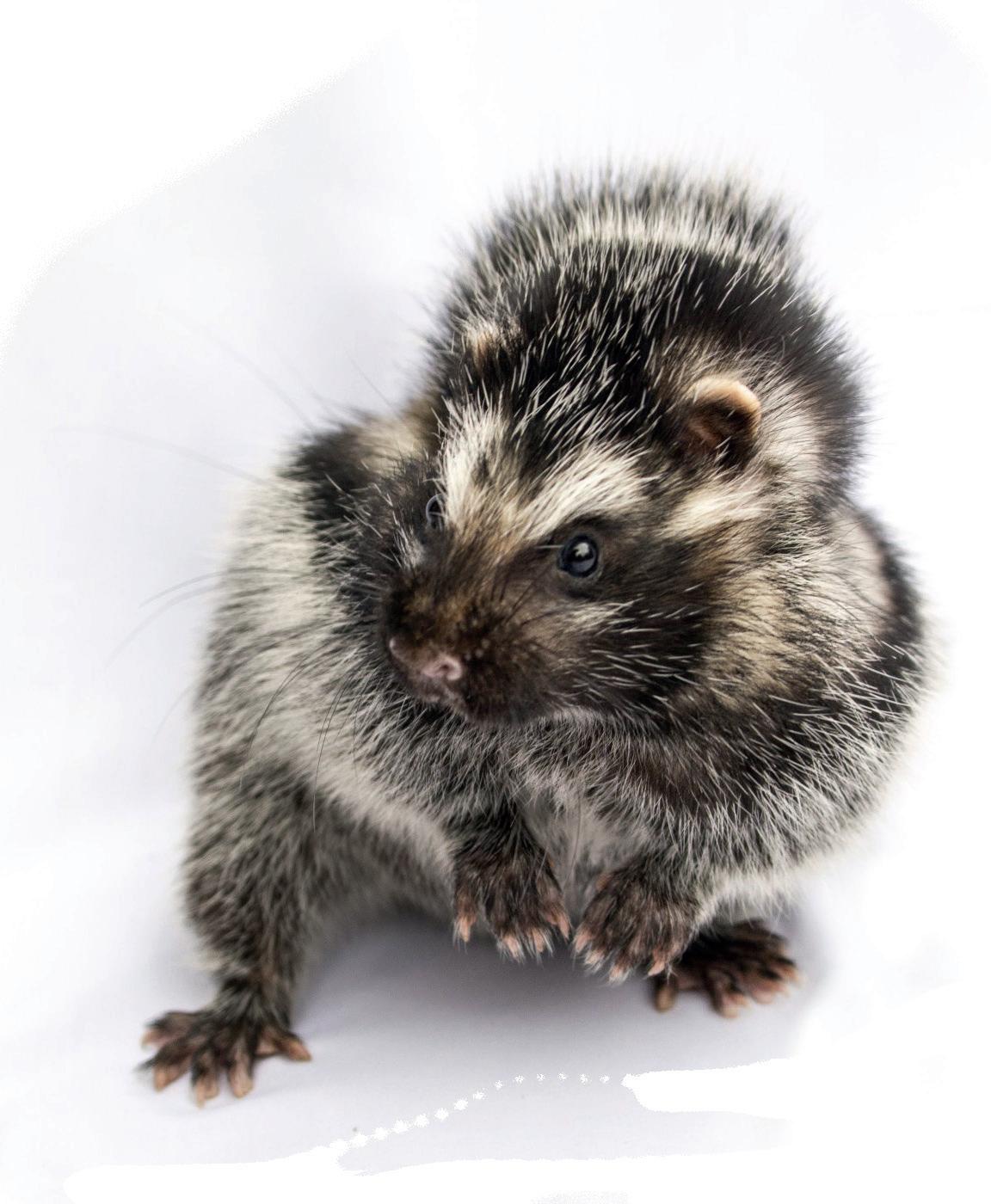
Lophiomys imhausi, otherwise known as the maned or African crested rat, hides a deadly defence in its very own hair.
The hairs in its mane have a spongy texture that absorb toxins from the bark of poison arrow trees Acokanthera schimperi – the rat chews on these casually, being somehow immune, and smears the toxins onto its mane. It’s the only mammal known to sequester toxins from and external source for its own use.
The mane bristles when under threat, risking predators with a mouthful of the toxins – cardiotonic glycosides - that can make them very sick, or even cause heart failure.
Citation: Sara B Weinstein, Katrina
Nyawira Malanga, Bernard
Agwanda, Jesús E Maldonado, M Denise Dearing, The secret social lives of African crested rats, Lophiomys imhausi, Journal of Mammalogy, gyaa127
Animal facts 16 FEBRUARY 2021
Photo Credit, Stephanie Higgins
‘Best Aquarium Fish Food’









As voted by readers of Practical Fishkeeping magazine




Aquarium Fish Foods with Insect Meal

















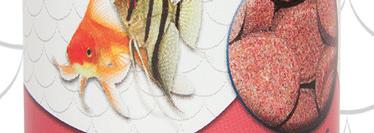


Uses cultured insect meal to recreate the natural insect based diet that most fish eat in the wild.










Easily digested and processed by the fish resulting in less waste.










Environmentally friendly and sustainable.

www.fishscience.co.uk
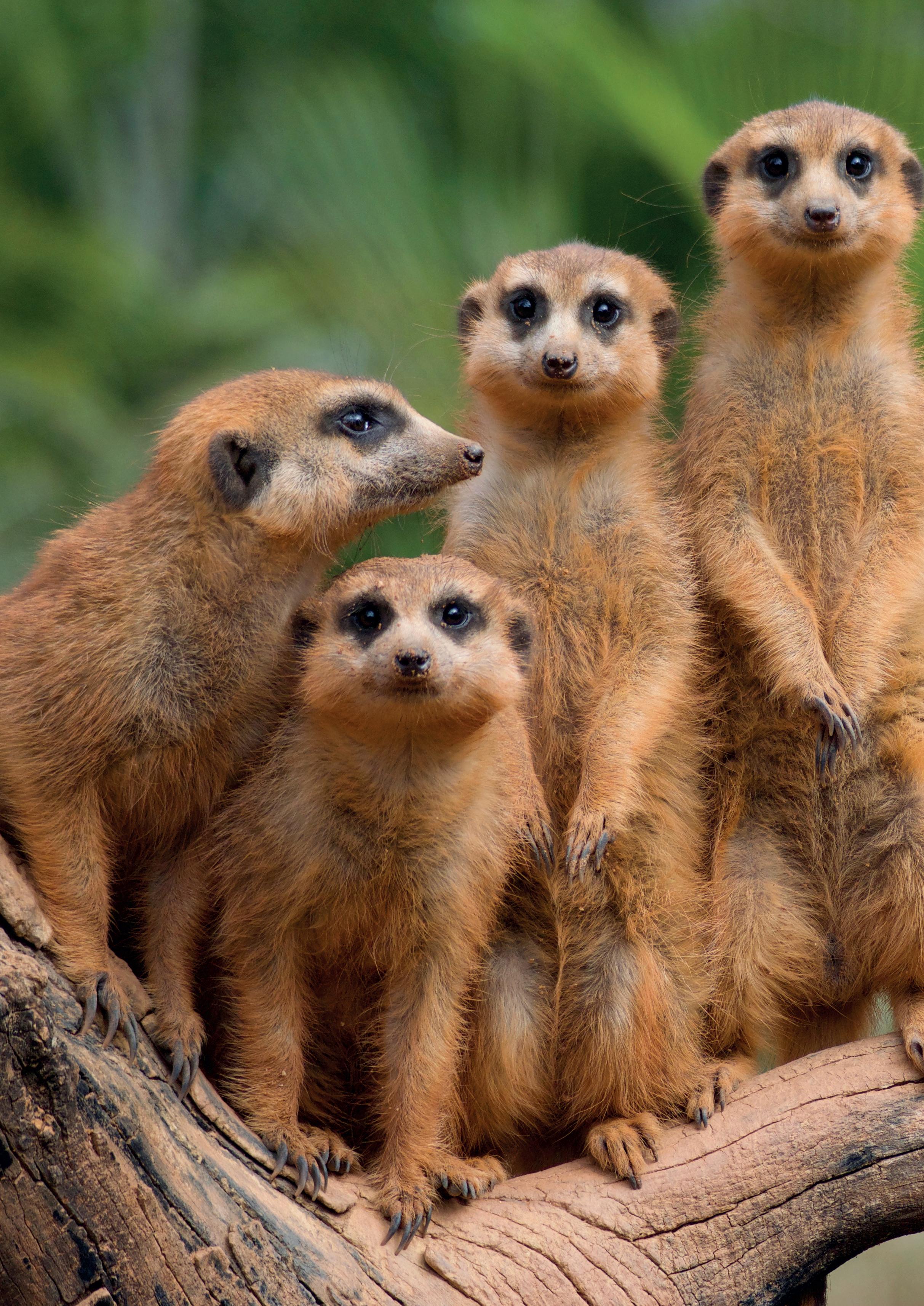
18
MEERKAT MISCHIEF
They’re cute, they’re clever, and they hang around in gangs. Meet the meerkats.
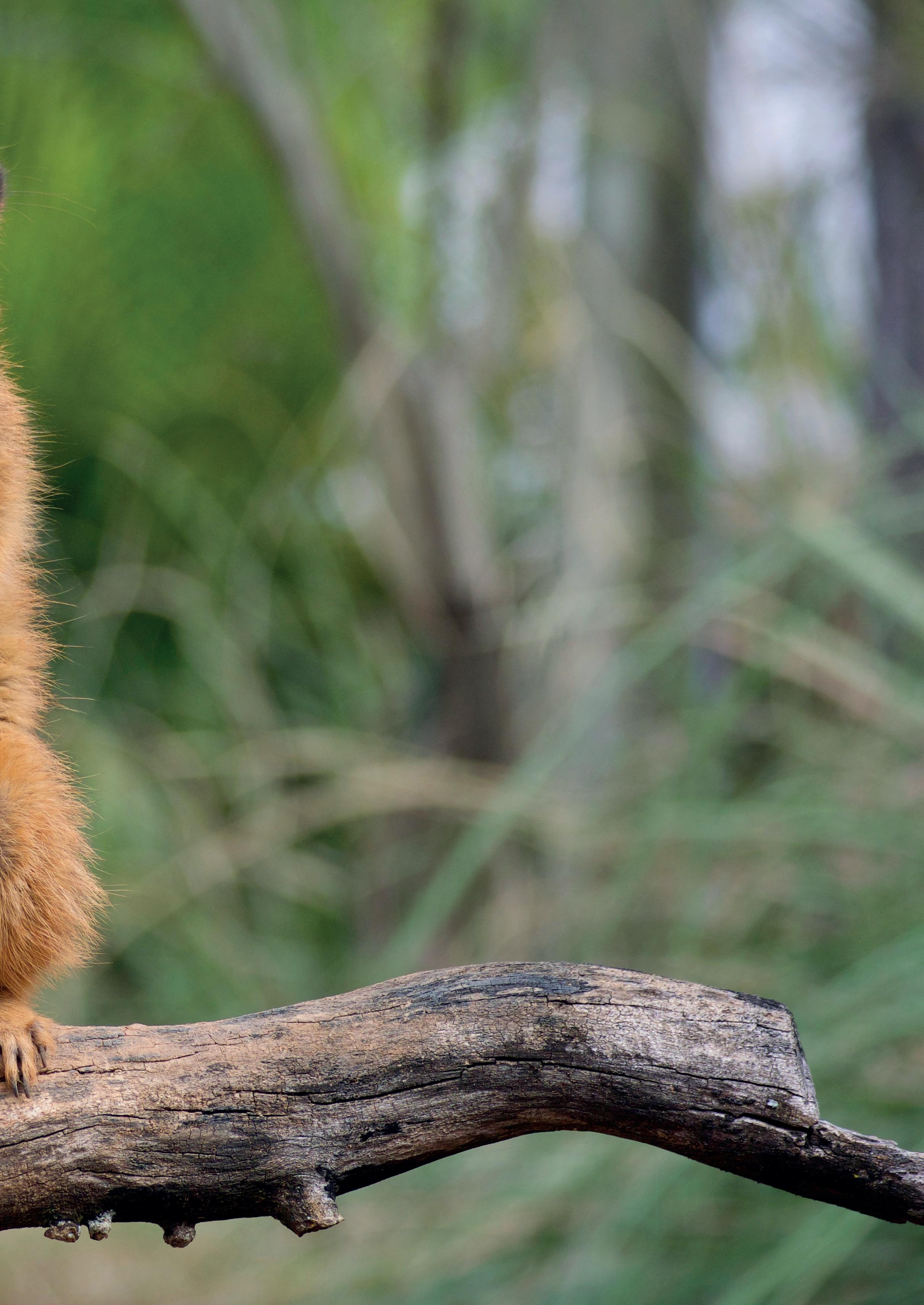
19
A family of Meerkats (Suricata suricatta)
Finding fame through Meerkat Manor and Compare-the-Meerkat, these cute and cuddly creatures have hit the big-time and become increasingly popular pets. But despite their new-found fame, keeping them might not be as ‘simples’ as many people think. We asked four fanatical meerkat keepers to share their experiences.
“Meerkats certainly aren’t for everyone,” explains Chris Newman. He’s been a meerkat keeper and enthusiast for over 10 years. “As with every companion animal, for some people they’ll be a perfect pet, but for others they’re a nightmare. It all depends on whether you’re willing to love them and their crazy natural behaviours, warts and all.”
Wise words indeed. It’s an important principle to remember for anyone looking to take on a new pet, especially an exotic species with such specific needs. Meerkats are fascinating, and there’s certainly plenty to love about them, but you’ll need to do your research if you want to provide for them properly. Here’s what you need to know.
Housing
There seem to be two different schools of thought when it comes to how to accommodate your meerkats. While many keep them indoors, much like you would a cat or a dog, others prefer a custombuilt outdoor enclosure. Which method suits you will likely depend on how house-proud you are, but you should also consider how you will provide enough opportunities for them to display their natural behaviours.
While meerkats are undeniably cute and cuddly, they’re also enormously mischievous creatures and can be quite destructive. Keepers have told us that their kats have pulled up carpets, destroyed houseplants, emptied cupboards and drawers, and found their way into every nook and cranny. Mess and mayhem is a distinct possibility if you don’t meerkat-proof your house.
Toileting is another important consideration when deciding if you’re happy to keep your meerkats in your home. Some meerkats will choose to use the same corner as a toilet –most of the time. Some can even be litter-tray trained, but they will inevitably go in other places too. Meerkats also like to mark their territory by scenting which, most of the time, isn’t too offensive. However, some meerkats’ scents smell worse than others.
There are also territorial issues to consider, as your meerkat might want to protect you when strangers come into the house. Meerkats are conditioned to defend their tight-knit social groups, and they do not take kindly to strangers invading their territory. Even if someone familiar, such as a family member, goes away for a while, re-introducing them to the meerkats can be difficult and it’s not unusual for strangers to get nipped. It’s worth considering these issues before deciding whether a meerkat is the best pet for you.
Finally, whether you choose to keep them indoors or outdoors, it’s important to ensure you can provide them with the opportunity to display their natural behaviours, such as digging, tunnelling, foraging and keeping a lookout.
Here’s what our four keepers have to say about how they house their meerkat mobs.
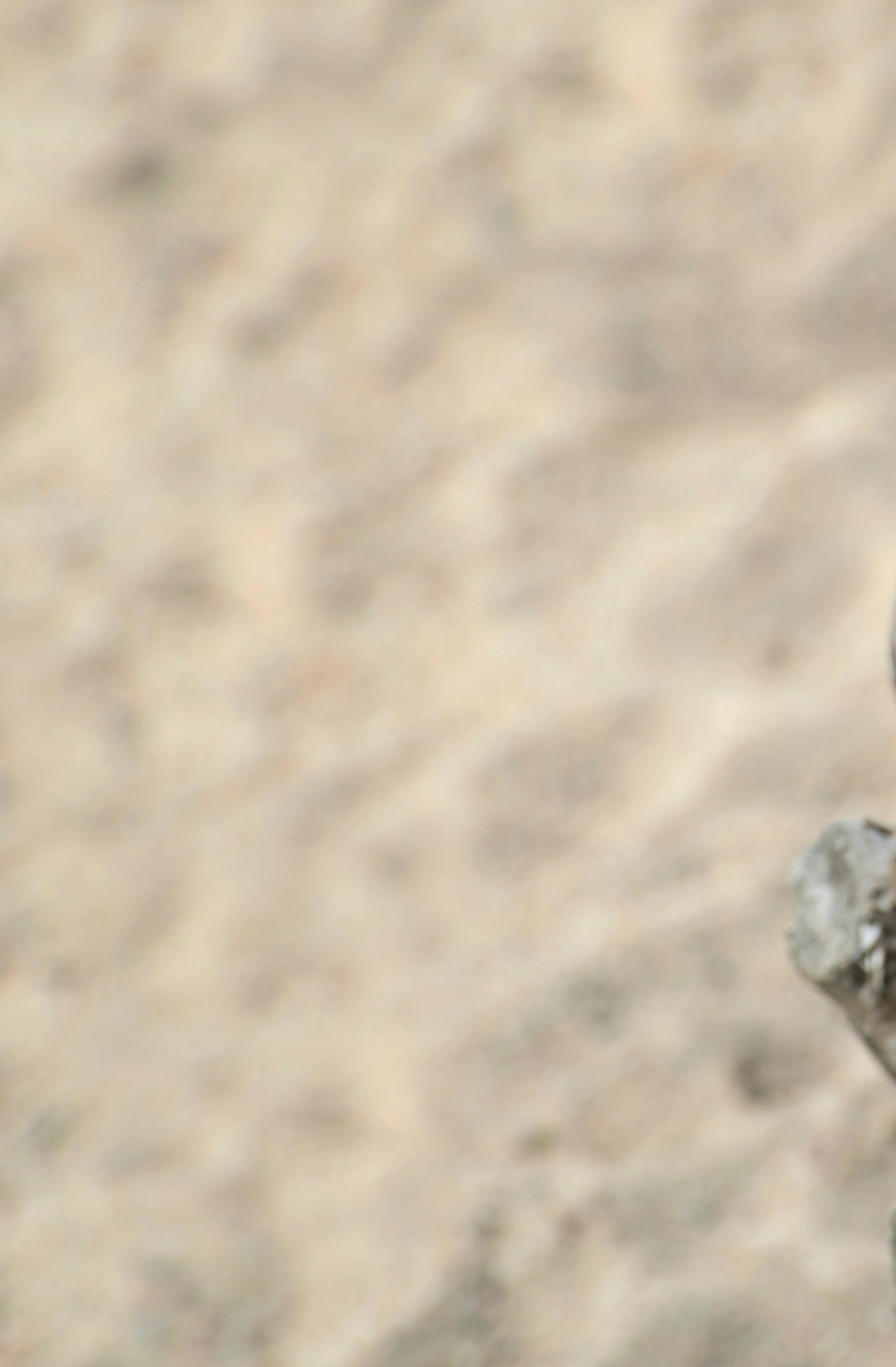
mischief 20 FEBRUARY 2021
Meerkat
MEERKAT SUBSPECIES
There are at least three different subspecies of meerkat, but specialists believe more will be officially described in the future as genetic differences between populations become proven.
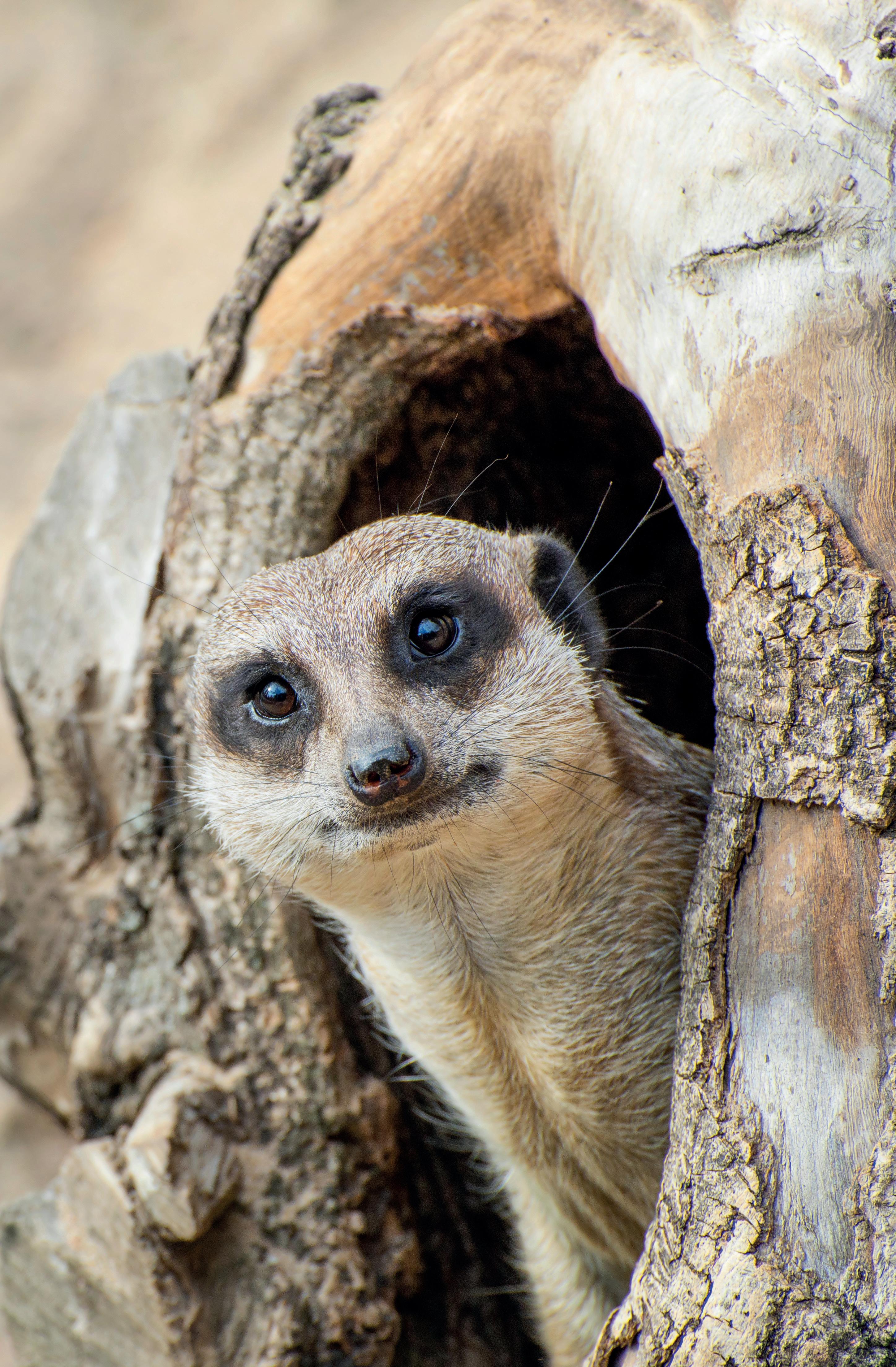
• Suricata suricatta suricatta – These are found in South Africa, ranging in colour from brown to orange.
• Suricata suricatta majoriae - Found in Namibia, this subspecies is whitish in colour and banded around the eyes.
• Suricata suricatta iona – This subspecies is found in Angola.
• Suricata suricatta sp. – Another possible subspecies has yet to be scientifically described. They are found in the Southern Cape of Africa and they have orange bodies and grey heads. However, further DNA research is needed to prove them to be a 4th subspecies.
The meerkats we keep as pets are difficult to accurately identify and are possibly a result of interbreeding the different subspecies.
Meerkat mischief
Aled Jones is the owner of A&S Animal Encounters, an edu-tainment company offering Animal Encounter experiences. He’s been keeping meerkats for nine years.
Aled’s meerkats: Boo, Meeko, George Best and Bobby Charlton
We’ve kept meerkats indoors but found it to be a rather smelly and messy affair. Nowadays our four male kats live in an outdoor enclosure with the option of using a heated indoor facility when they fancy it.
The15ft x 10ft outdoor, open-top area has 4ft high sides made from decking planks installed vertically to thwart the kats’ attempts to climb out. We’ve also installed windows in the walls around the enclosure, not only to give the kats a view, but because it also helps create warm areas as the low sun shines through the glass. It works well, even on the coldest days, and we often find the meerkats hanging out there.
The base of the enclosure is concrete to prevent burrowing escapes, and it’s set on a slight angle to help with water run-off. A layer of gravel is topped with a mix of play sand and builders’ sand to create the most suitable substrate for drainage and digging. We’ve also sunk a network of pipes which the kats love to explore and use as hides.
Their enclosure also has an indoor area, essentially an insulated 6ft x 6ft shed, equipped with a mercury vapour lamp which is on during the day, and a ceramic heater which is on all the time. However, they don’t spend much time indoors at all, preferring to be outside exploring and foraging. They don’t seem to mind the cold and will even be outside playing in the snow. You’ll usually only find them indoors when it’s raining heavily.
Chris Newman is Chief Executive of the Reptile and Exotic Pet Trade Association and has been keeping meerkats for 10 years.
Chris’ meerkats: Sergei, Alex, Billy, Thomas, Arthur and Alfie
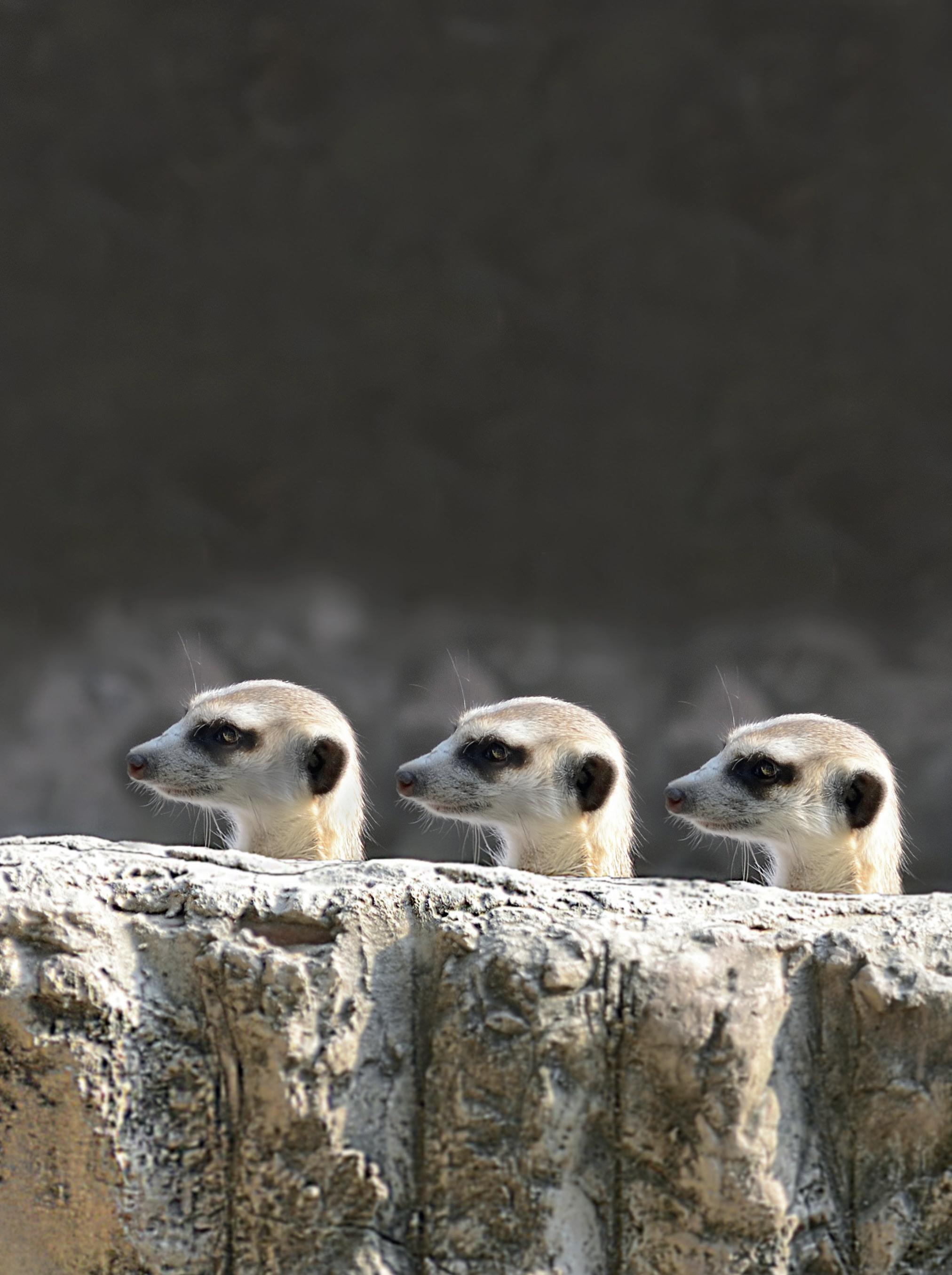
22 FEBRUARY 2021
Meerkat mischief
Most of our meerkats live in a custom-built outdoor facility, but our two original meerkats made up their own minds where they wanted to live. They were our first meerkats, Alex and Sergei, and they came to us quite unexpectedly when they were just a few weeks old after their mother died. Over the course of a couple of weeks I worked my ass off to build the most naturalistic outdoor enclosure I could. Underground burrows, digging opportunities, lookout stations, enrichment facilities – the lot.
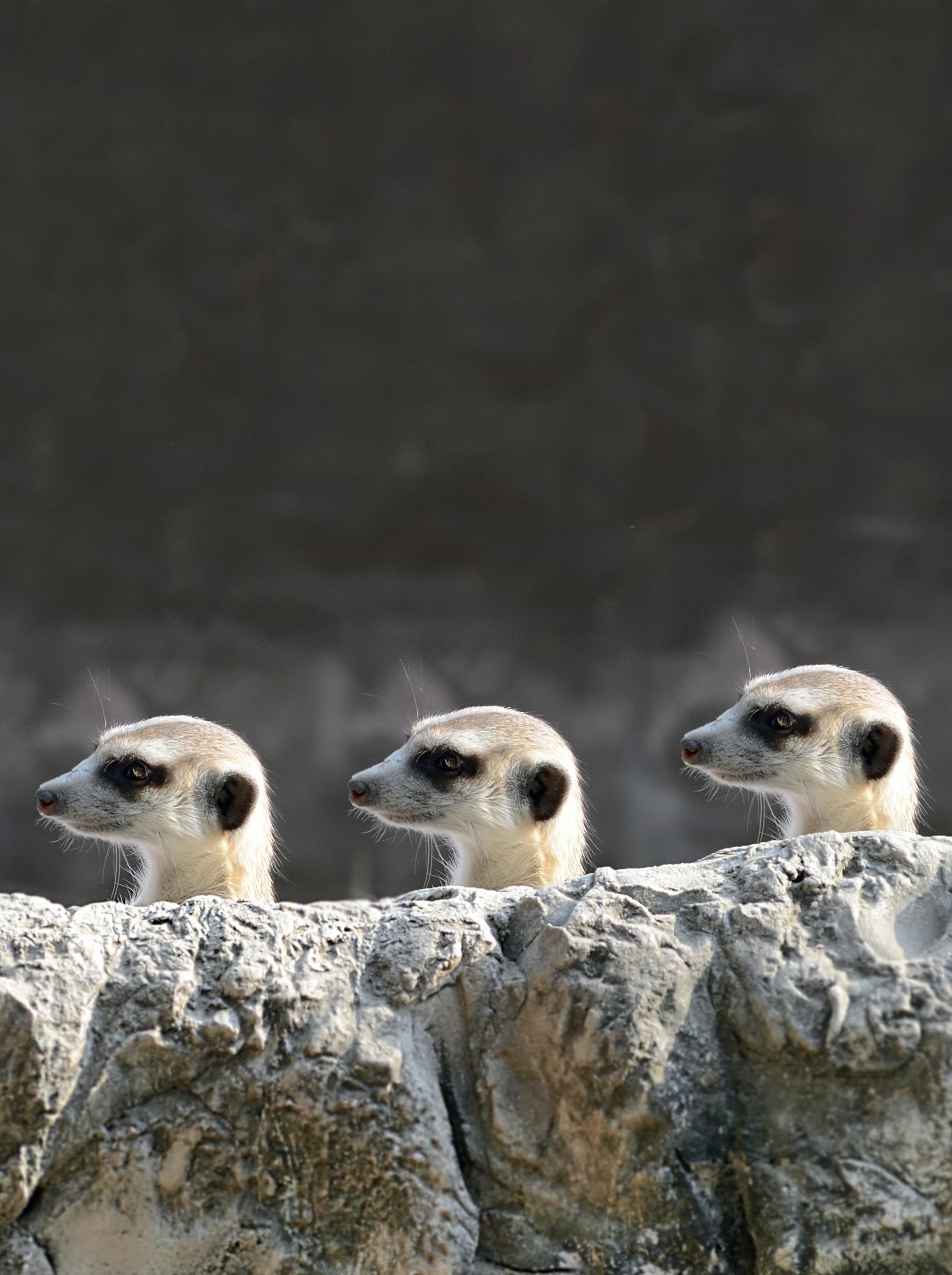
However, when it came time to introduce them to their new home they were entirely underwhelmed and clearly only wanted to be wherever we were. Despite having the opportunity to live in the Kalahari Desert-like environment I had created, they showed much more interest in sitting with us on the sofa watching telly. So that’s what they did.
I was a little concerned that sitting on a sofa watching TV with us was pretty far removed from the naturalistic existence I had in mind for them so, I built an indoor sandbox with pipes and burrows to try to cater for their needs. Once it was ready I took them to see my creation, and good old Alex and Sergei
took a good look around, explores it thoroughly –and then never used it again.
These two seemingly abnormal meerkats lived with us in the house for their entire lives. They liked nothing more than to snuggle up with us, and even took to coming to bed with us when we turned in for the night. It was a habit we couldn’t break once the meerkats had realised that bedtime snuggling was an option.
I do understand those people who say meerkats are wild animals as they retain many aspects of their wild behaviour. However, those we keep as pets are descended from multiple generations of captive breeding and will have invariably undergone some amount of domestication. Alex and Sergei were, without a doubt, highly domesticated and were as suited to a life indoors with us as much as any cat or dog. Yes, there were challenges, but that’s equally true of any companion animal. If you’re willing to work with them, Meerkats are a fantastic pet.
Tasha Lewis is the owner of Living Things, an animal experience company which provides educational
Meerkat mischief 23 FEBRUARY 2021
talks in schools and other educational facilities, as well as providing meerkats for TV shows and documentaries. She has kept meerkats for over ten years.
Tasha’s meerkats: Steve and Stanley
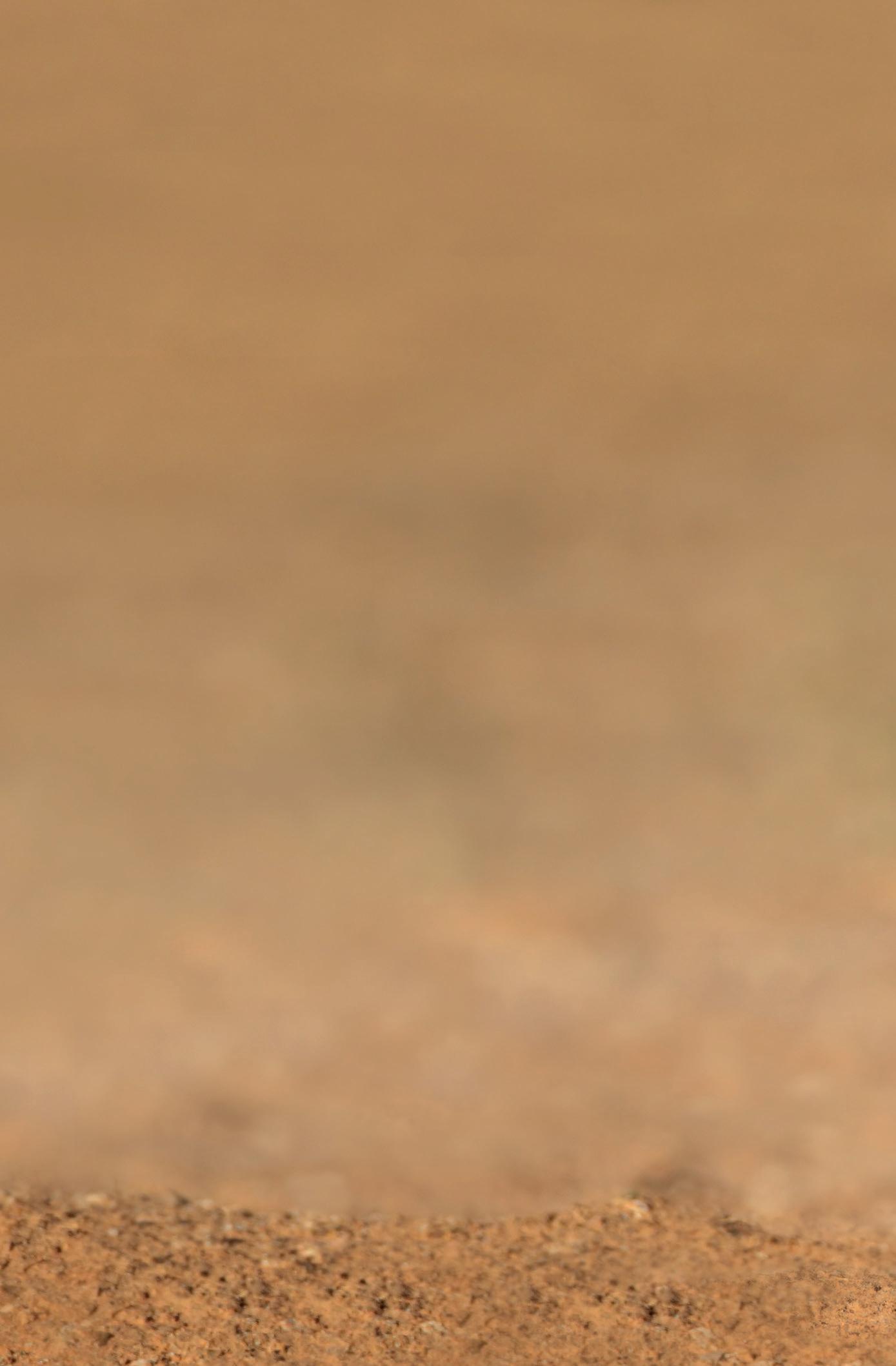
Like pretty much everyone else who starts with meerkats, mine were kept indoors at first. As someone who is quite house-proud I like my home to be clean and tidy. This was not an easy thing to achieve with a couple of meerkats doing their very best to mess the place up.

While they did enjoy spending hours on the windowsill protecting the house and watching the world go by, they did also tear my sofa and dig under my fridge and cooker and pull out and play with any bit of fluff they could find. Although they were litter trained, they would still occasionally pee in other places, and they would regularly rub their anal glands on my furniture, causing gross brown smears. Eventually I decided enough was enough.
I built them an outdoor enclosure, doing my best to provide an environment that is as naturalistic as possible. They have plenty of opportunities to dig – something I couldn’t do easily when they lived in the house. And they have burrows and dens built into the enclosure, along with logs and branches to enable them to climb. They also have heating and UVB lighting installed. Not everyone thinks UVB is necessary, particularly when the enclosure is open-
topped and gets direct sunlight, but I think it’s good to give them an opportunity to bask under UVB if they want to. Mine frequently do.
Matthew Rendle is the lead exotics nurse at Holly House Veterinary Hospital, Leeds. He’s cared for meerkats for 20 years in several zoo collections.
Meerkats like to dig, and they’ll do so regardless. That’s why you’ll often see meerkats digging up carpets or ruining furniture if kept in the home where there are few opportunities to display their natural digging behaviour. Digging in unsuitable places can cause injuries, such as foot lesions and nail problems. Having somewhere they can dig to their hearts’ content will go a long way to avoiding these common injuries.
There are also important points to consider when building outdoor enclosures. Even if you provide your meerkats with buried plastic pipes to use as tunnels it’s likely they’ll still dig to create their own tunnel network. It’s worth making sure no meerkats are hiding underground if you enter their enclosure, just in case your weight collapses a tunnel when they’re inside. That said, it’s good to purposely collapse their tunnels at regular intervals, just so that they can keep themselves busy digging them out again. It’s an enormously effective enrichment activity. Just be sure your meerkats are safely out of danger before treading the tunnels down.
24 FEBRUARY 2021
Meerkat mischief
MOB RULES
Social interaction is hard-wired into these animals. Their natural behaviour is almost entirely geared toward protecting their social group, which in the wild can number up to around 70 individuals. They need constant companionship and lots of social stimulation, which is why the vast majority of meerkats are kept in groups of at least two and usually more.
While there are occasions where a single male can become a pet, this is extremely rare and relies on them having a human who is constantly available to interact with. Most modern homes cannot provide this constant attention because most keepers go out to work. That’s why almost all meerkats will be kept as part of a group, often known as a ‘gang’ or a ‘mob’. When you watch meerkat gangs’ behaviour in the wild it’s easy to see why social interaction is so important.
Aled
We chose to have a group of four bachelor males for a couple of good reasons. First, because we’re not interested in breeding meerkats, but also because males are less aggressive than females, making them much more suitable for our animal experience work. Meerkats are one of the few animals where females have more testosterone than males, which explains why meerkats live in matriarchal groups with a female as the alpha.
Meerkats have developed specific behaviours to help protect the group too, and you’ll see this in their behaviour whether they’re in the wild or in captivity. You’ll soon notice that if a meerkat isn’t digging or eating, they’ll be on sentry duty, keeping a lookout for danger. They even have specific calls to alert their gang-mates to different predator threats. I can tell if one of my meerkats has seen a cat or a bird of prey because the`y make a slightly different call depending on which hazard they have spotted. Interestingly, despite having excellent near-sighted vision which they use to find food, my meerkats can also somehow spot a bird of prey from miles away in the distance when it looks like just a dot in the sky to me.
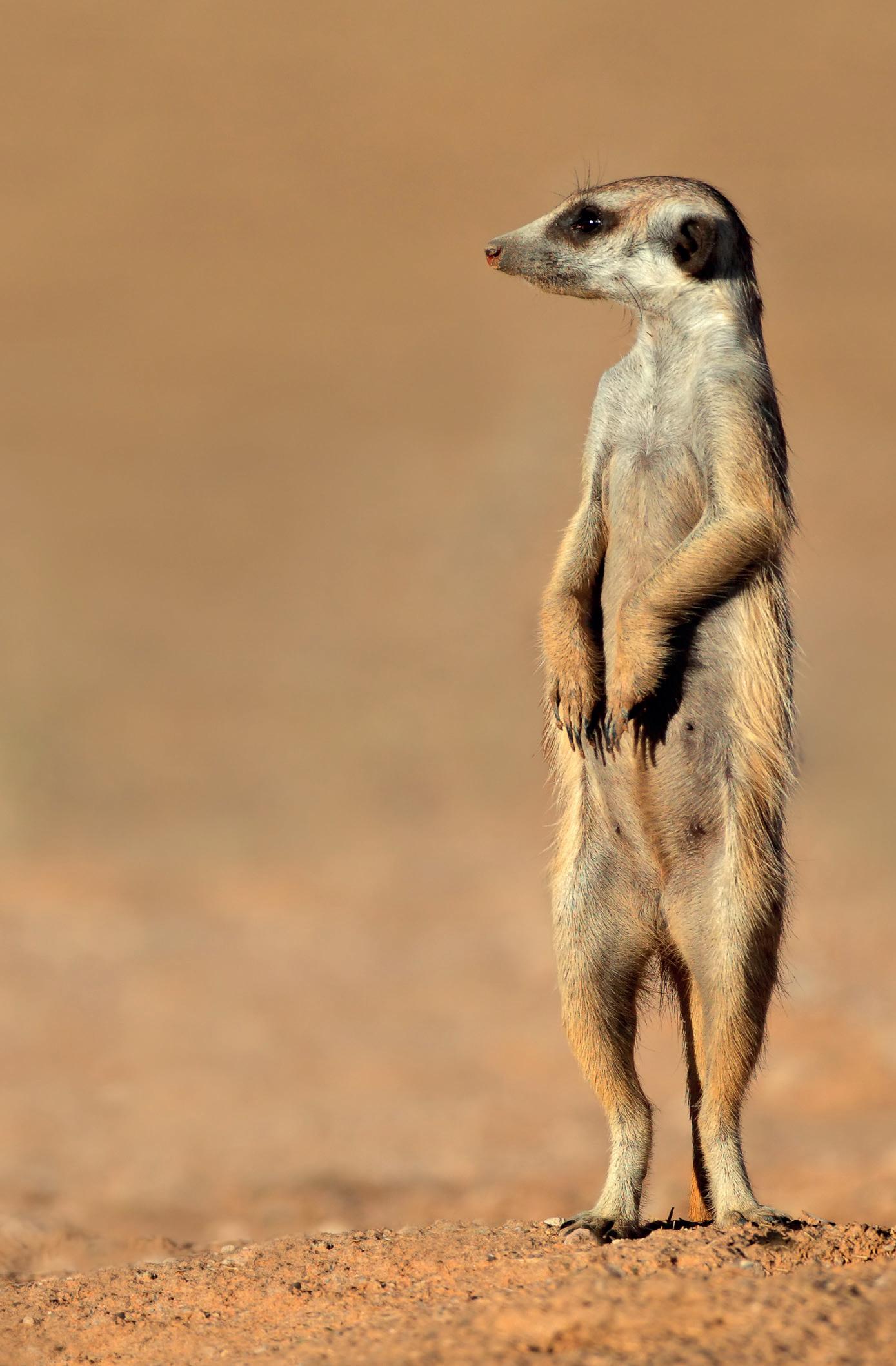
Tasha
I currently have two male meerkats. One of them is neutered and the other is not. I’m thinking about getting a female to add to the group as having a female alpha is more like what they would do in the wild. Males follow a dominant female.
Meerkat mischief 25 FEBRUARY 2021
Females are sometimes aggressive and fights can happen if you have more than one. Fights which happen within an established group are usually only minor scraps for hierarchy dominance, and the resulting war-wounds are minor – missing toes and nipped tails at worst. However, major fights can occur, usually when introducing new kats to the mob, and while serious injuries are rare, it’s important to be alert for issues when introducing new animals. Meerkats might be cute, but they can be savage.
Chris
We got our first meerkats largely by accident and they settled into indoor life so well we didn’t have the heart to force them to use their outdoor enclosure. Despite both being female they were mostly friendly and peaceful, and it was interesting to see how they would react to strangers. They’d get on wonderfully with most new people, being adorably cuddly and affectionate. Other people were simply ignored, with Alex and Sergei being neither friendly nor aggressive. But, every now and again, they’d take an instant dislike to someone, and I have no idea why they would single that person out as a threat.
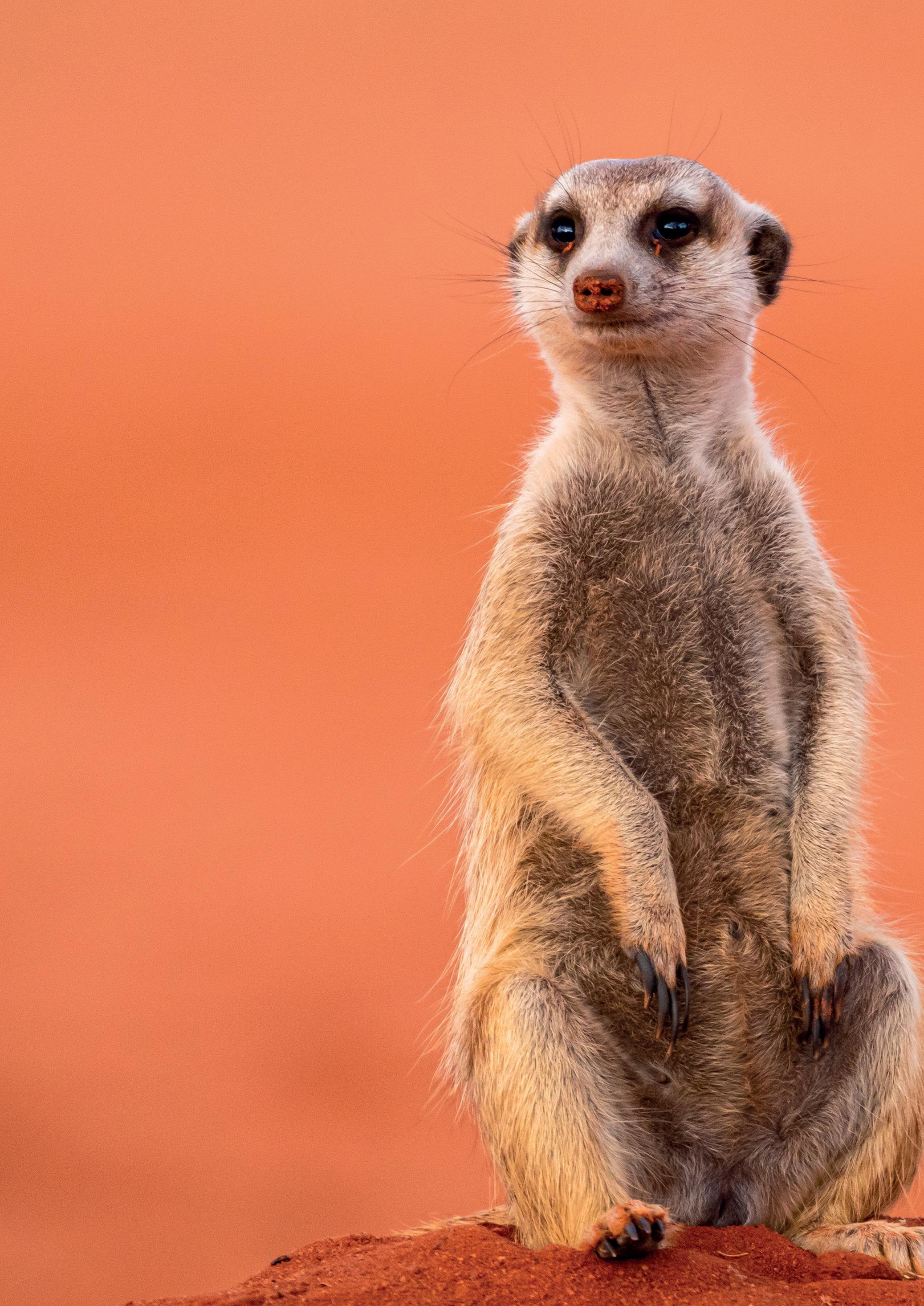
Those people would almost always get nipped!
Interestingly, they also have a spectacularly impressive memory and will remember people, even if years had passed since they last met. If they took a dislike to you five years ago, you can bet they still wouldn’t like you today, so get ready to be bitten.
Matt
Small injuries from fighting meerkats are quite common, particularly around the tail area. Antiseptics and antibiotics, if necessary, will treat the vast majority of these well enough. More serious injuries, such as tail fractures, can occur if a submissive meerkat cannot retreat from an aggressive attacker, so it’s important to watch out for low-grade dominance and, ideally, sort the problem before such injuries occur. You’re looking for animals which are being routinely chased away from food, not allowed in prime basking or lookout sites, or any which are repeatedly chased and nipped. Bullied meerkats should be moved to another group if that’s possible.
The likelihood of these things happening essentially depends on the stability of your group. Some individuals will simply not be compatible, and it’s particularly difficult when introducing new individuals to an established mob. Introducing two
26 FEBRUARY 2021
Meerkat mischief
groups together is even more difficult to achieve successfully. There are methods and tactics which may smooth the process somewhat, but it should only be attempted by those with the necessary knowledge and skills.
BREEDING
Breeding meerkats is easy, and if you have males and females together you will almost inevitably end up with babies. Usually only the matriarchal female boss will mate and produce young, but sometimes a subordinate female will get lucky. In this instance there’s an extremely high likelihood the subordinate’s babies will be attacked and possibly killed.
Female meerkats can have several litters each year consisting of up to three or, sometimes four, babies. At that rate it is easy to see how you could become overrun with meerkats, especially if you do not have responsible homes lined up for the offspring. Neutering is possible, and having male-only groups is a good option.
If you do breed your meerkats you should be prepared to decide if you want to hand-rear them or leave them to be reared by the group. Each option has pros and cons, and the considerations are too complex to explore in this article. If you have a pair of meerkats with the potential to breed it is important to be prepared and understand what breeding meerkats entails.
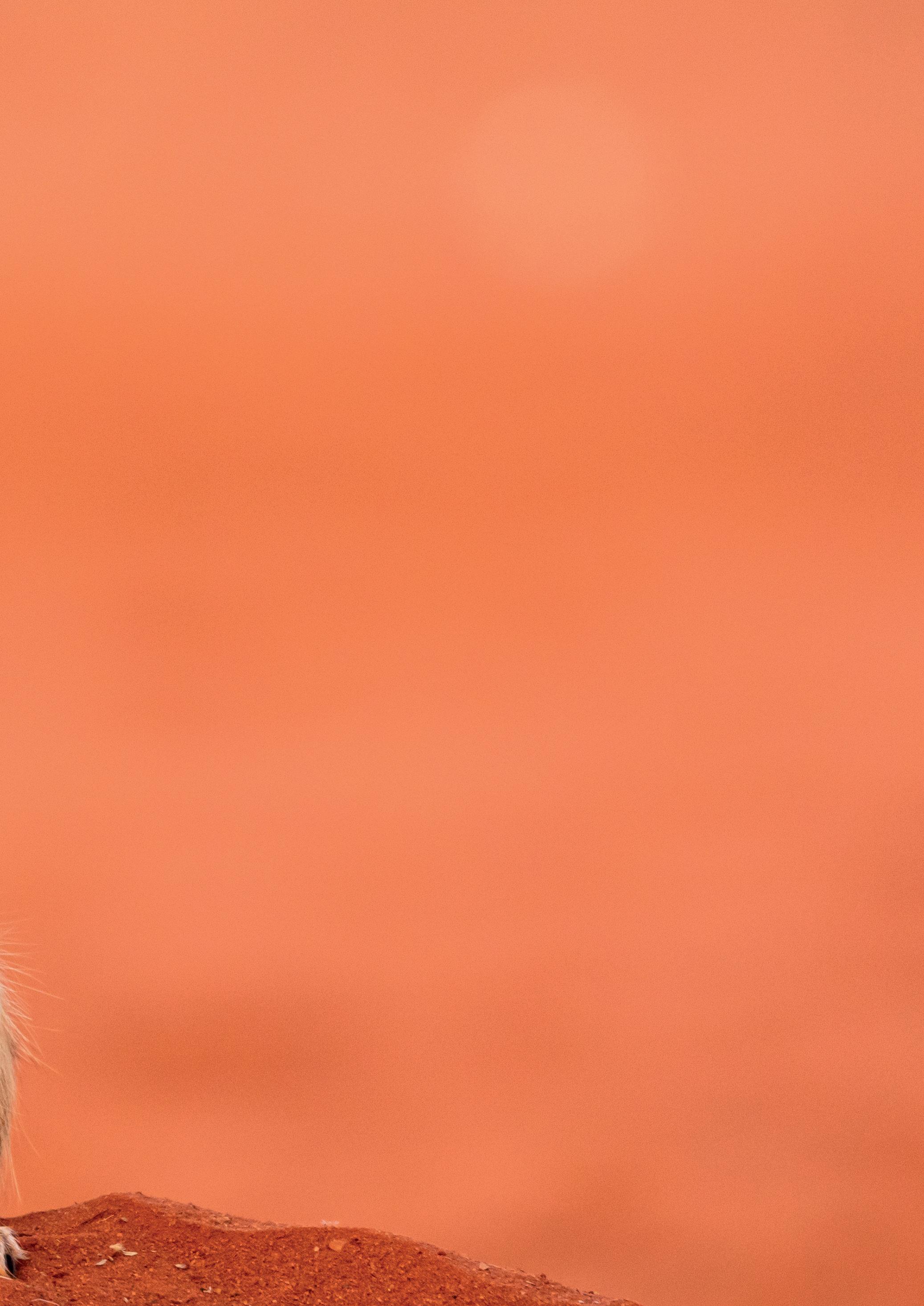
ENRICHMENT
These are highly intelligent animals with much of their natural behaviour being formed around the dynamics of their group’s needs. It’s difficult to stress how important social interaction and stimulation is, so finding ways to keep them entertained is vital for their welfare. Thankfully there are plenty of ways to go about it and, as you’ll see from the accounts below, it’s just as fun for the keepers as it is for the meerkats.
You can also check out this months featured web spotlight, Wild Enrichment for some great ideas on keeping your kats entertained.
Tasha
Meerkats are super inquisitive and intelligent and they must be provided with plenty of activity and enrichment. We put foods inside empty water bottles – usually mealworms or other livefoods, but any suitable food will work. The smaller the opening the better, as this means the meerkats will spend ages flipping the bottle around and grasping inside trying to get the bugs out.
The logs in their enclosures provide ideal enrichment opportunities too, as there are loads of holes where we can hide bits of food for them to find, and we also randomly scatter insects in their enclosure, making the meerkats dig for their supper.
But their favourite means of entertainment is to watch the alpacas, geese and rheas in the next-door field. They spend ages gazing out of their glasssided enclosure at the goings-on in the paddock opposite. They do love a good look-out.
Chris
If you regularly order stuff online you’re probably going to be a wonderful meerkat keeper, because the single greatest enrichment item for a meerkat is a new cardboard box. That’s because meerkats are seemingly the nosiest animals on the planet. They get into everything and anything new which comes into the house has to undergo a thorough meerkat inspection. Even our weekly shopping isn’t safe. Within seconds of us putting the shopping bags down there will be two meerkat backsides protruding from the bags as they dive in to inspect it all.
You will find, however, that old boxes are not good enough to keep them entertained. They’ll find a new cardboard box to be fascinating, but in less than an hour they’ll have had enough of it and it will be ignored thereafter. But if you offer them a new box, they’ll be all over it again. It’s probably a scent thing.
While we’re talking about enrichment we should also include the enrichment that the meerkats provide to their keepers. I suffer from depression, and it’s amazing how Alex and Sergei would pick up on this. If I’m feeling down they won’t leave my side and become noticeably more affectionate. I can’t tell you how soothing it is to have cuddly meerkats around if you’re feeling low.
Meerkat mischief 27 FEBRUARY 2021
Aled
Digging and foraging is a massive part of meerkat life and providing the opportunity to do this is important. They’ll spend much of their day or digging for food and, often, just digging for fun. Scattering insects around their enclosure for them to find is a great way to keep meerkats entertained.
Sometimes we’ll dump a handful of mealworms in a box full of shredded paper. The kats can spend hours digging through it looking for a tasty morsel. We’ll occasionally also suspend small pieces of meat or a defrosted rodent on a piece of string at such a height that the meerkats have to stand on their back legs to pull shreds from it to eat. It’s quite hard work for them rear up and tear off small pieces and it’ll keep them going for ages.
Treat filled dog toys are another great enrichment option. We often fill a Kong with minced up meat and insects which keeps them occupied for hours. Making life a bit difficult for them is the key to enrichment. A bowl of food is no challenge at all. We like to make them work for it. It’s always entertaining to watch!
Our meerkats are also target trained, which means we’ve trained them to do a specific behaviour in exchange for food. It’s an enormously useful trick which not only provides enrichment for the animal while they’re being taught, but it also makes our lives and theirs far more practical and relaxed. Each meerkat knows and responds to its name, and their training means they can be easily encouraged to enter their transportation containers when we’re heading out to an event or taking them to the vet.
But the best meerkat enrichment is the interaction they have with others of their kind. That’s why keeping them in groups is pretty much essential.
NUTRITION AND DIET
Proper feeding and nutrition is not only important from a nutritional perspective, but is also closely associated with the necessary enrichment which meerkats need. In the past many meerkats suffered from high-cholesterol issues which affected their health, largely as a result of inappropriate diets. Thankfully, today’s keepers are better informed and able to provide a more suitable diet which negates this issue.
Matt
Wild meerkats are specialist feeders, eating predominantly scorpions and other invertebrates. This low-protein, low-fat, low-calorie diet means meerkats spend an enormous amount of time and energy looking for and eating their food.
In the past zoos and private keepers had trouble replicating this diet, relying instead on food items which were more cheaply and readily available, often including high-protein foods such as defrosted rodents or day-old chicks. While, at the time, this seemed a sensible way to offer quality proteins, this diet did in fact lead to health problems.
The meerkats fed on high-protein, high-cholesterol diets developed granulomas, a kind of benign tumour which affected the brain and the blood’s circulatory system. This was a relatively common issue with captive meerkats in years gone by. But, thanks to research and greater knowledge among keepers, this condition is now relatively rare.
Today, obesity is the most frequent meerkat health issue we see, as is the case for many pet species. Again, this is often caused by inappropriate food items, but it’s also caused by overfeeding by eager pet owners who enjoy making their animals happy. It’s difficult to convince pet keepers to give their animals less food, but this is the best way to ensure your pet maintains a healthy weight and remains happy, healthy and long-lived.
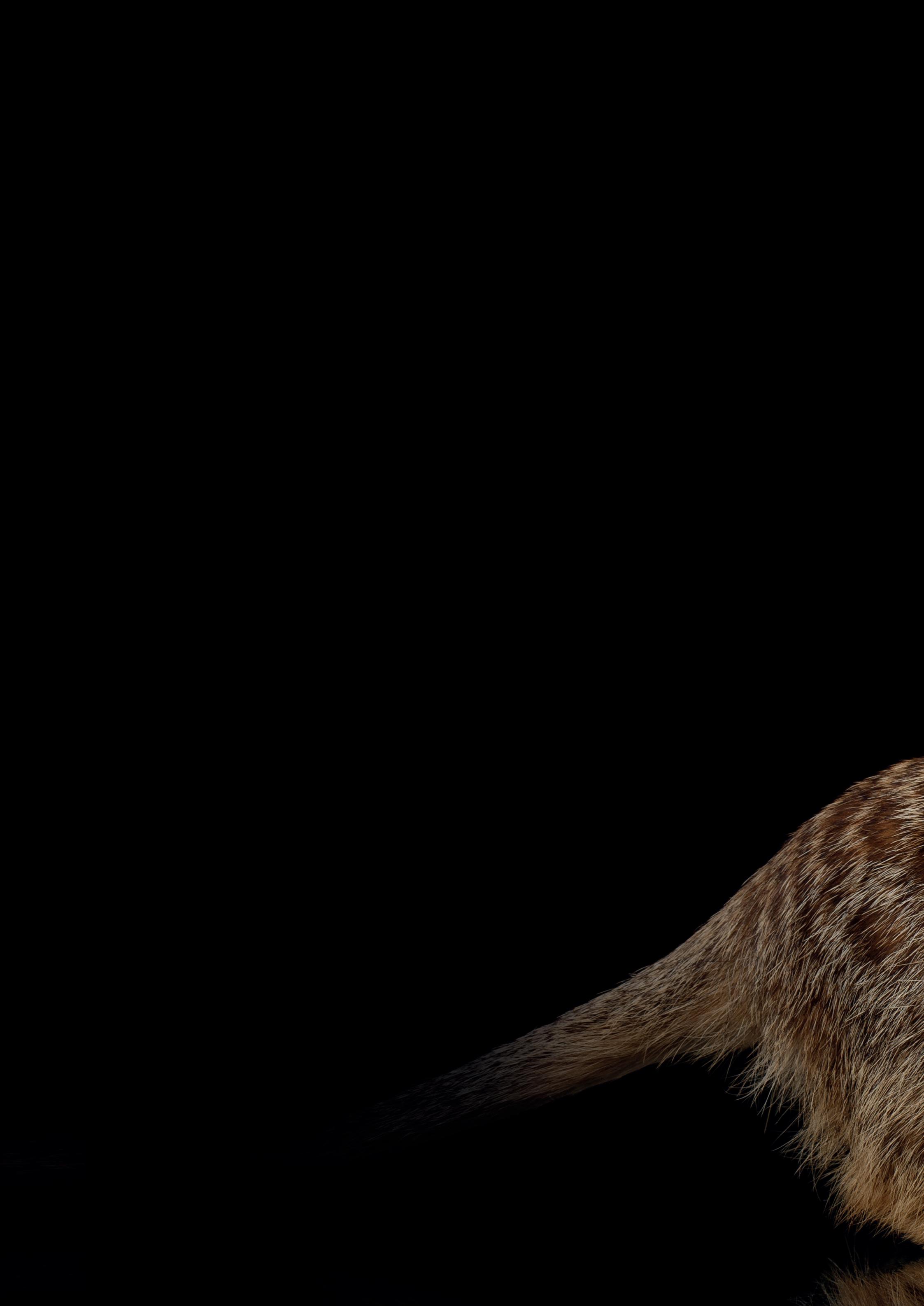
Meerkat mischief 28 FEBRUARY 2021
Aled
A low protein, low-fat diet is the aim for meerkats. Invertebrate prey such as gut-loaded morio worms, pachnoda grubs, dubia cockroaches and snails make up the main part of our kats’ diet. This can be supplemented with lean meat, such as low-fat turkey mince and, very occasionally, defrosted rodents.
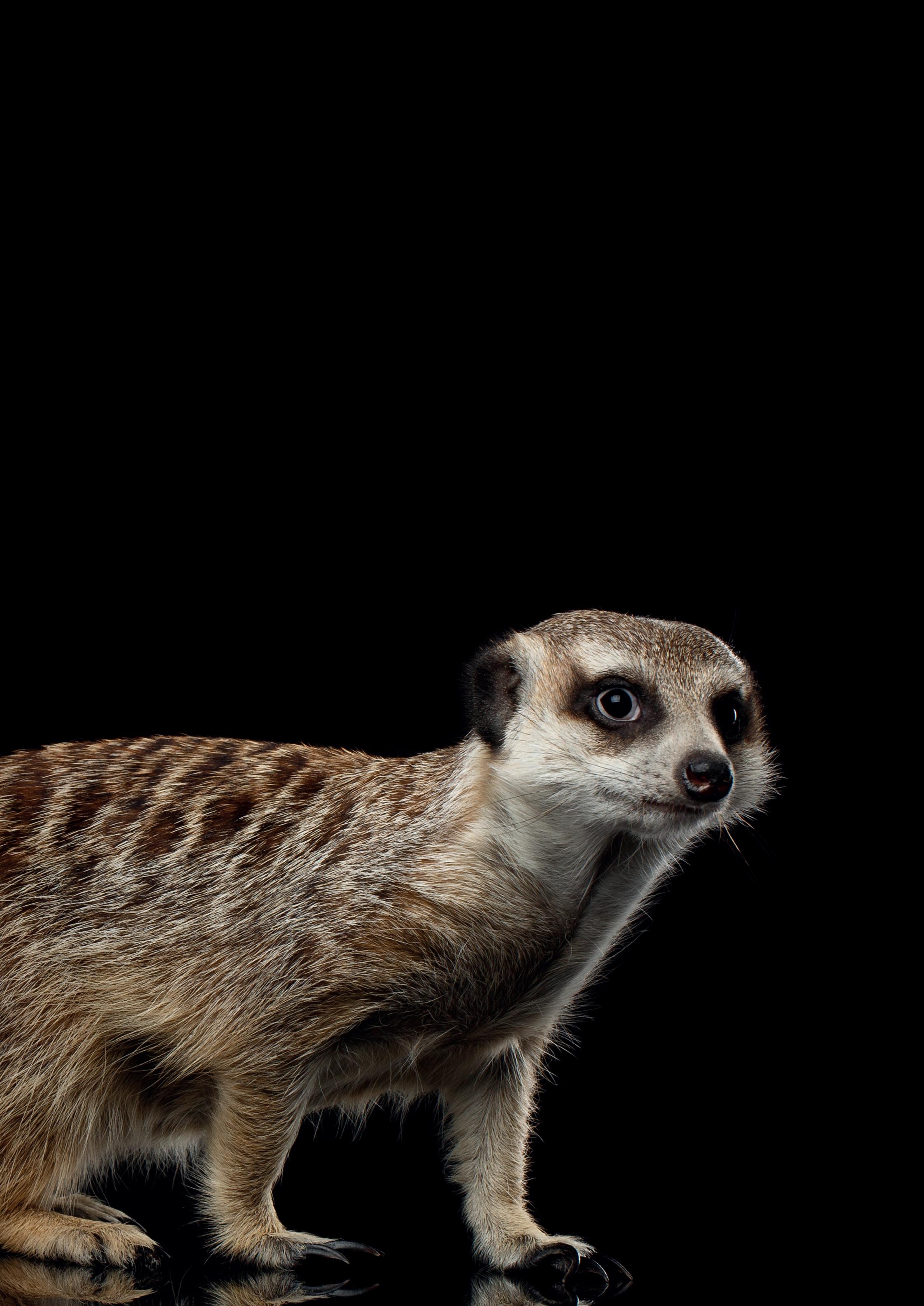
Wild meerkats have also been observed eating roots and tubers, so root vegetables such as yam, parsnips and sweet potatoes are also provided.
Tasha
In the wild meerkats eat predominantly insects and invertebrates, but they will also eat small lizards, snakes, birds and other mammals if they can catch them. They’ve also been seen standing on each other’s shoulders to raid nests and steal honey from beehives. It’s often difficult it is to find food in their arid environments, so meerkats have become pretty versatile feeders.
Mine are fed mostly invertebrate live foods with a little bit of meat, such as defrosted mice, and a small amount of vegetables. I supplement most meals with a calcium, vitamin and mineral supplement.
They’ll occasionally get a boiled egg, and even sometimes a raw egg when the nearby chicken breeder brings us some surplus, but these are a rare treat. I also breed African Land Snails and would often donate baby snails to local schools as pets. However, the lockdown has meant that more of these are now ending up as meerkat food. They’re a great source of calcium.
It’s easy to say which foods we should offer, but it’s impossible to say how much we should provide as meerkat lifestyles differ so much. Mine have such a large enclosure and have lots of activity and enrichment, so they need loads of food. They’re always on the lookout for lunch. I keep my males at around 1kg, and females are usually a little lighter. I’ll fatten them up just a little for the wintertime, but you’ll soon notice if they are getting chubby. If that happens, cut back on the treats.
Meerkat mischief 29 FEBRUARY 2021
Chris
Meerkats are scavengers and thieves and they’ll eat anything they can get their hands on. As such you’ll have to lock away any food you don’t want them to eat. Alex and Sergei once managed to break into a food cupboard which was supposed to be locked and threw every can and bottle out onto the floor before proceeding to shred two bags of flour across the whole kitchen. They tried to look innocent when I found the mess, but the tiny white footprints led me to two flour-covered meerkats in the next room, and we all knew who the culprits were.
As for their actual intended diet, they get mostly livefood insects. In the house they are fed predominantly locusts, and while we do occasionally have locusts escape long enough to hide somewhere in the room, it’s not long before one of the kats finds it and eats it. As reptile keeper meerkats are brilliantly helpful because they will invariably find and eat any crickets which escape from the lizard enclosures. We also feed them mealworms and, occasionally, morio worms, but we’re sparing with these as meerkats love these high-fat treats. We offer them crickets too, but only outside because we don’t want them all over the house, so it’s usually during the warmer months that this happens.
Apart from that, it’s root vegetables – potato, carrot, swede and the like. We did once give them beetroot, but the meerkats’ fur ended up dyed red for several weeks afterwards, so that didn’t happen again. And they also get the very occasional defrosted mouse.
MEERKAT MISCHIEF

Aled - Because you’re worth it!
Our first pair of meerkats lived in the house with us and, predictably, caused mayhem. As well as ripping up flooring in the kitchen and smearing scent and faeces on the furniture, one day, they went too far.
When we were otherwise occupied and looking the other way, they broke into my wife’s makeup box and trashed 100s of pounds worth of cosmetics. We knew they had been up to no good when we noticed that one of the kats had a suspiciously bright-red smile. Turned out they had found and taste-tested an expensive stick of Maybelline lipstick. Everything else in the box was either smashed, mashed or strewn around the room. My wife was not happy, but I think the meerkats enjoyed themselves enormously.
Tasha - Not cuddling
My meerkats do NOT like my brother one bit, and I have no idea why. The first time they were introduced my brother ended up standing on a chair, while my meerkats stalked him like sharks, tails in the air ready to attack. They remember him even years later and we have to b`e careful when he’s around or he’ll be bitten for sure. I know first-hand that meerkat bites aren’t nice as I was once nipped by a friend’s meerkat when I was pet-sitting. I still have a scar on my foot to remember the occasion and I know of others who have had to have stitches after being bitten deep down to the bone.
The funniest meerkat introduction I’ve seen was when one of my kats took a particular liking to a friend who came to visit. She was over the moon when Steve the meerkat came over to cuddle her arm, snuggling in closer and harder, shuffling himself around on her arm for a better position. I didn’t tell her until later that Steve wasn’t cuddling – he was being, shall we say, over-amorous.
Meerkat mischief 30 FEBRUARY 2021
Matt - How sweet!
During my first week working in a large zoo collection I received a phone call from a distraught meerkat keeper. Apparently, one of the kats had some kind of tumour in their mouth which was bleeding and causing great distress to the animal. And this was all being observed by several members of the public.
As I rushed over to the enclosure I was a little nervous as my experience of working with meerkats was limited and, being new to the job, I had a lot to prove. It took a while to get the meerkat into a box so that I could examine it, but I saw what the problem was within seconds.
The meerkat was eating a rhubarb and custard boiled sweet, which had, no doubt, been thrown into the enclosure by a visitor. The blood was, in fact, red saliva running down the meerkat’s chin, and the distress was actually the meerkat’s frantic attempt to keep hold of his prize, knowing we’d take it away if we caught him. It was such a relief to know that there was no great emergency, so I let the meerkat finish his sweet treat before releasing him back into the enclosure.
FIND OUT MORE
The Meerkat Owners UK group on FB is a great place to find out how to keep these gregarious creatures properly. Remember that buying or selling animals on Facebook is banned and will result in you being removed from the group and, possibly having the group shut down.
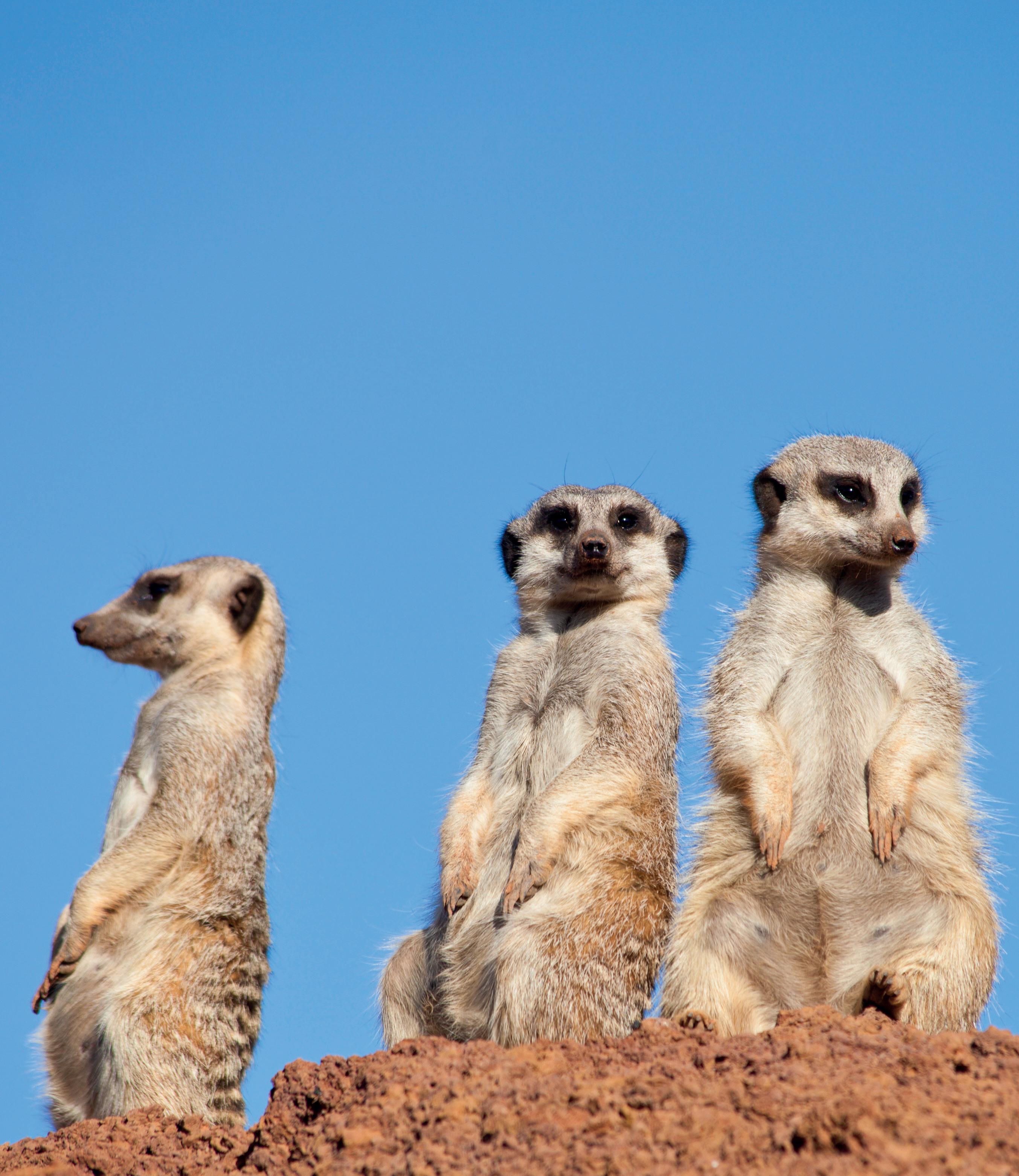
Meerkat mischief 31 FEBRUARY 2021
SPECIES SPOTLIGHT

The wonderful world of exotic pets
Collared Lizard (Crotaphytus collaris)
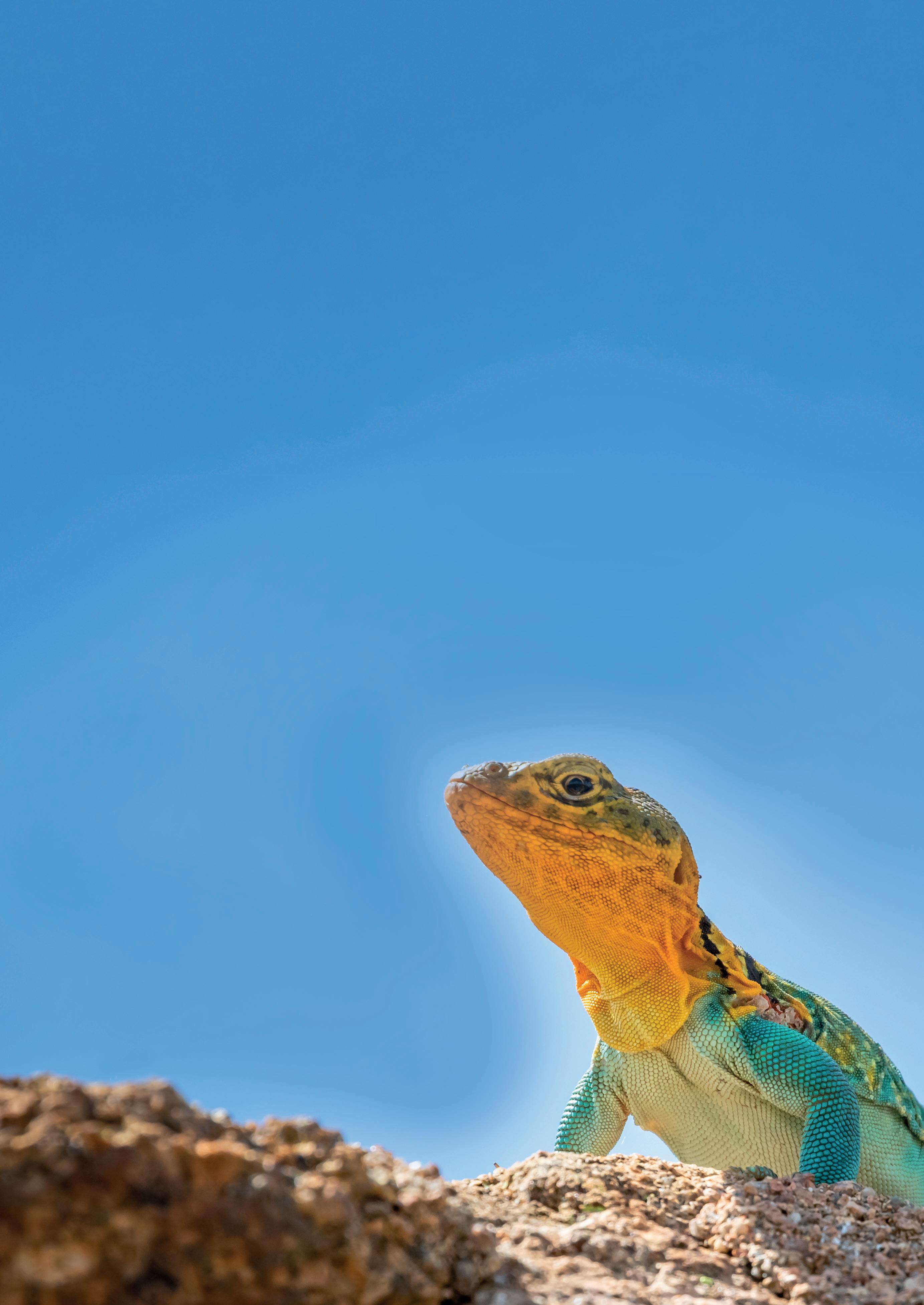
The common collared lizard, Crotaphytus collaris , is an Iguanid lizard native to Mexico and south-central USA. Males are particularly bright and colourful, with a green-blue body, light brown to yellow head and the characteristic black neck collars. Females are a dull light brown in comparison. The collared lizard is the state reptile of Oklahoma, where it is known as the “mountain boomer”.
There are five described subspecies of C. collaris at present, as well as eight other species in the genus Crotaphytus . Along with their colouration, collared lizards are known for their speedy bouts of sprinting on hind legs, in the same fashion as the frilled dragon or the common basilisk. When under threat, these sprints can reach up to 15 mph. It is unlikely you will see this behaviour in captive individuals, though.
Now well established in the pet trade as either captive bred or wild caught individuals, these bright lizards make a popular choice for some seeking a colourful species living in an arid captive environment – and something a bit less ‘common’ than a bearded dragon or leopard gecko for a more experienced keeper. They max out at a shorter length than a beardie and have a similar estimated longevity of around 8 years. Planted or even bioactive arid enclosures can work very well with this species.
Being insectivores with a ‘voracious appetite’, a varied invertebrate diet that is adequately supplemented will suit collared lizards very well. In the wild they are reported to chase and eat pretty much anything small enough to gobble down. They also require a strong UVB source as beardies do, being sun baskers.
If you just can’t get with the bread-and-butter beardies, maybe a collared lizard is the right choice of reptile for you. They may not be quite as reliably tolerant to handling and interaction as a bearded dragon, but their refreshing patterns and colours certainly make up for that.
32 FEBRUARY 2021
Species spotlight
NutriRep™ is a complete calcium, vitamin & mineral balancing supplement with D3.
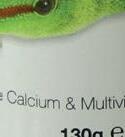

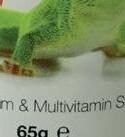




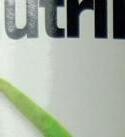
































It can be dusted onto all food sources including insects, meats & vegetables. No other supplement is required.











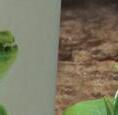

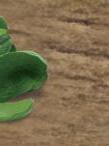
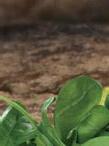
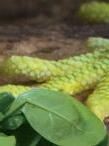
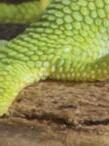




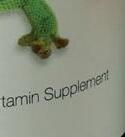
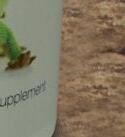
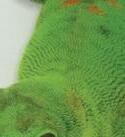

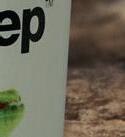
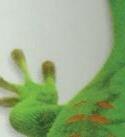
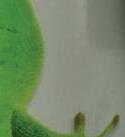


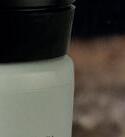
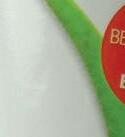


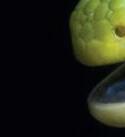

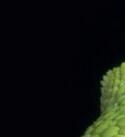





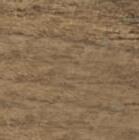
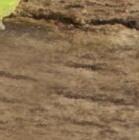
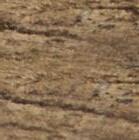
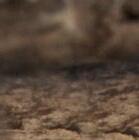
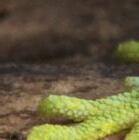


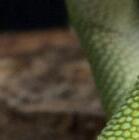


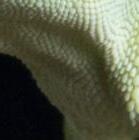
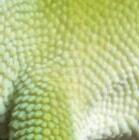
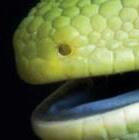

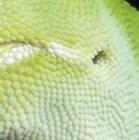
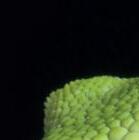
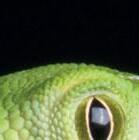
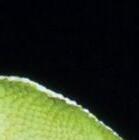
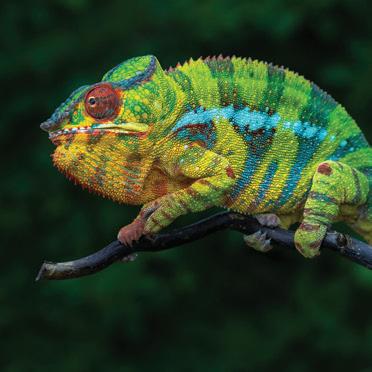
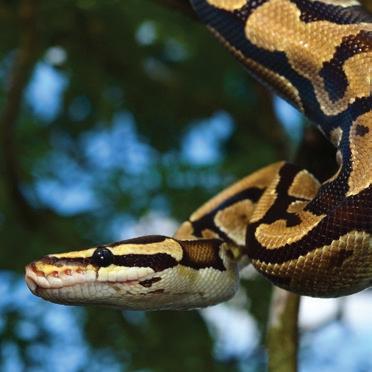
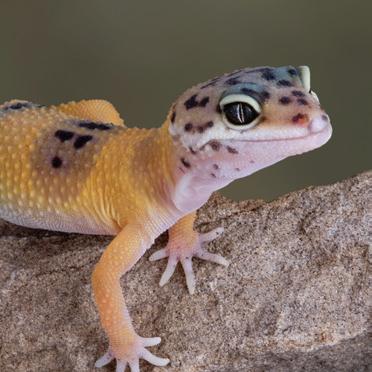


JUNGLE JEWELS
Meet the expert UK breeders working with some of the most sought-after reptiles in the hobby.
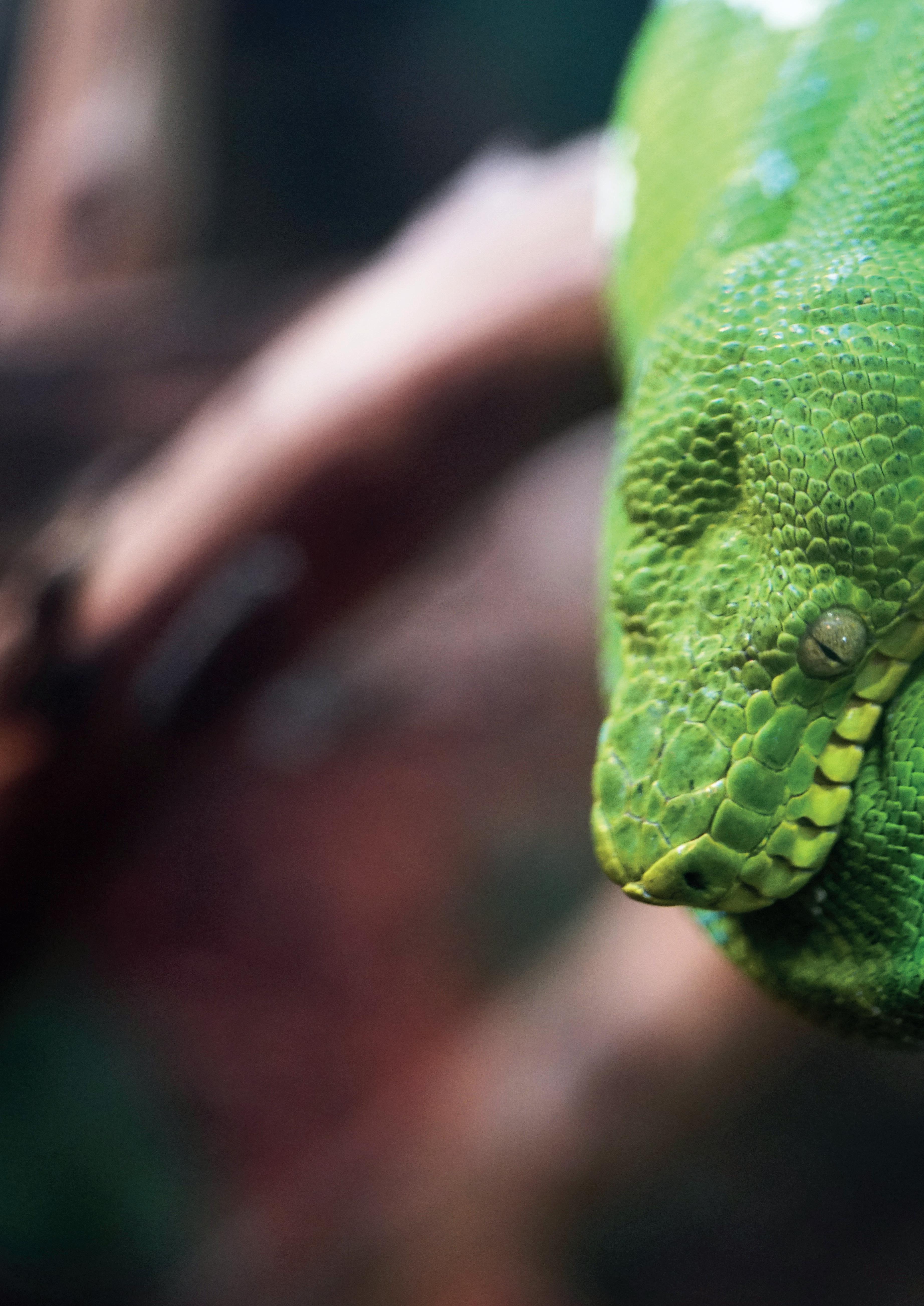
34
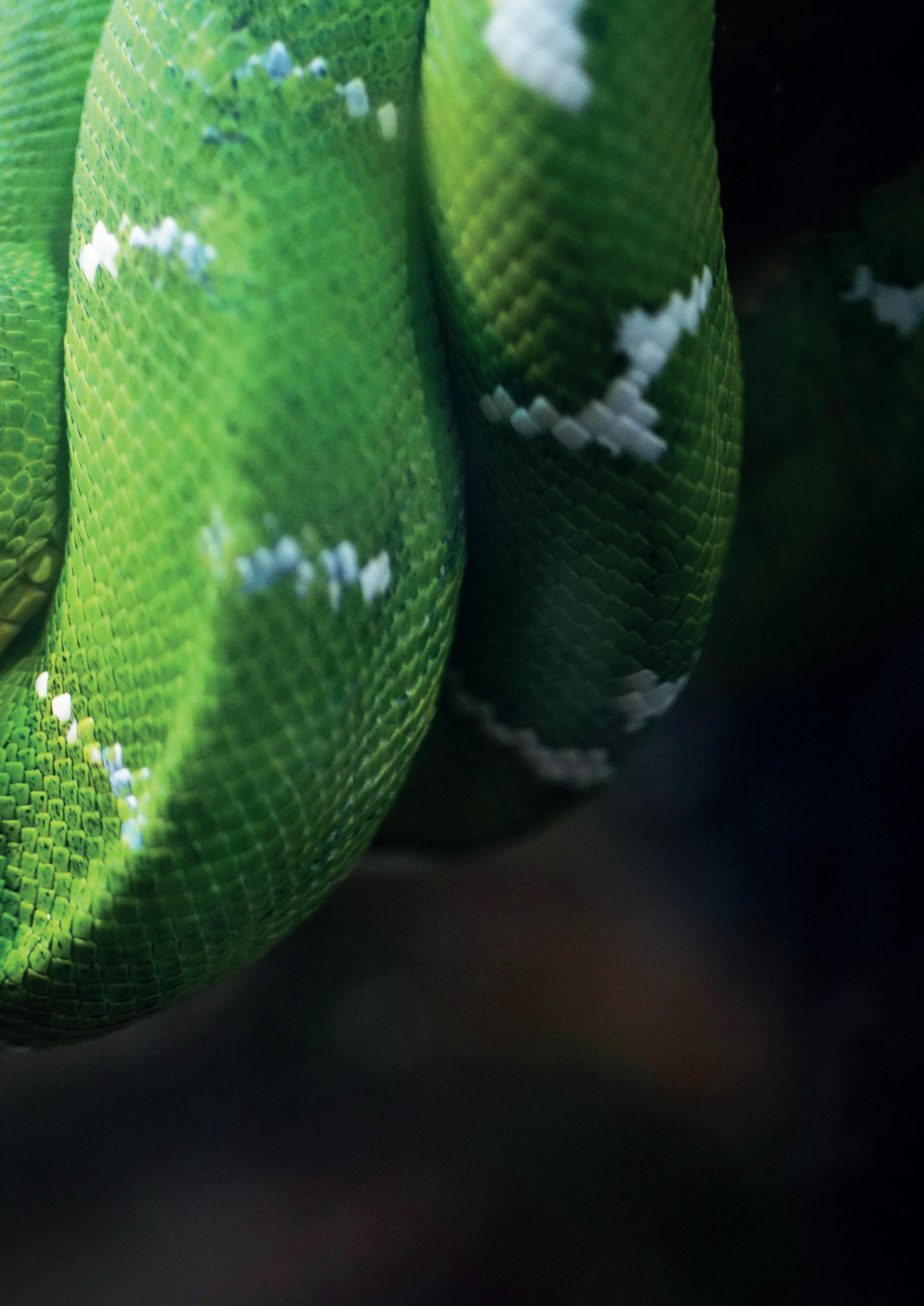
35
Emerald Tree Boa (Corallus caninus)
The emerald tree boa shares many similarities with the precious stones that helped coin their name. Both are vibrant green, found in South America and fetch an impressive price for their encapsulating beauty.
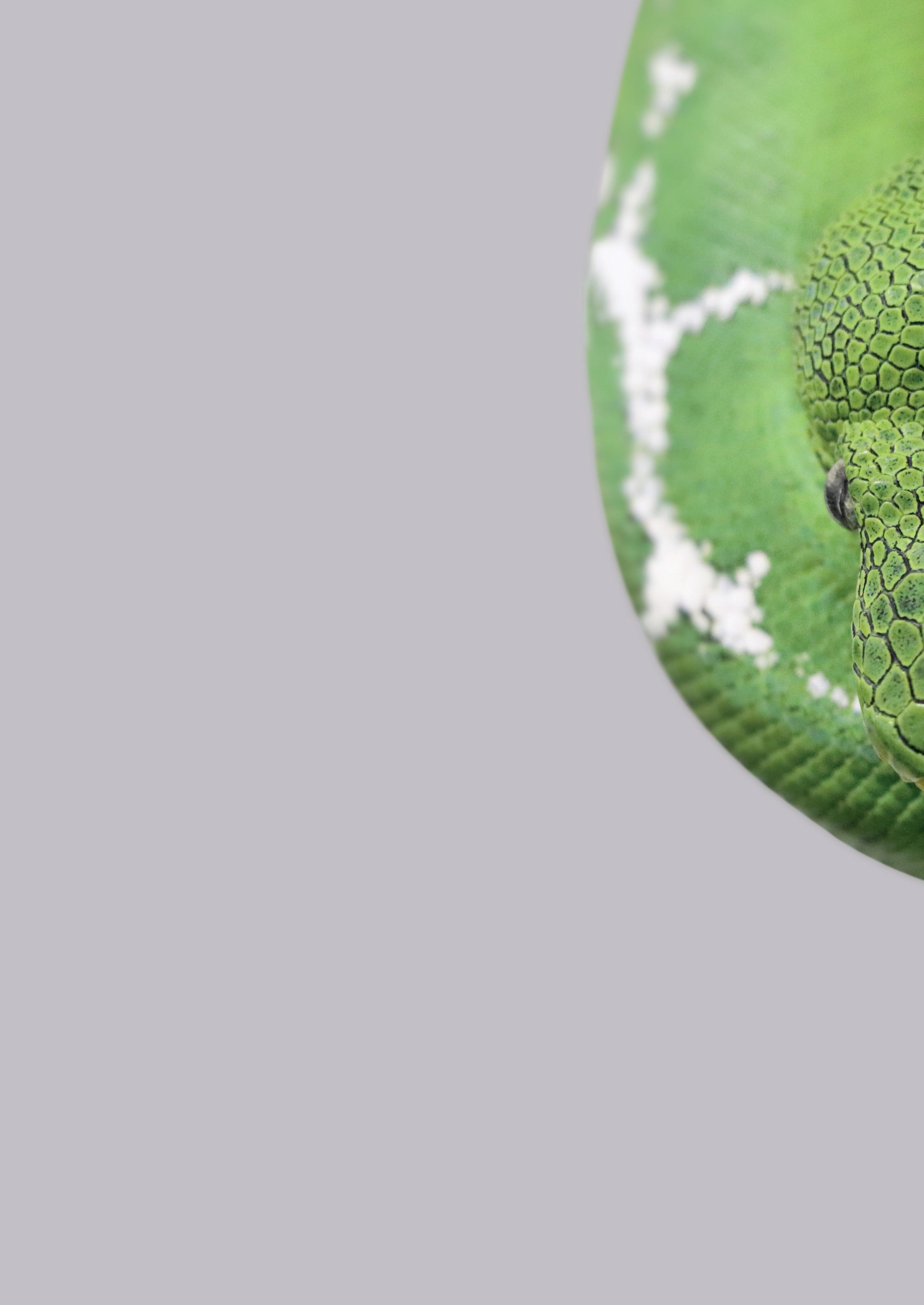
EMERALD TREE BOAS
The emerald tree boa (Corallus caninus) was first discovered in 1758 by Carlos Linnaeus. Since then, the Amazon basin emerald tree boa (Corallus batesii) has been described as an entirely new species by Henderson et al. This discovery in 2009 lead C. caninus to now be referred to as the northern emerald tree boa, due to its range of northern South American countries such as Guyana and Suriname.
Both species share many traits in the wild. They are ovoviviparous, meaning they birth live young. These youngsters go through an ontogenic colour change, displaying tones of deep red or bright orange before developing their signature green colouration after 12 months. Like most boas, they also have a very prominent heat-seeking pit organ across their jawline. This organ allows the snake to sense thermal radiation and gives these nocturnal reptiles an impeccable hunting ability.
LIFE IN THE TREES
Like many arboreal snake species, the emerald tree boa has developed a reputation for being somewhat ‘cranky’ within the hobby. As they spend almost all of their time in the trees, they are typically more defensive than terrestrial snakes of the same family.
Opting to coil themselves into an iconic pose on canopy branches through the day, this species will uncoil itself to hunt rodents and other reptiles through the night. This is where the emerald tree boa achieves its infamy as a species not to get tagged by. The original name caninus translates from Latin
to ‘dog’. This is because C. caninus has the largest teeth, proportionate to body size, of any species of non-venomous snake. These huge curved teeth are designed to grip the boa’s prey, allowing the snake to constrict and swallow the unfortunate victim, without the need to leave the canopy.
SEEING DOUBLE
Within the exotic pet trade, both northern emerald tree boas (C. caninus) and Amazon basin emerald tree boas (C. batesii) have established themselves as popular animals. The former species is by far the most readily available, but as studies grow, the latter is proving to be a much more desirable species for hobbyists to keep.
As the name suggests, the Amazon basin emerald
36 FEBRUARY 2021 Jungle jewels
SPECIES PROFILE
COMMON NAME: AMAZON BASIN EMERALD TREE BOA
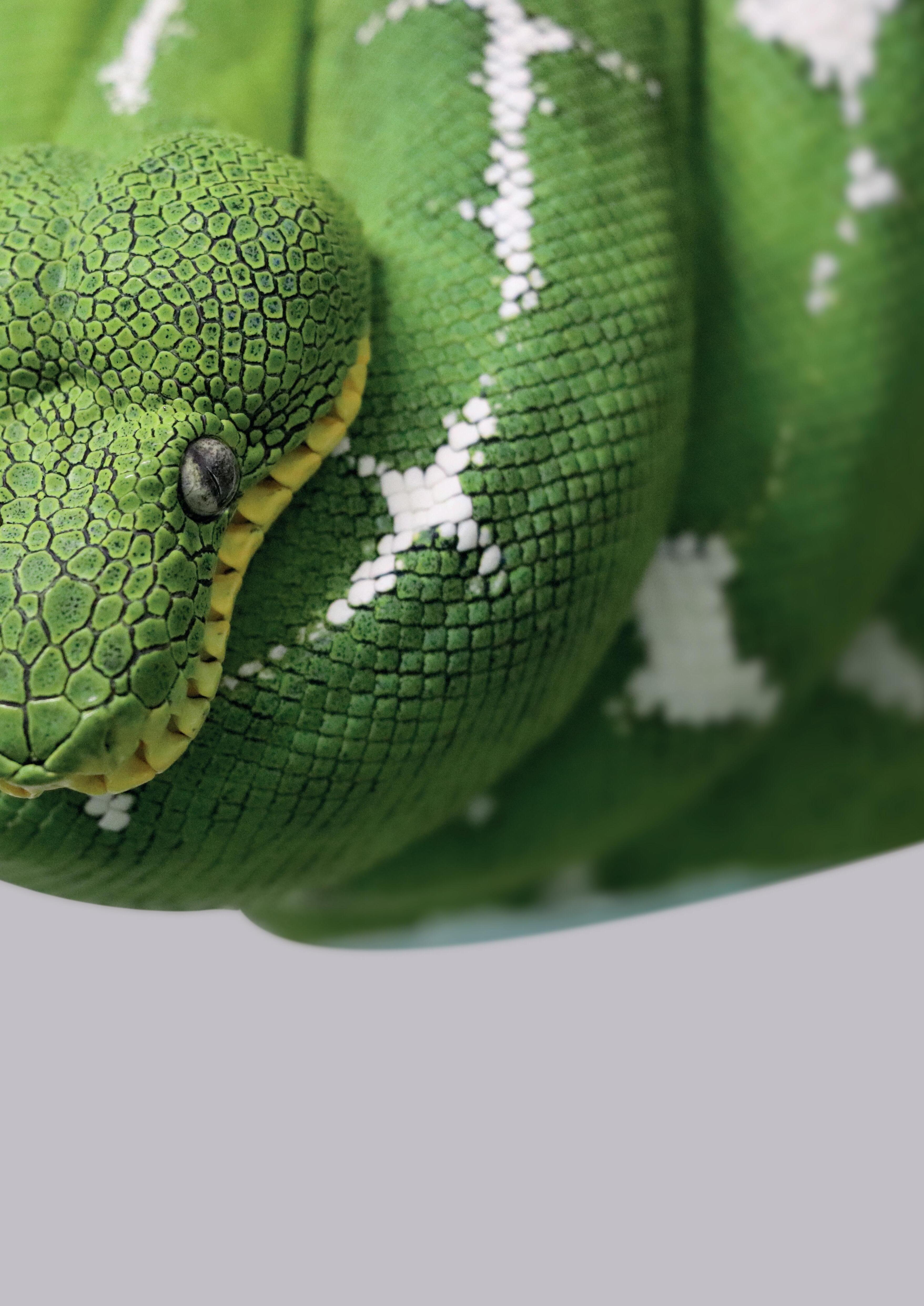
SCIENTIFIC NAME: CORALLUS BATESII
ORIGIN: AMAZON BASIN, SOUTH AMERICA (BRAZIL, PERU, COLOMBIA, ECUADOR, SOUTHERN VENEZUELA AND SOUTHERN SURINAME)
HABITAT: LOWLAND TROPICAL RAINFOREST
SIZE: 7 – 9 FEET
DIET: SMALL MAMMALS (YOUNG FEED ON REPTILES AND INVERTEBRATES)
CAPTIVITY
LONGEVITY: LIMITED DATA (EXPECTED 20+ YEARS)
TEMPERATURE: 80-82°F (95°F SPOT)
DIFFICULTY: EXPERIENCED - EXPERT
tree boa has a vast range stretching across Brazil into Colombia, Ecuador and Peru. The northern emerald tree boa has a distribution much further North including Guyana and Venezuela. This has lead the species to often be referred to as the Guyana shield emerald tree boa.
Visually, there are a handful of differences between the northern and the Amazon basin emerald tree boas. Firstly, the Amazon basins are much larger than their northern cousins. A northern emerald tree
boa will typically reach between four and six feet in length. An Amazon basin, on the other hand, can reach up to nine feet in length, dwarfing the other species. C. batesii is also a lot thicker in size and has a long white dorsal stripe that usually extends the full length of the snake’s body. Within the hobby, a thick white stripe is often preferable for its visually striking appearance. The northern emerald tree boa has white lateral markings that often take the form of lightning bolt shapes, against a lighter green tone.
37 FEBRUARY 2021
Jungle jewels
THE GEM OF ANY COLLECTION…
Sean Collinson, founder of Black Country Boas (@black_country_boas) has been breeding emerald tree boas for several years. As one of the very few breeders in the UK to establish healthy breeding collections, Exotics Keeper Magazine interviewed him on his expertise with the species.
Sean said: “The emerald tree boa is considered the gem of any collection. The Amazon basins have been really popular abroad for a number of years but they’re just so difficult to get hold of in the UK. The Amazon basins are so much hardier than the northerns. They typically do quite well in captivity. They have better temperaments, often feed better and they’re much easier to breed, but they just haven’t established themselves in the UK yet.”
“With many restrictions on sourcing specimens from Brazil, it took a long time for anyone to get a successful breeding project established. This means we still have limited bloodlines within the hobby. At one point, there only seemed to be one breeder in the UK for the Amazon basins. He really pioneered the thicker stripes and bolder patterns that people want today.”
Amazon basin emerald tree boas can reach in excess of £3,000 for an adult female. Individuals that exhibit strikingly prominent white in their colouration are typically in the highest demand. However, the species is notoriously difficult to breed in captivity.
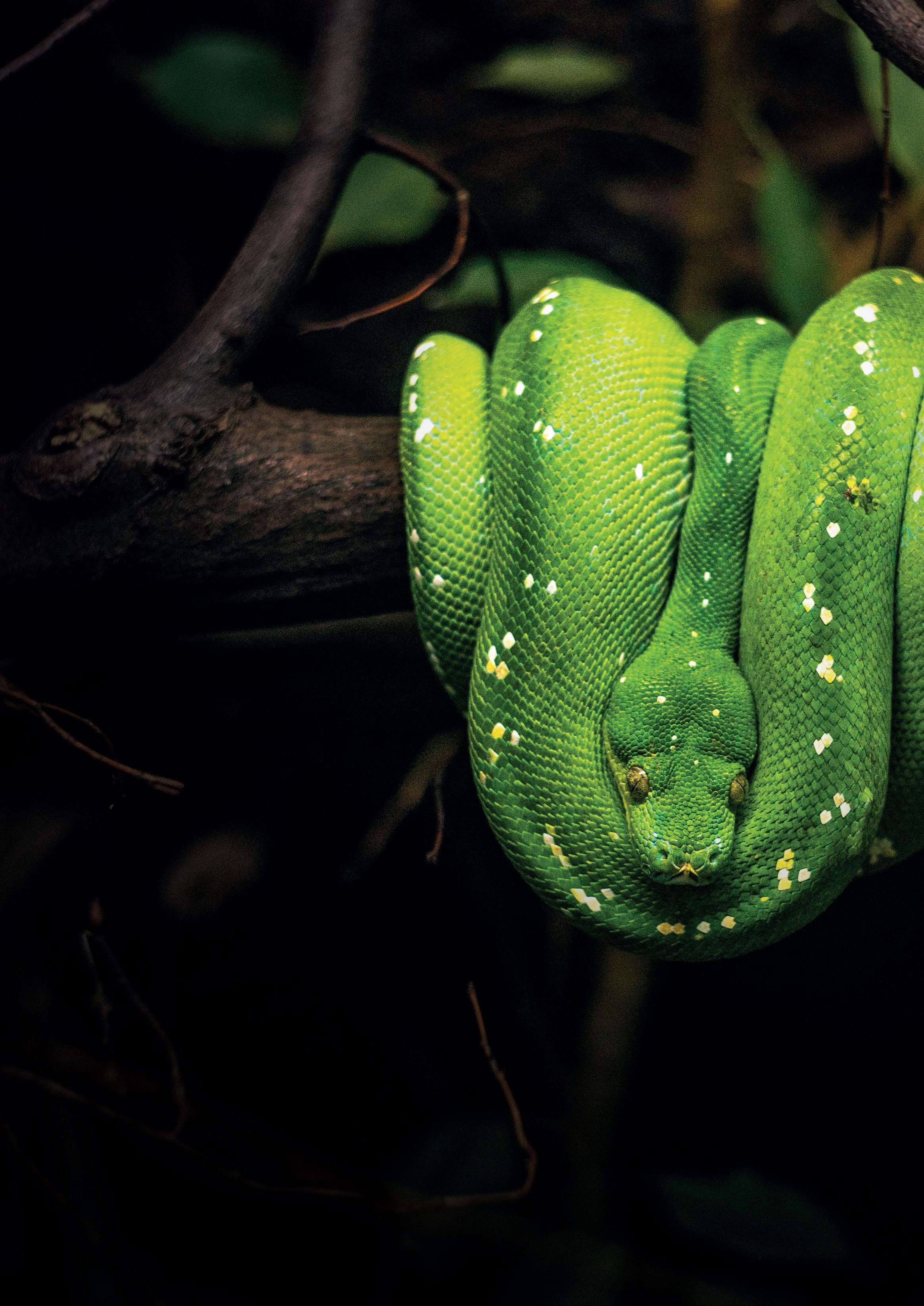
Sean continued: “Amazon basins are a challenging species to breed. They aren’t like other, more popular boa and python species, they’re extremely picky with their partners. This requires swapping bloodlines with other experts to ensure a healthy diverse population of captive bred specimens.”
“When a juvenile is born, they weigh between 30 and 50 grams. They won’t reach breeding age until they weigh between 1.8 and two kilograms, which is a good five to six years of growth. This is also a reason many breeders are discouraged from working with the Amazon basins.”
A PRECIOUS PET FOR THE EXPERIENCED ENTHUSIAST
Neither species of emerald tree boa is suitable for
the novice keeper. However, those hobbyists that have experience with boas can find the Amazon basin emerald tree boa to be an extremely rewarding and visually stunning species to keep.
Sean at Black Country Boas said “there’s a lot of misconceptions about keeping emerald tree boas.
I think this comes from the horror stories and bad husbandry that went on` when the species first gained popularity in America. People would keep their animals wet, saying things like ‘if they aren’t misted enough they’ll drop off their perch and die’ and this just isn’t true. They do require some misting a couple of times a week, but I think those mistakes in the early days have given them a reputation.”
“The best tip for keeping this species is to keep things simple. Static perches of 10-12mm for adults and 6mm for juveniles is perfect. As long as the surface
38 FEBRUARY 2021
Jungle jewels
Green Tree Python (Morelia viridis)
Brian Stevens, of B n R Reptiles (@b_n_r_reptiles_insta), is an expert breeder who has been working with green tree pythons and emerald tree boas for decades. He said: “Green tree pythons are typically much harder to work with than the emerald tree boas, especially raising them from hatchlings. Emerald tree boas will usually feed more readily. Green tree pythons are also not great with travelling, taking much longer to settle into their new environment. Occasionally you will see some that cope really well and settle in okay, but the
is rough and static, to prevent the animal from spinning around when feeding, it’ll be great. If you observe these snakes in the wild, you’ll often see them on branches that look far too small, that’s because they prefer this. Fresh water is key, also. Make sure that water is always clean and changed regularly”
Breeders across the world are starting to establish defined morphs of the emerald tree boas in captivity. The most popular of the five morphs recognised within the hobby is the almost patternless ‘anaconda’ phase of C caninus. Despite a reputation for both species being aggressive, the emerald tree boas in Sean’s collection seem to exhibit a clear spectrum of aggression.
Sean said: “When talking about emerald tree boa temperaments there’s a pretty clear scale. The Amazon basins are by far the easiest to work with - think ‘new-born puppy’. They’re still challenging but have an alright temperament. The Northerns are more like aggressive dogs – leave them alone because they will bite. The anaconda phases, well, they’re straight savages. I can’t speak for all of them, but the ones in my collection really are hard work! The anaconda phase was first bred in captivity in 2007 in the Netherlands. We’ve still got a lot to learn about these.”
As husbandry for the emerald tree boa improves across the hobby, experts are learning more about how to keep these animals effectively. As their
emeralds are much better at this.”
“In my opinion, the emerald tree boa is the pinnacle of snakes. For the experienced keeper who has kept lots of snakes and looking to branch out into arboreals, they’re a great snake. I would definitely recommend researching the breeder first though. In this respect, the emerald tree boa is usually the better option as breeders of this species usually have decades of experience whereas there are a lot more people working with green tree pythons.”
popularity grows, bloodlines will naturally stray further and further from the wild caught specimens in the generations before. Because of this, experts predict that the species will become much more manageable in future years.
SHINE BRIGHT LIKE A PYTHON
Regardless of geographical locations, unrelated animals that have adapted to similar environments often share a wealth of characteristics and aesthetic parallels. This process is called convergent evolution and few species exhibit this more explicitly than the emerald tree boa and its Oceanic doppelganger; the green tree python (Morelia viridis).
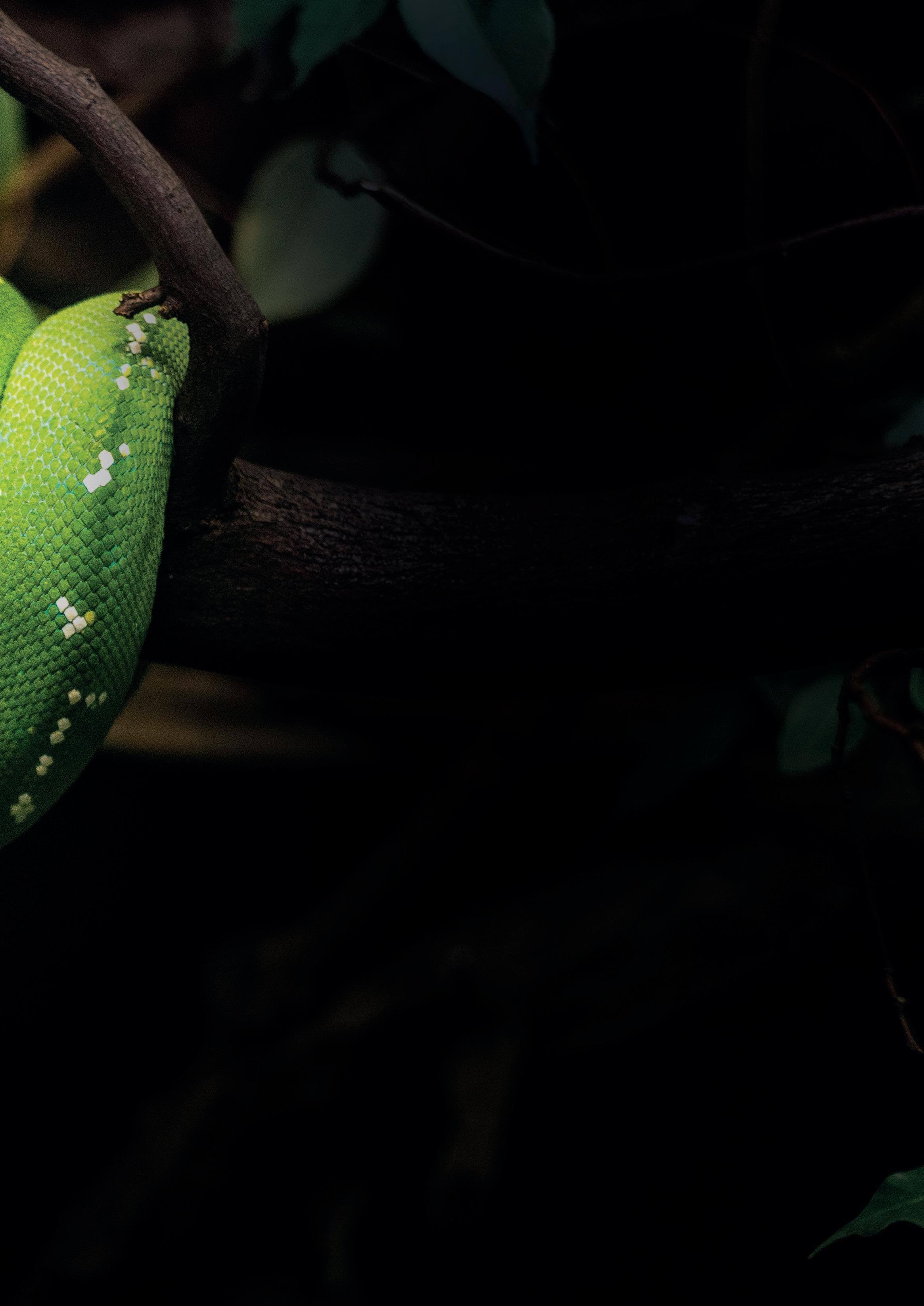
The Boidae family (boas and anacondas) and the Pythonidae family (pythons) share many similarities. The key difference between boas and pythons lies in their reproductive habits. Boas give birth to live young, whereas pythons will lay eggs. Boas are also typically found in North, Central and South America as well as one species in Madagascar, whereas pythons are found across Asia, Africa and Australia.
The green tree python is an arboreal species found in the tropical rainforest canopies of Indonesia, Papua New Guinea and the Cape York Peninsula in Australia. Feeding on similar prey to the emerald tree boa, both hav1e large teeth and an aggressive temperament. Visually, both go through an ontogenic colour change as they grow older. Green tree pythons can exhibit a wider array of colours and markings but essentially share the same green tone, with a yellow underbelly and broken white patterns down the spine.
39 FEBRUARY 2021
Jungle jewels
WHAT DOES THE FUTURE HOLD?
The Amazon basin emerald tree boa is present across a huge range. Because of this, it is considered ‘least concern’ by the IUCN, meaning there is little immediate threat to the wild populations. In this respect, the future of the species seems extremely bright. However, with mass deforestation happening across the Amazon Basin on a daily basis, this increases the need to create a healthy captive bred population.
Brian Stevens added: “I think the restrictions on removing these snakes from the wild are great. Although it’s made the species harder to come by, it stops them going directly to people without experience. I think 80% of the individuals that were first imported from the wild could have done much better if they only went to expert breeders.”
Although wild caught specimens are often necessary to keep bloodlines pure, the emerald tree boa is now breeding readily within captivity. However, it appears
this desirable snake will hold its title of ‘sought after’ within the pet trade.
Sean Collinson concluded: “I really can’t see this species gaining popularity with breeders in the field any time soon. Yes, the demand is there but it’ll take decades, if that before anyone can truly meet this demand.”
With so many species of snakes much better suited to up and coming hobbyists, the emerald tree boa will remain a shining gemstone, only for the most experienced. However, the rise in popularity of the Amazon basins will certainly make this an exciting field to observe over the coming years.
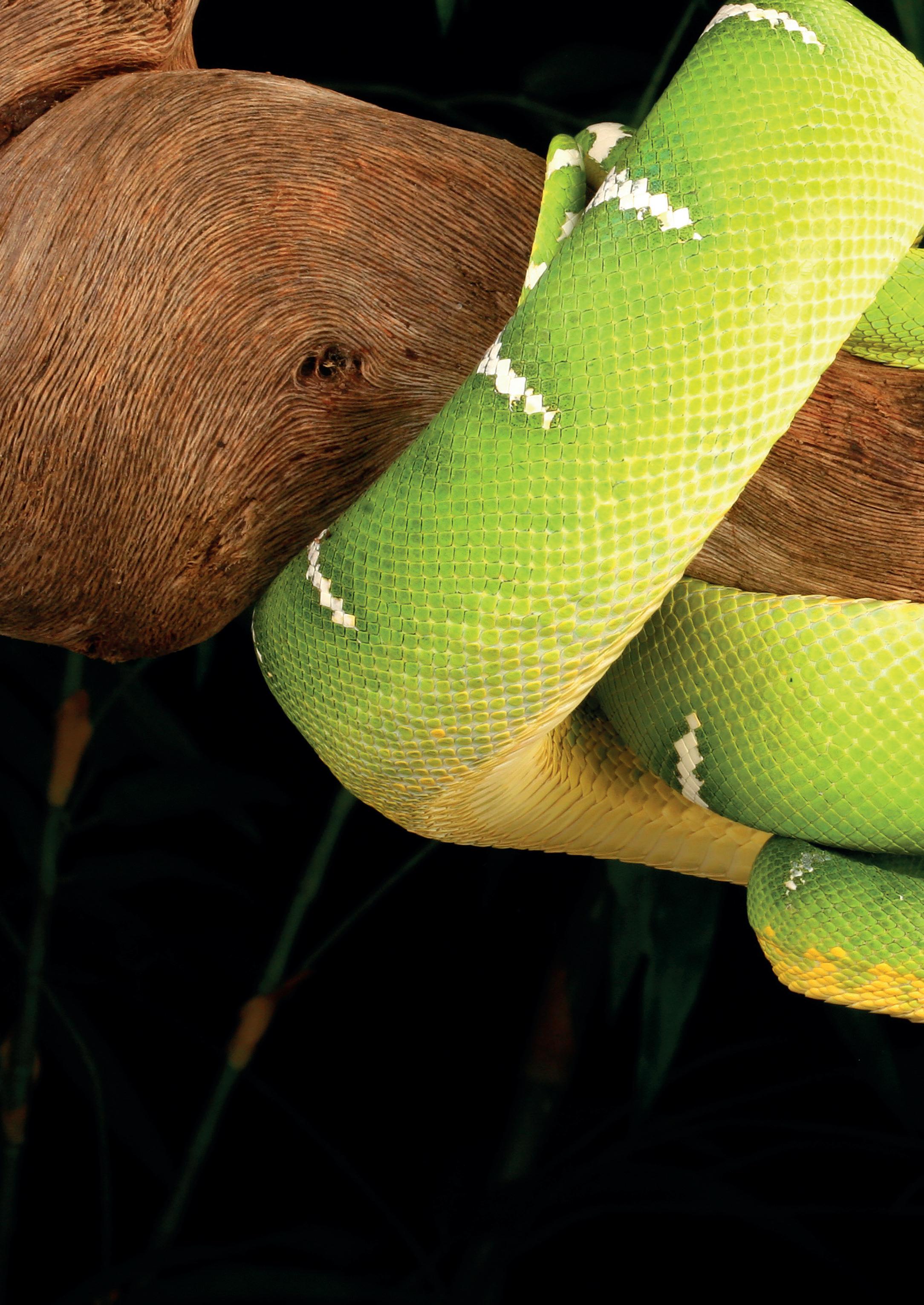
40 FEBRUARY 2021
Jungle jewels
Jungle jewels
For more information on Sean Collinson’s work at Black Country Boas visit www.corallusbatesii.co.uk
For information on Brian Stevens work at B n R `Reptiles, please visit the following socials: www.facebook.com/bnrreptile @b_n_r_reptiles_insta
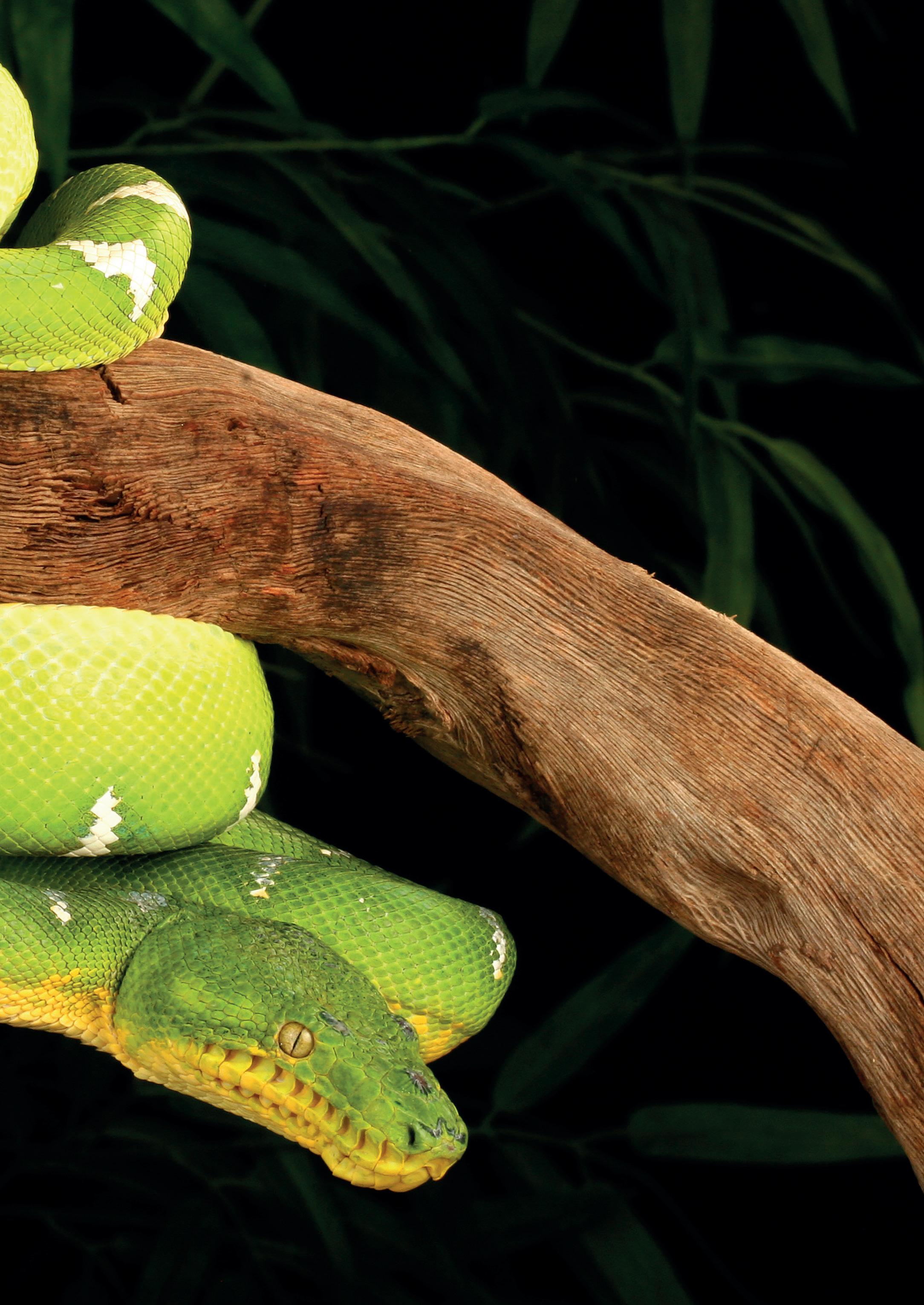
41 FEBRUARY 2021
Emerald Tree Boa (Corallus caninus)
EXPERT OPINION
You don’t have to be in the reptile keeping hobby long to hear the dreaded word: impaction. But what do we know about it really?
Impaction, in short, is a blockage in the gastrointestinal tract. You can think of it as severe constipation. It doesn’t take long for lack of bowel movement to cause some pretty serious health issues. Investigations into many captive reptiles that had sadly perished from this condition often revealed that the blockage consisted of ingested substrate.
This put a black mark over the use of loose particle substrate for many people, and this is still the train of thought for many today. It’s no wonder that the use of solid substrates became a highly rated recommendation. This includes things like tiles, reptile carpets, and paper towels.
While these materials can and have certainly done the job, and still have some recommended applications, they just aren’t true to nature. Creating a naturallooking environment in captivity isn’t just nice for us to look at, it’s stimulating for our animals – who are more cognitive in response to their environment than we
may have thought. Some studies have found, for example, that: captive geckos benefit from increased behavioural opportunities provided by their enclosures
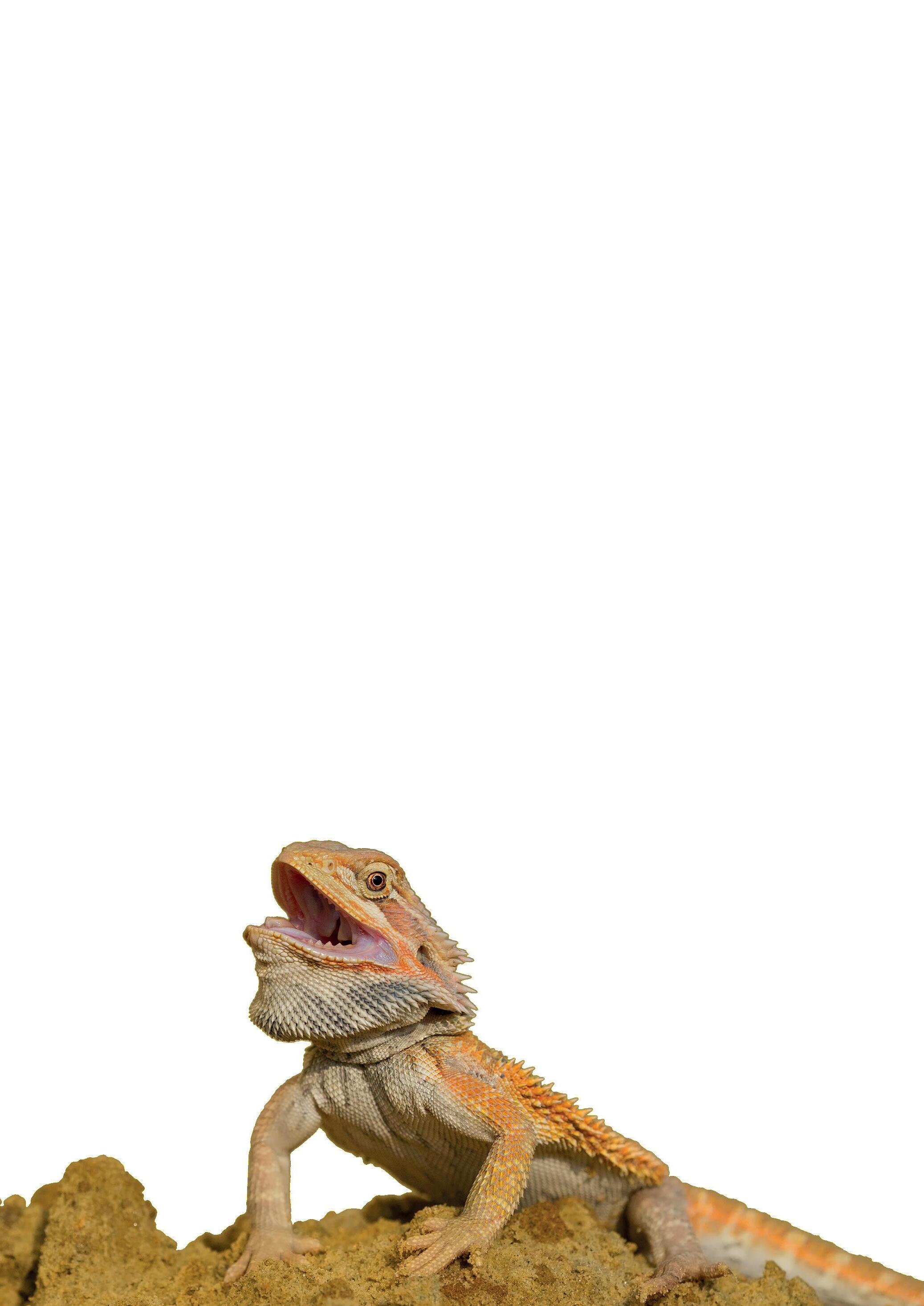
These behaviours include activities such as digging, burrowing, and foraging for food – all of which a loose substrate provides. Reptiles also seek areas to dig and lay their eggs naturally. Recommendations from a Reptile Enrichment Workshop stated that substrates should be “as close as possible” to the species’ natural substrate, and did not list impaction as a related hazard of this practice
It is suggested that deliberate eating of the substrate by lizards may be caused by under-stimulating environments, or even malnutrition. This brings to light the other factors that go into making an ideal living enclosure to keep reptiles feeling both equally secure and interested.
At the end of the day, we need to look beyond substrate as the sole cause for this condition. Wild reptiles are not dropping dead left and right with blocked intestines. Impaction can be caused by multiple issues surrounding general husbandry, including inadequate heating and lighting for digestion, poor nutrition, and parasites.
Selecting an appropriate loose substrate is also important, which requires sound knowledge on the habitat composition of the species in question and selection of an animal-safe product. A solid substrate does sometimes have its place, for instance quarantined, hatchling or sick reptiles – but for the rest of the time, they will benefit from a more interactive environment that allows them to thrive rather than just survive.
42 FEBRUARY 2021
Expert opinion Exotics Keeper experts@exoticskeeper.com GET IN TOUCH
We find the best advice, so you don’t have to.
Life Tortoise



ProRep’s Tortoise Life is the ideal substrate for Mediterranean and Russian tortoises.


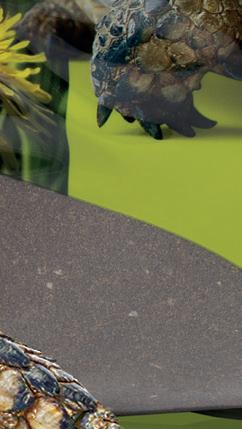












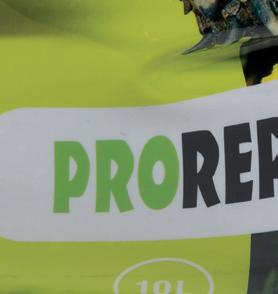
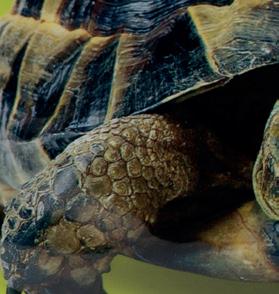
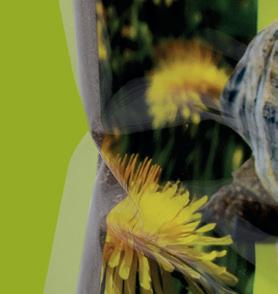



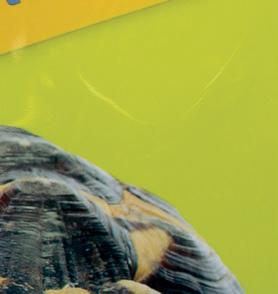
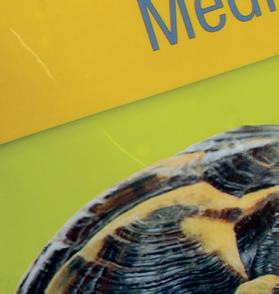
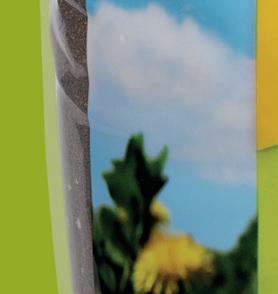



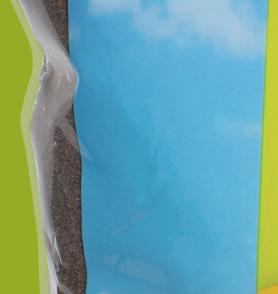

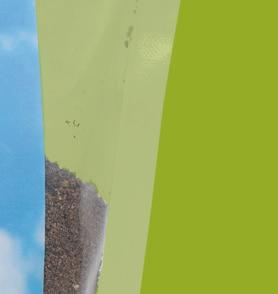

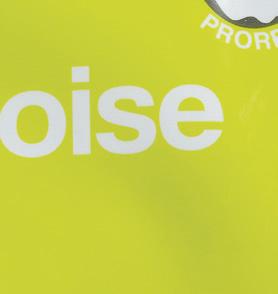


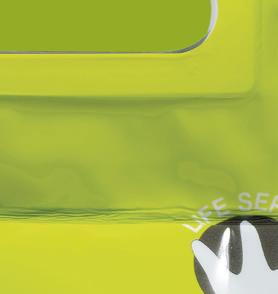
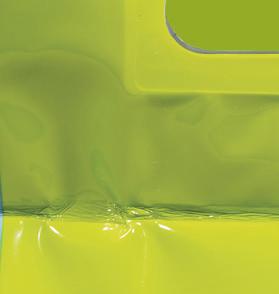














It consists of high-quality loam topsoil and sand with some added limestone grit, which provides a great digging texture.


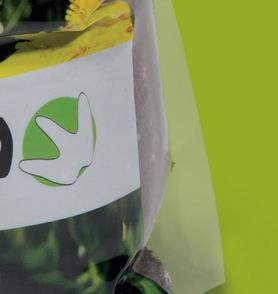

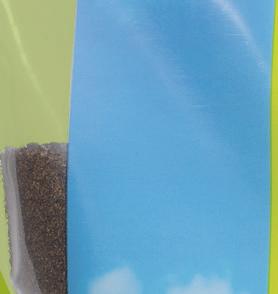
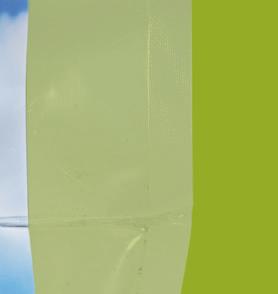

Tortoise Life is trusted by expert keepers and zoos nationwide.
